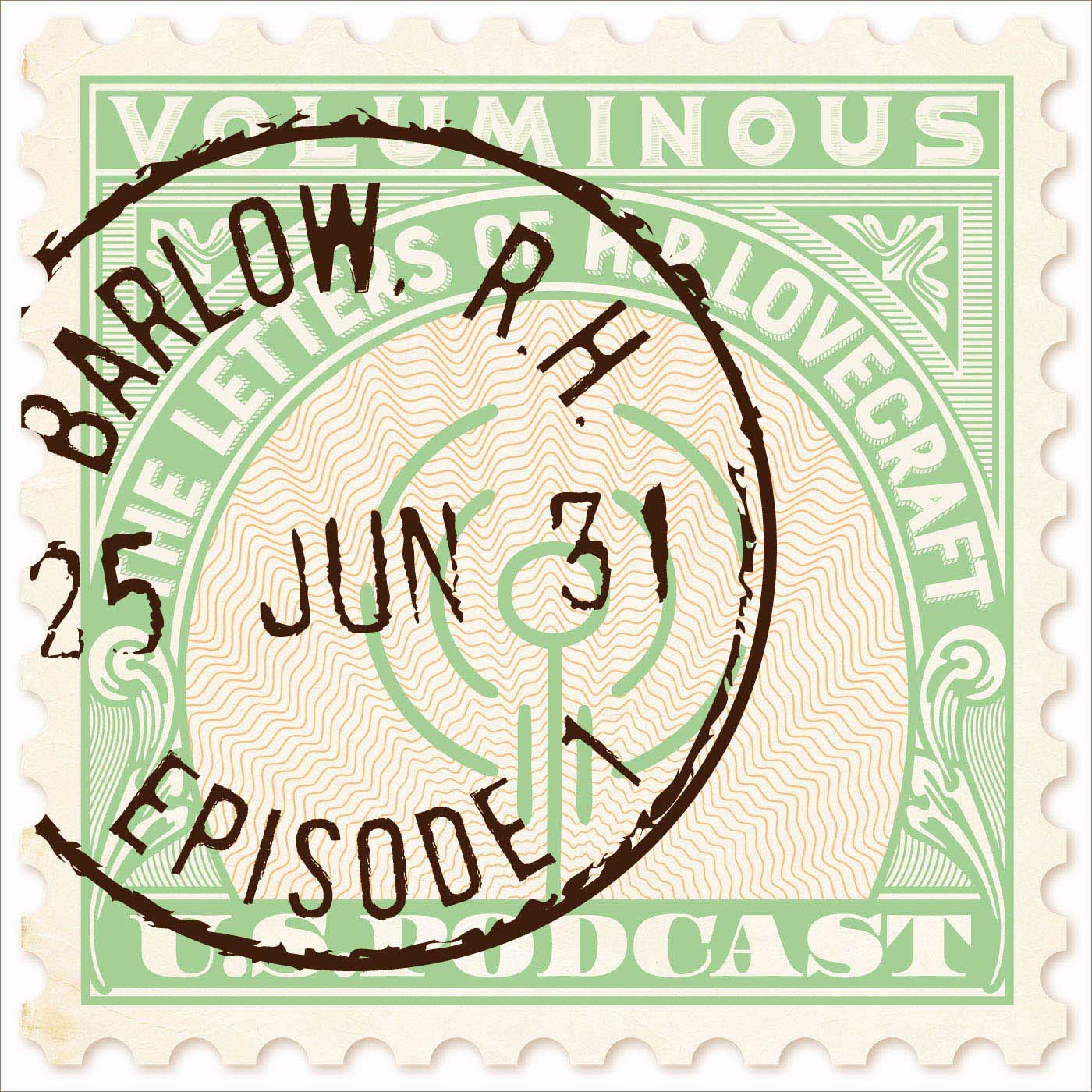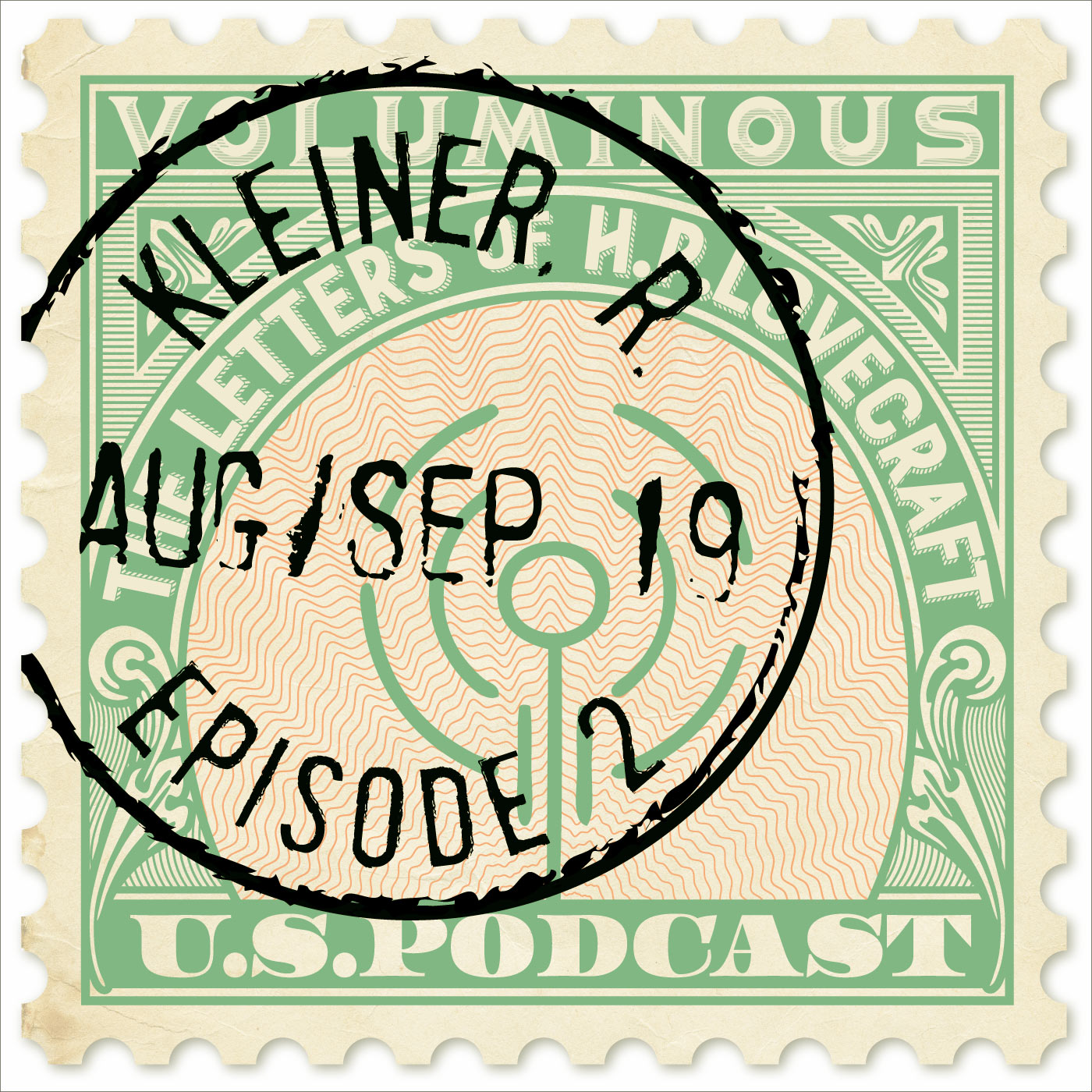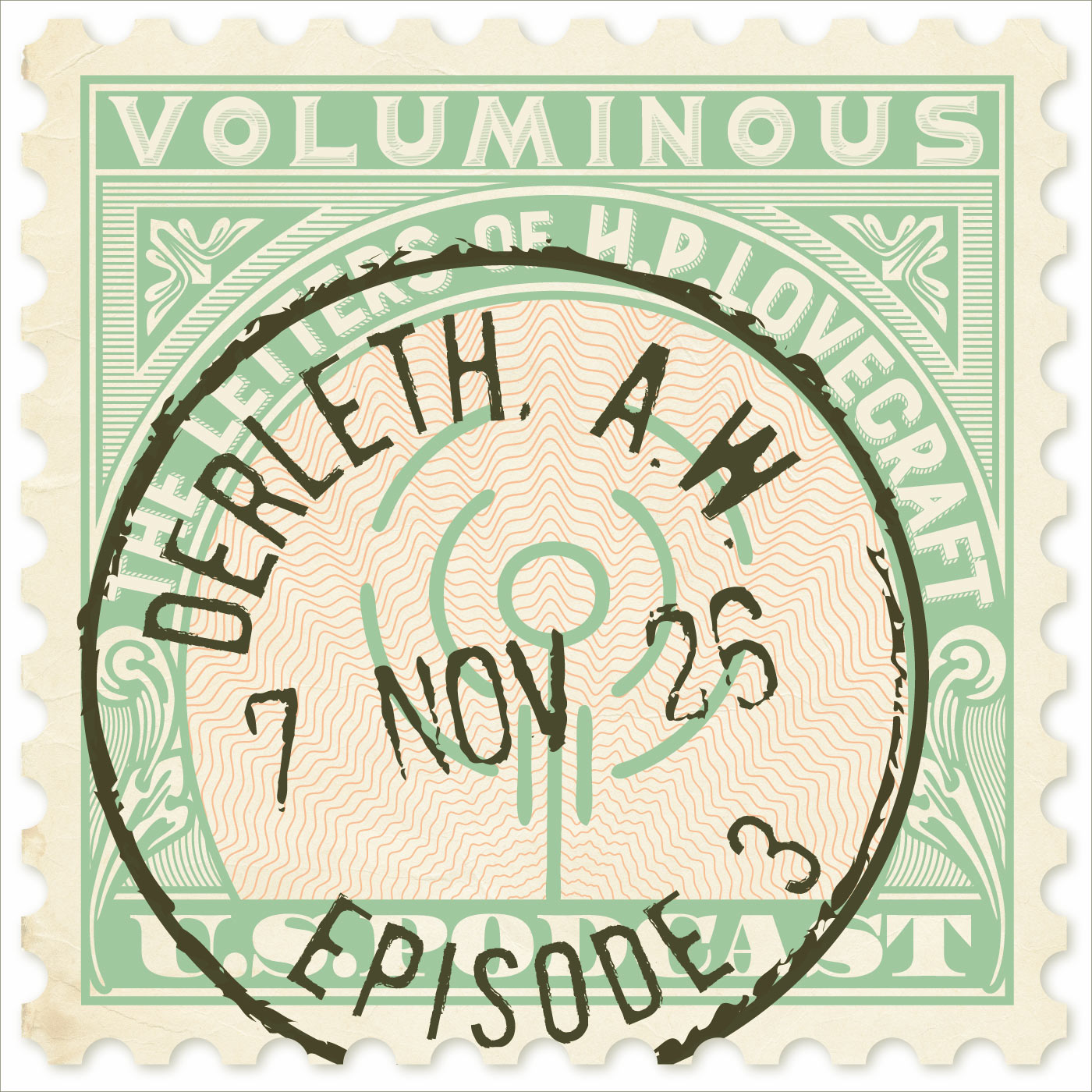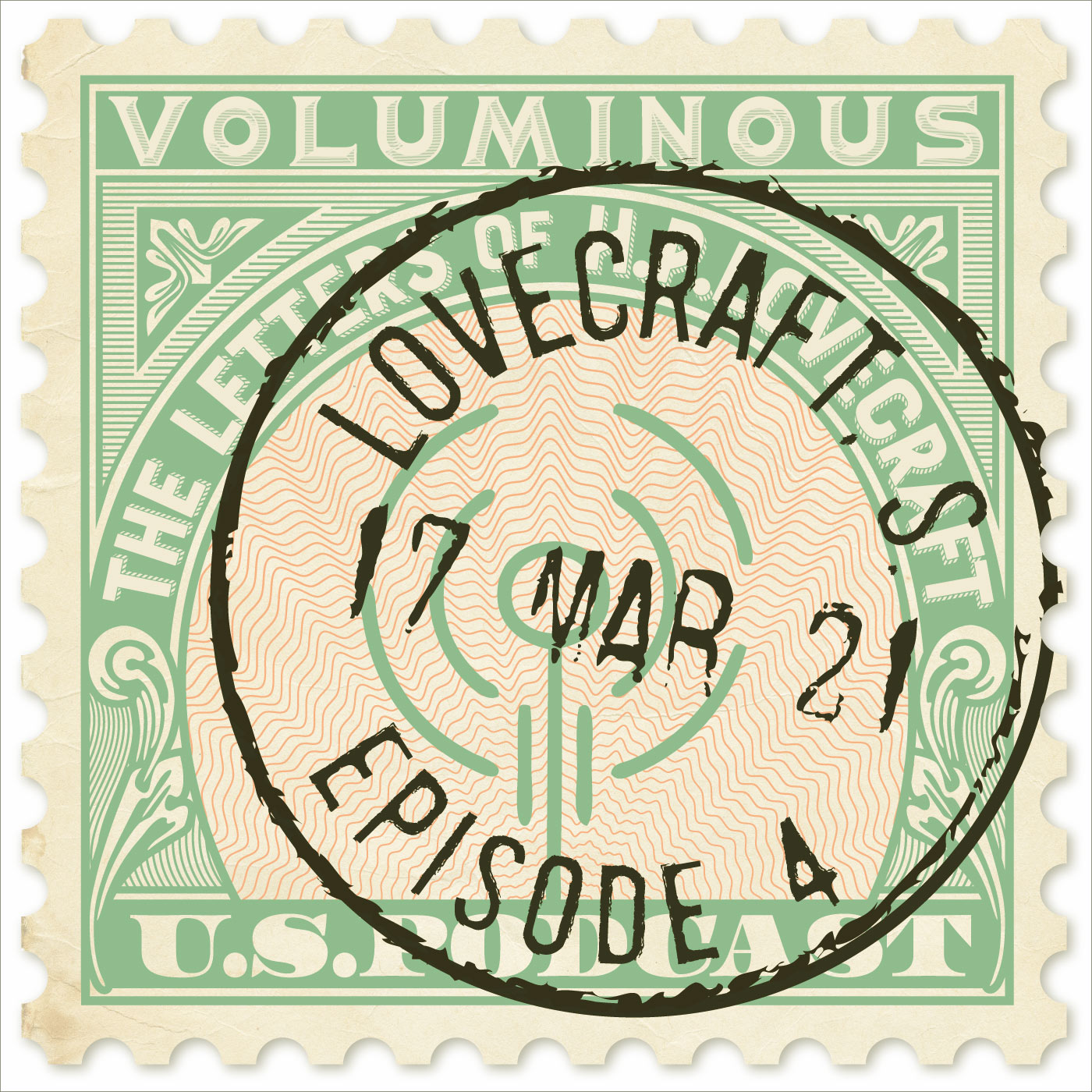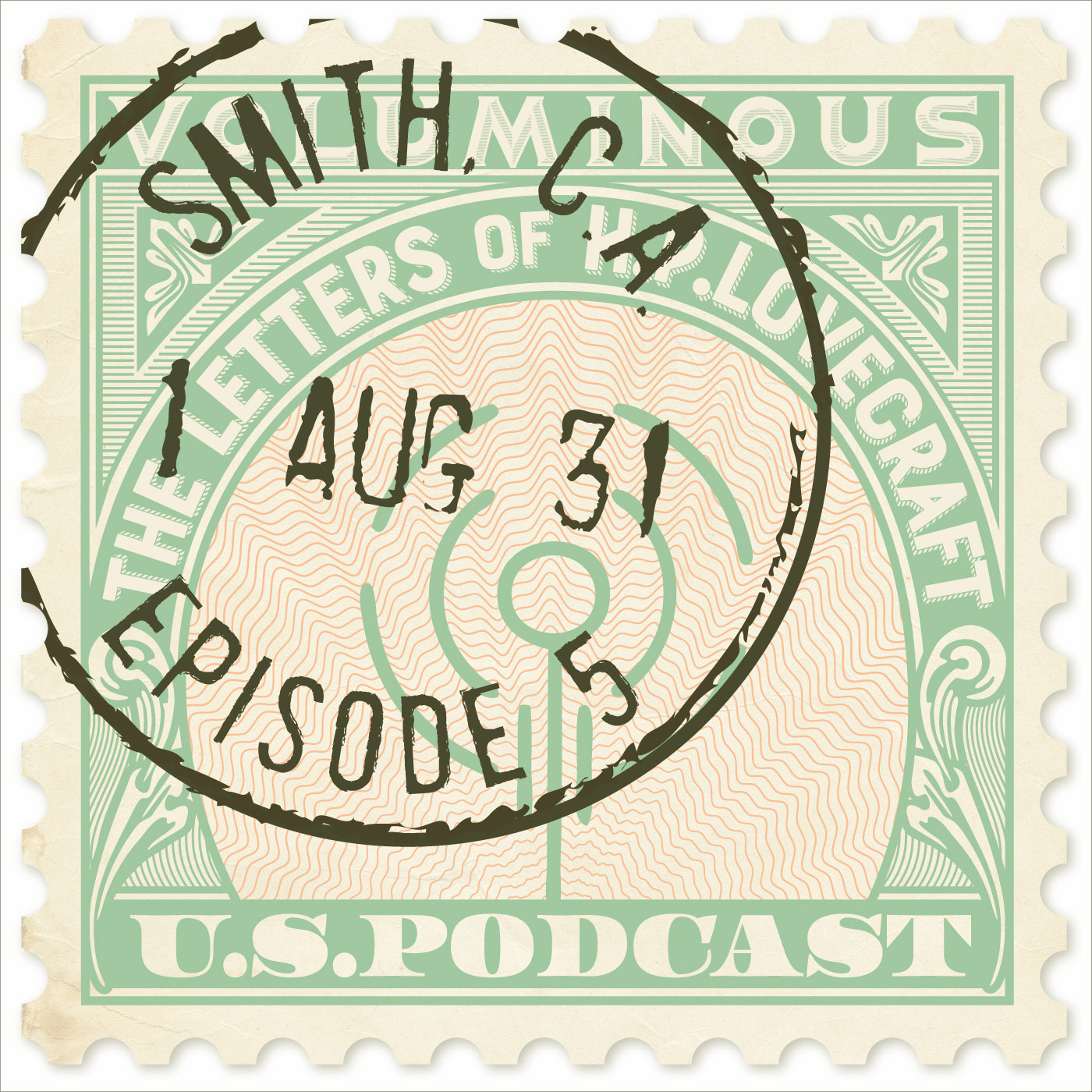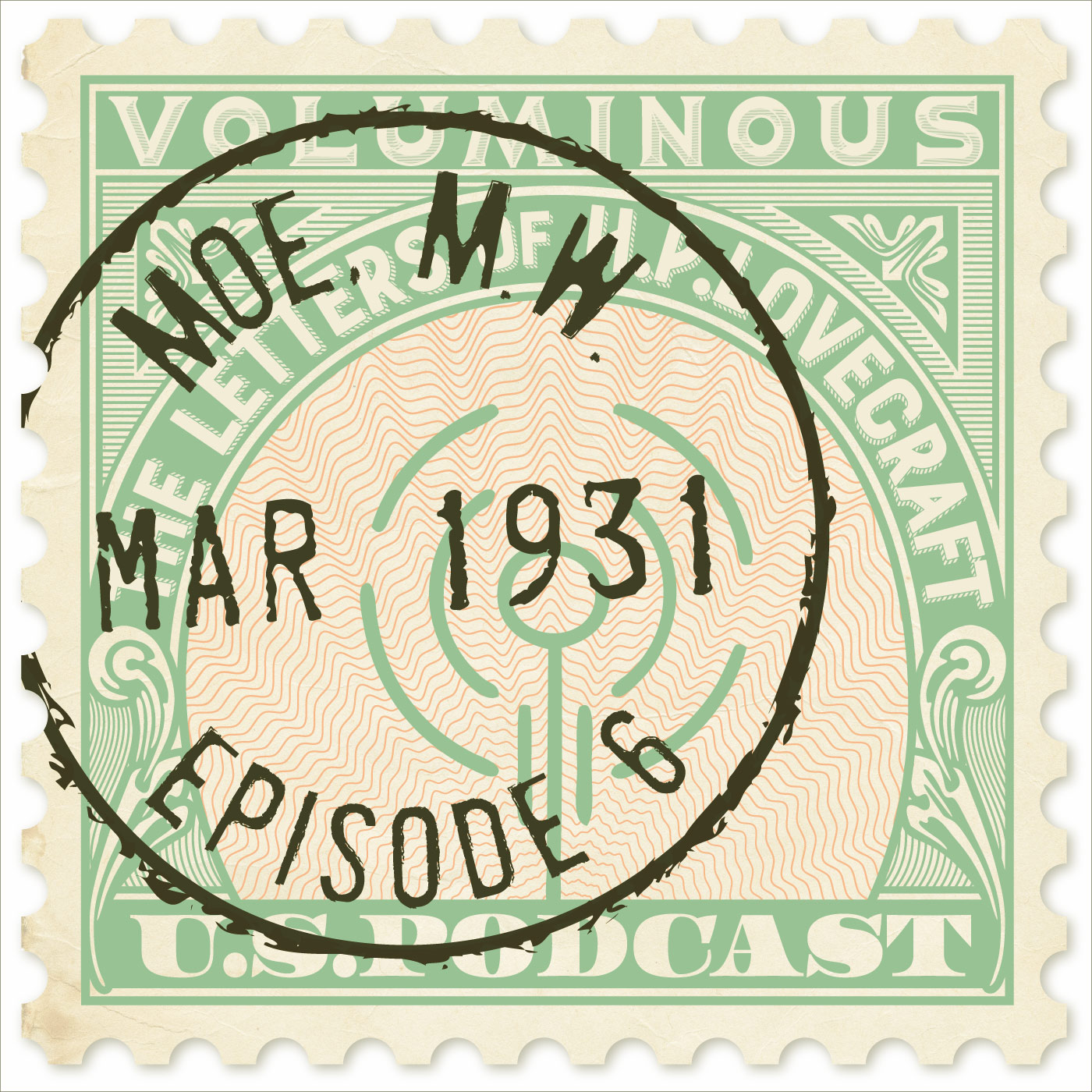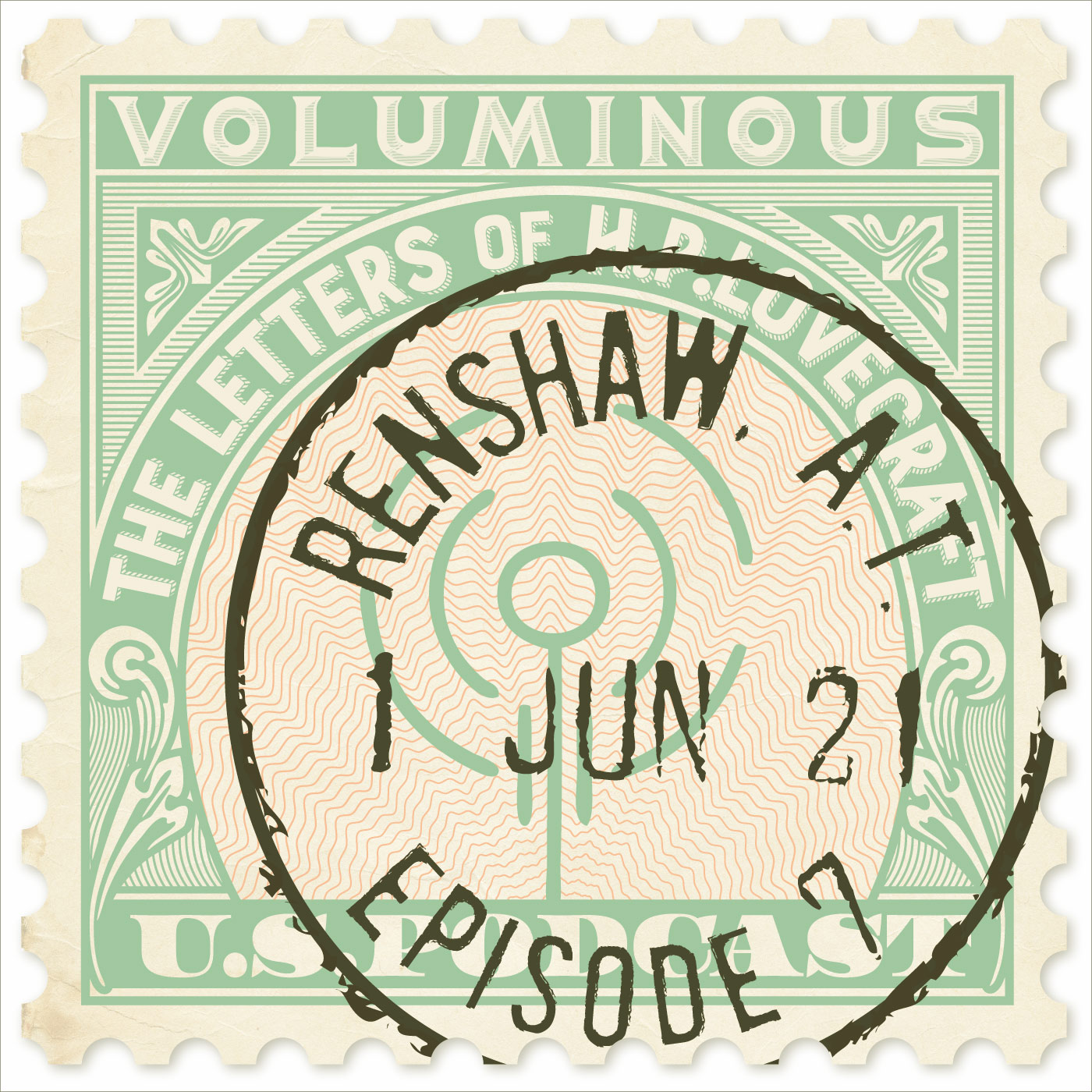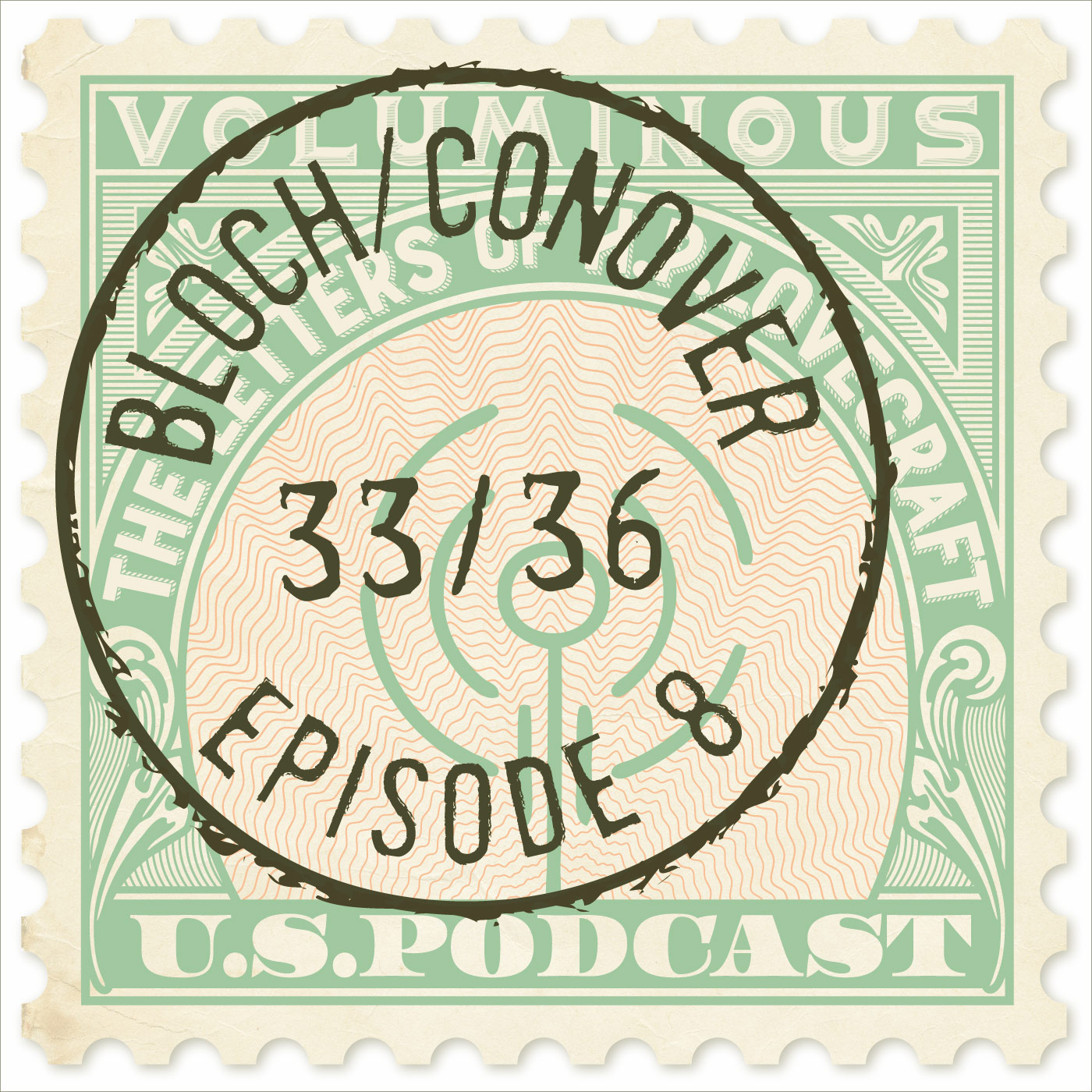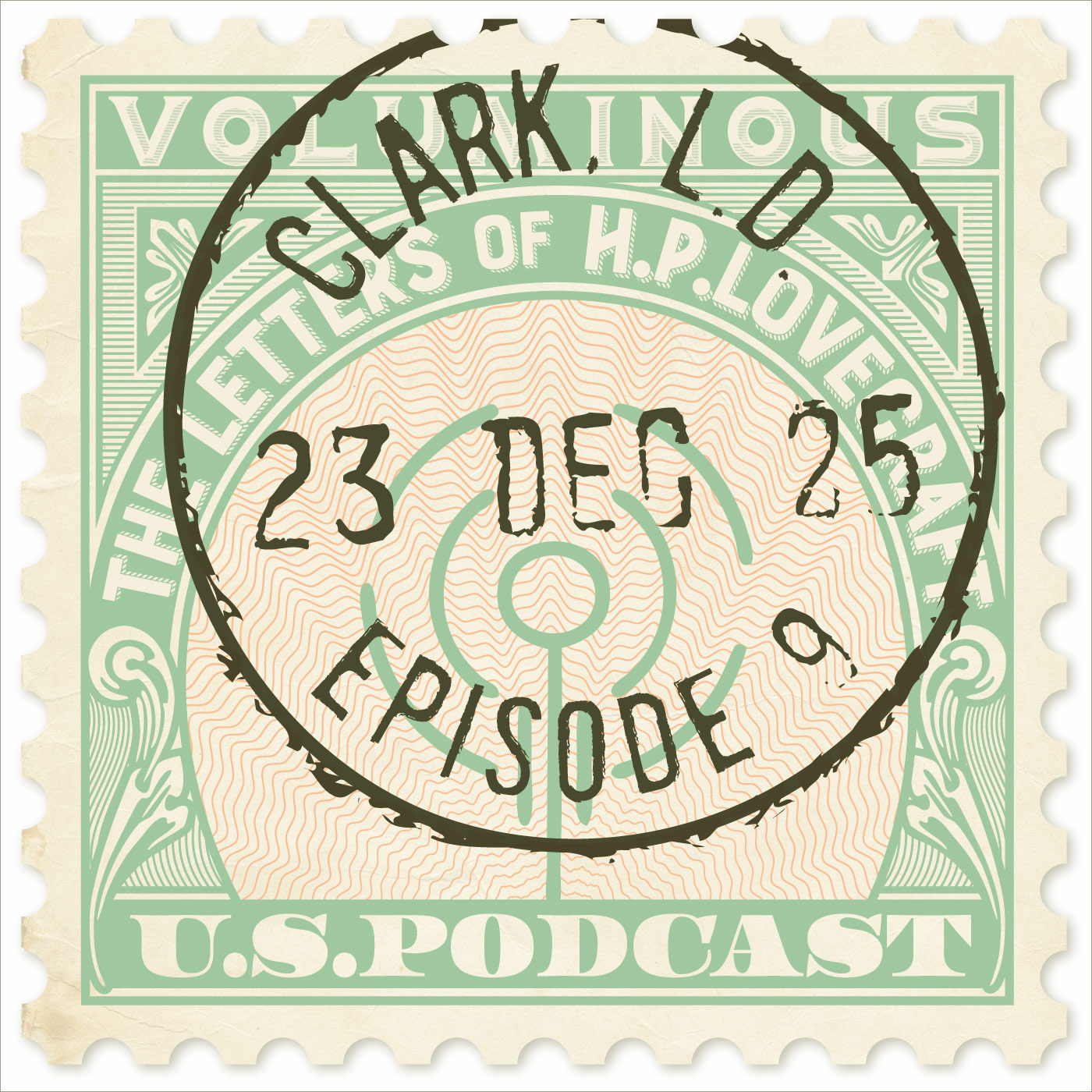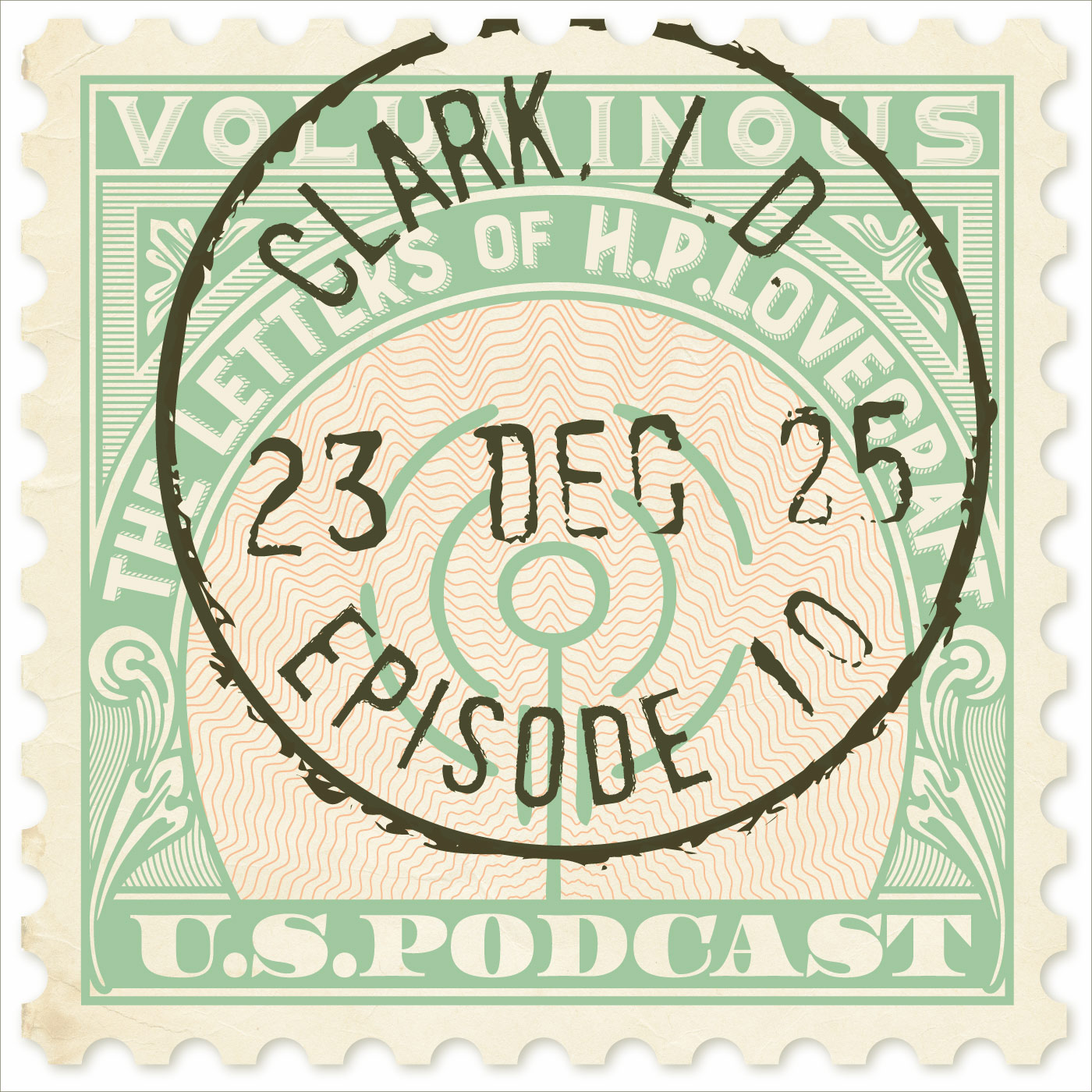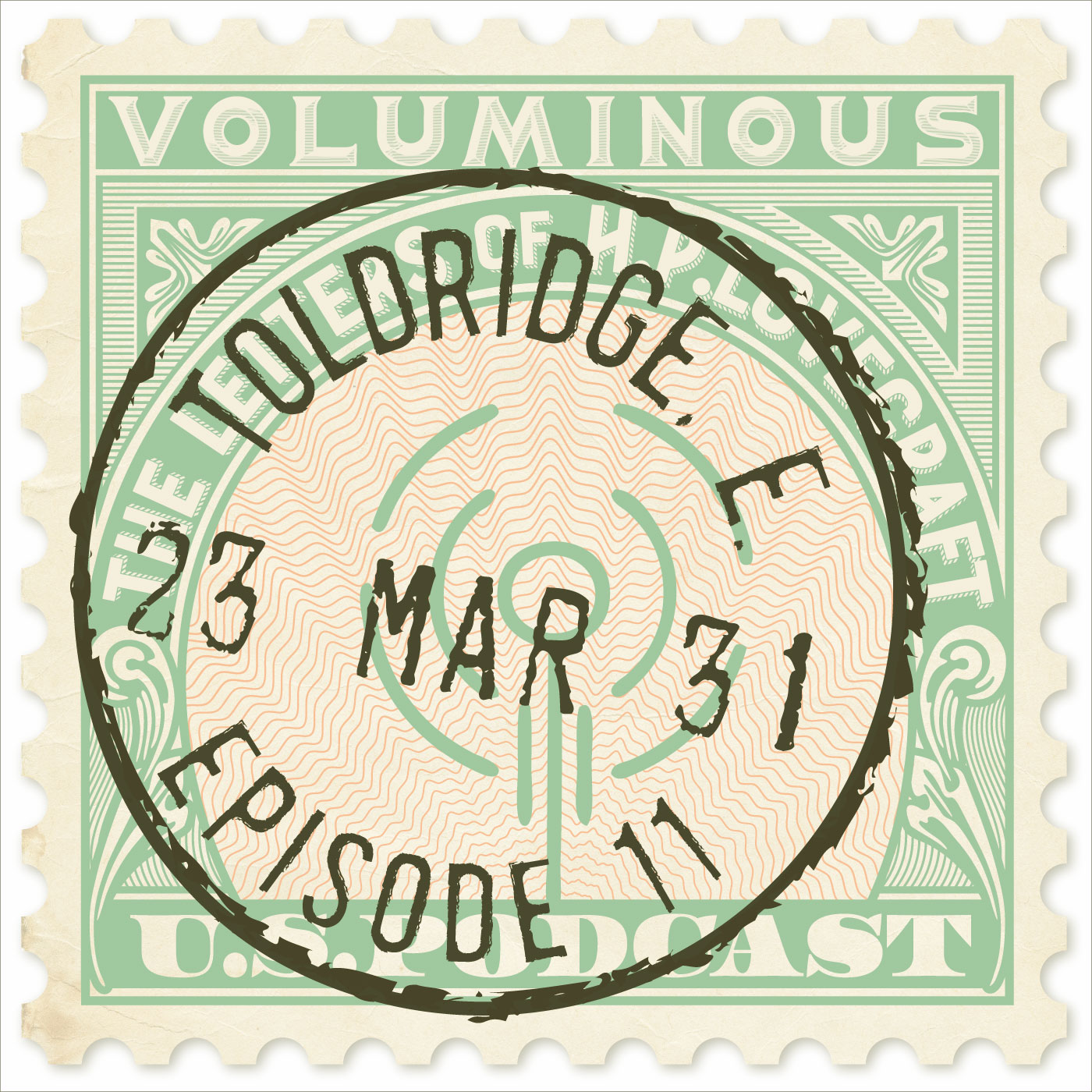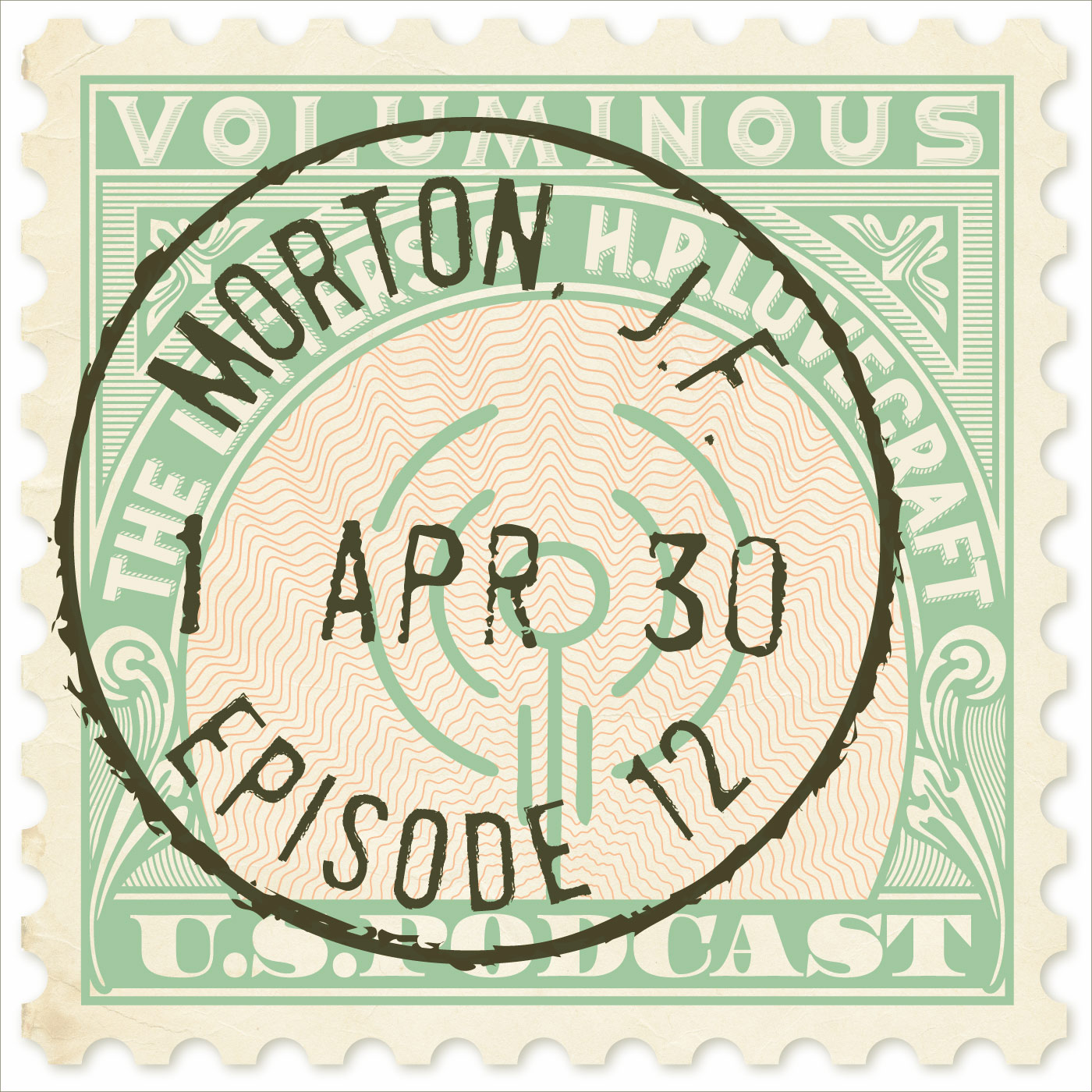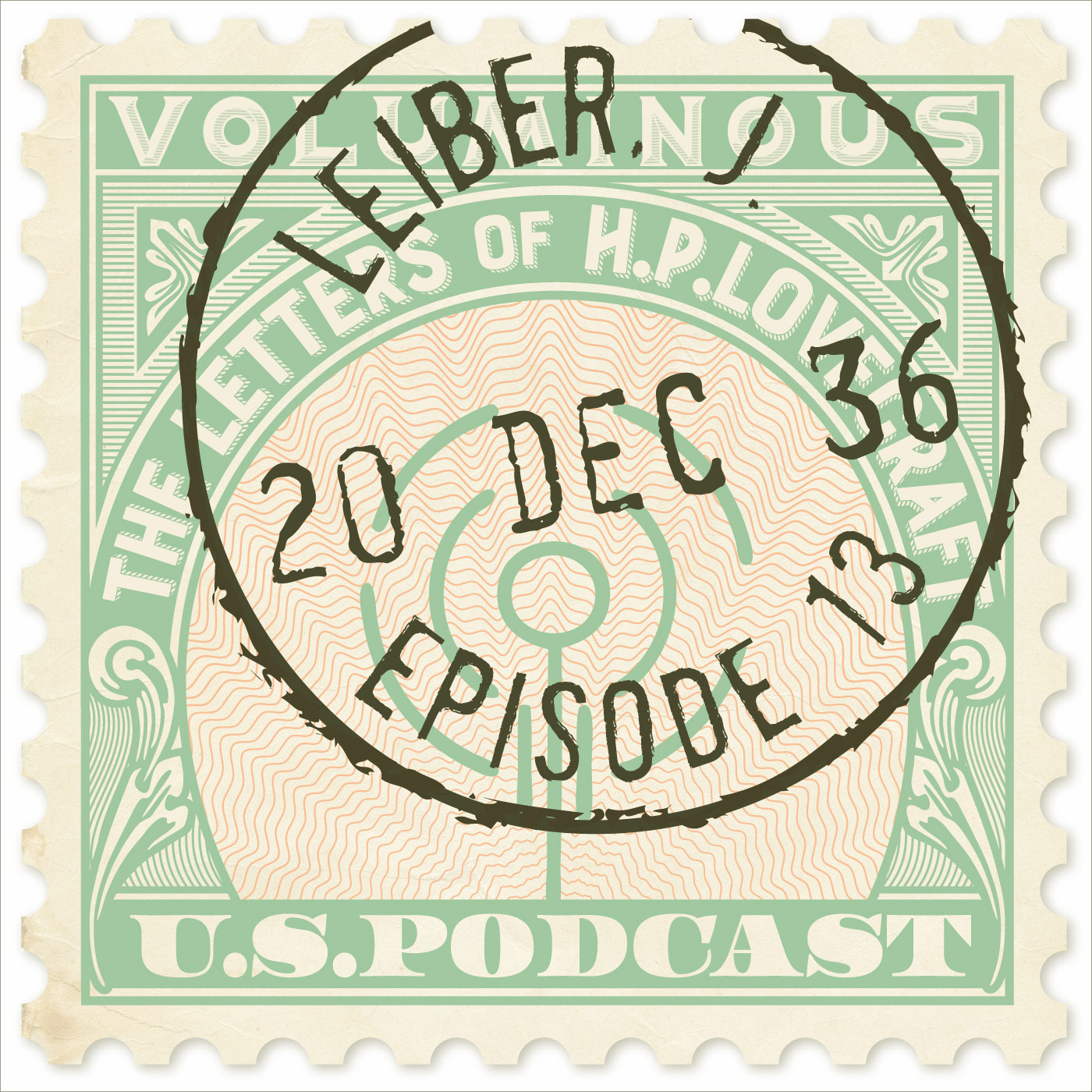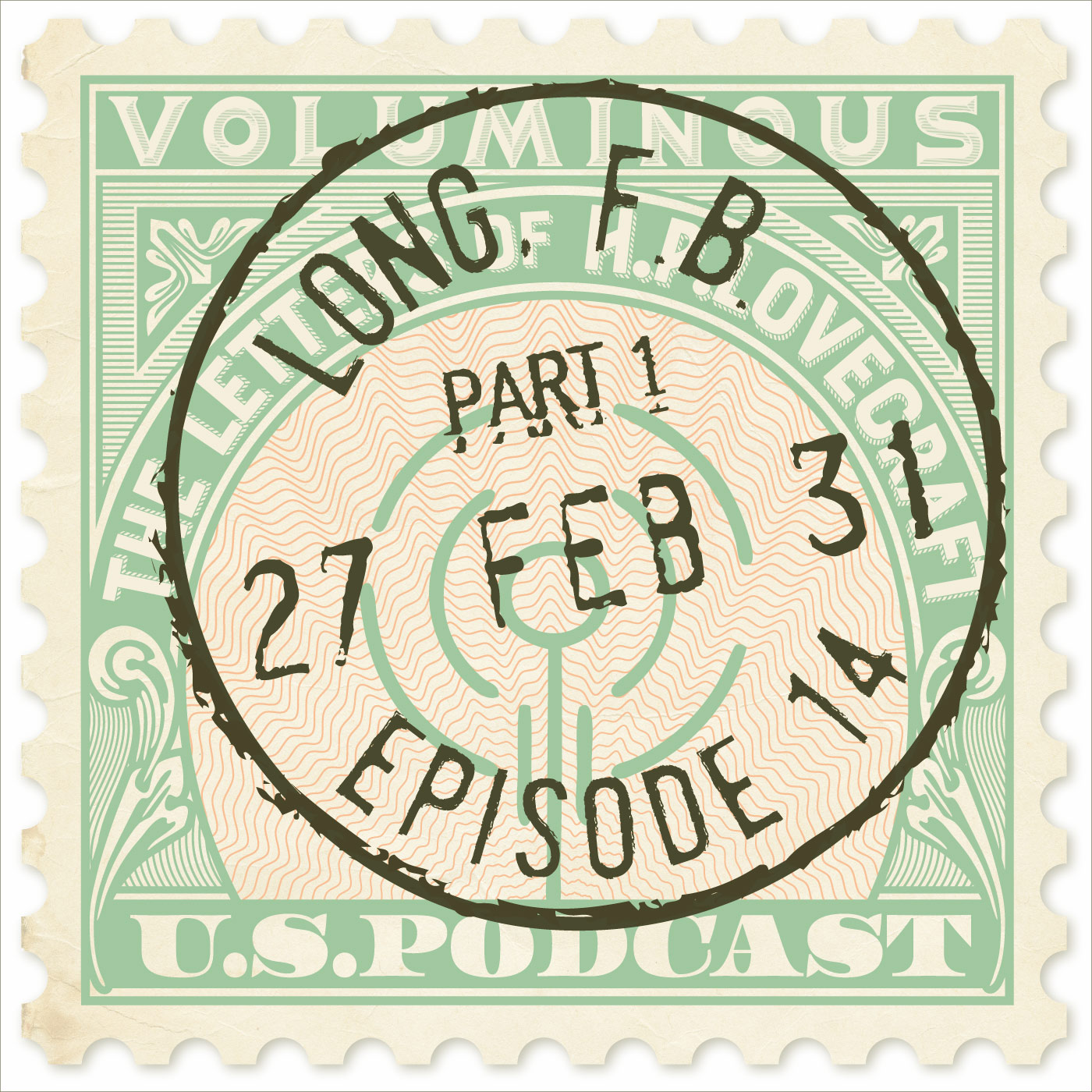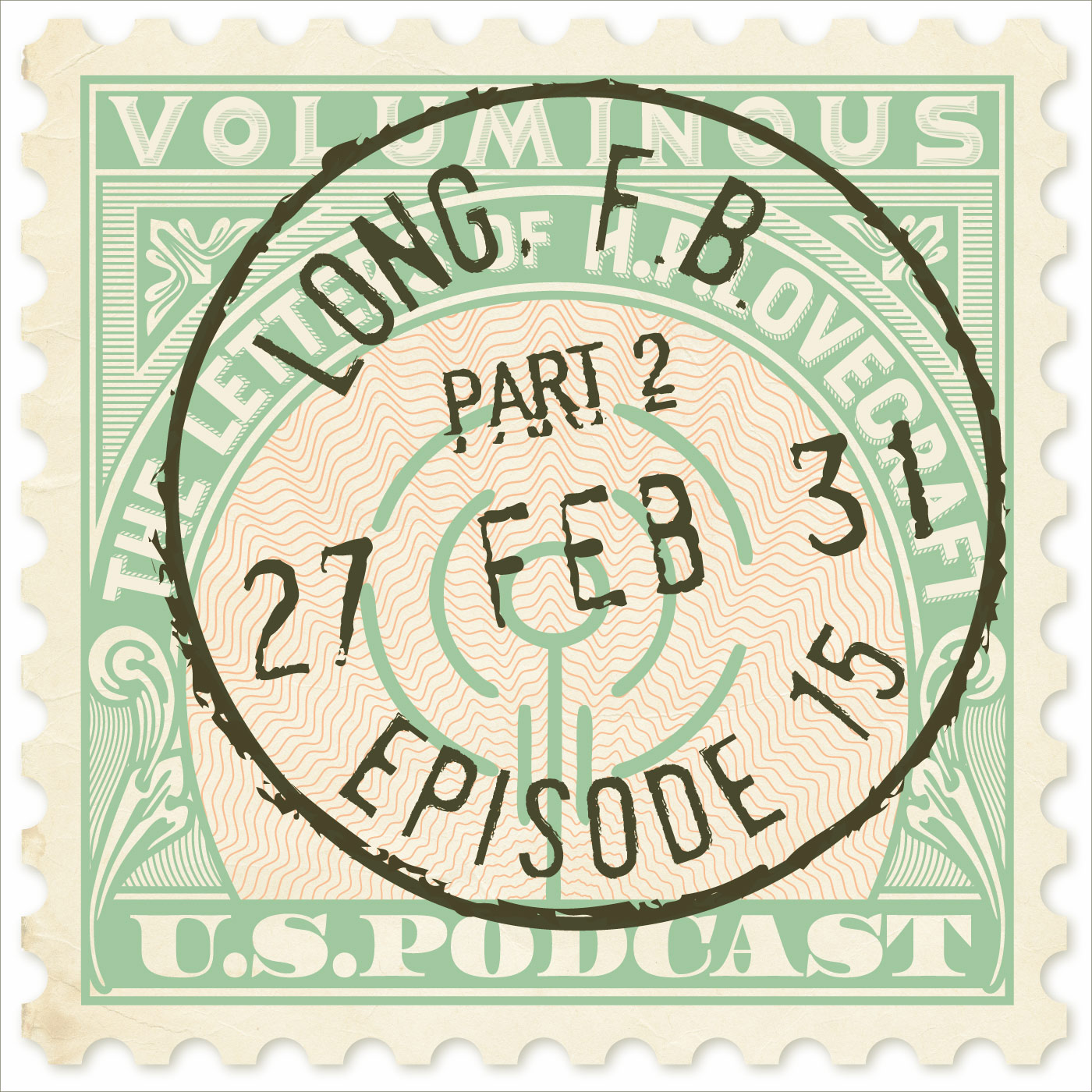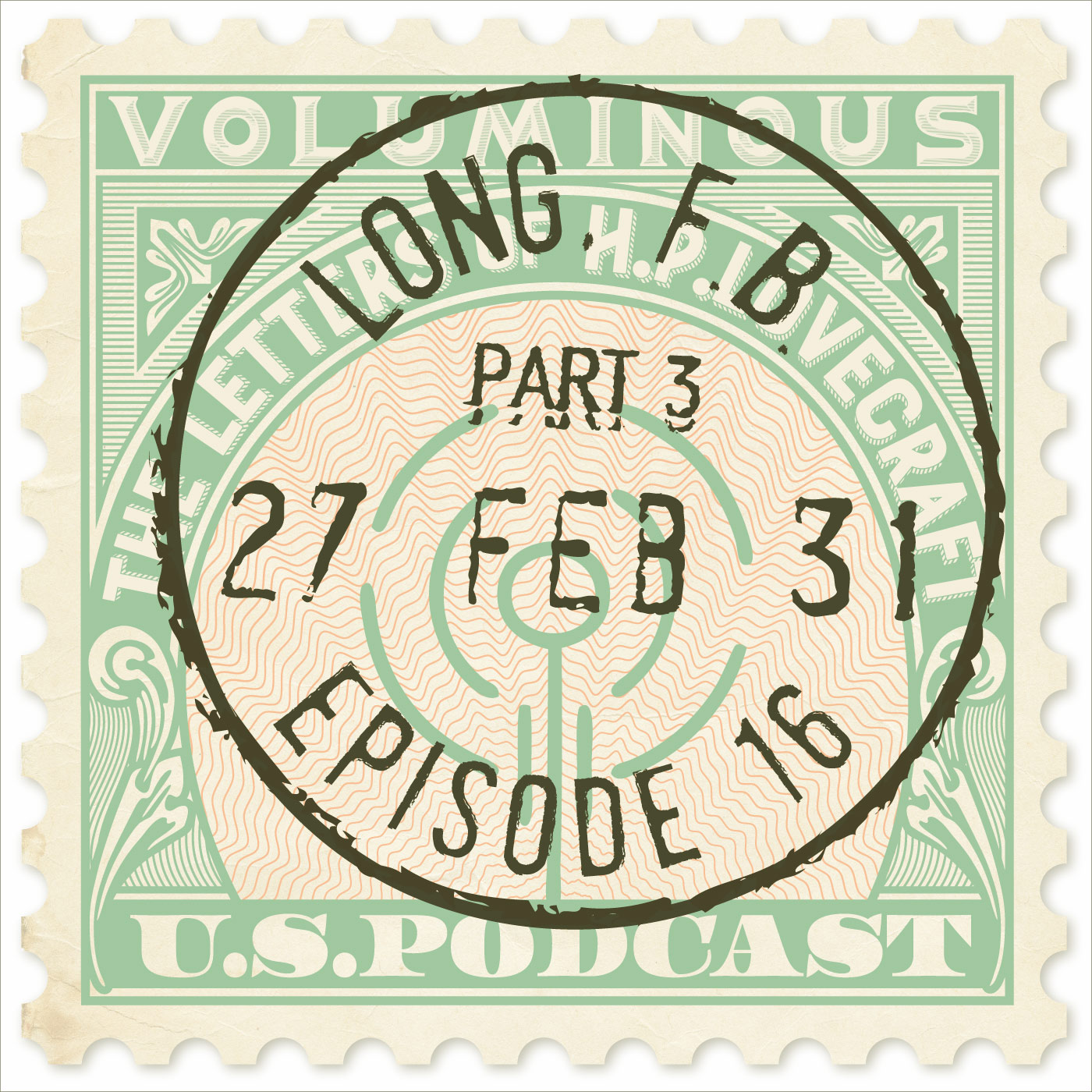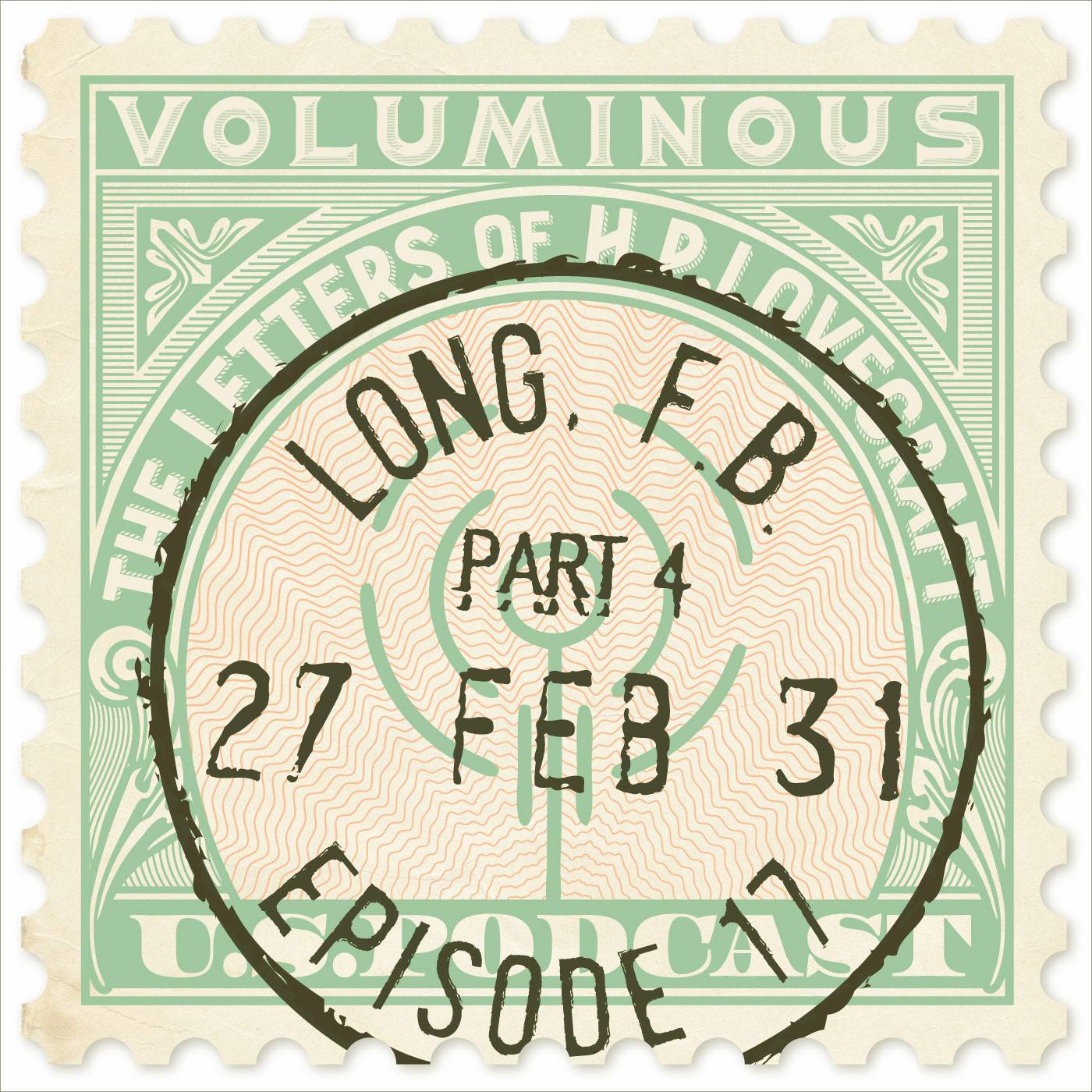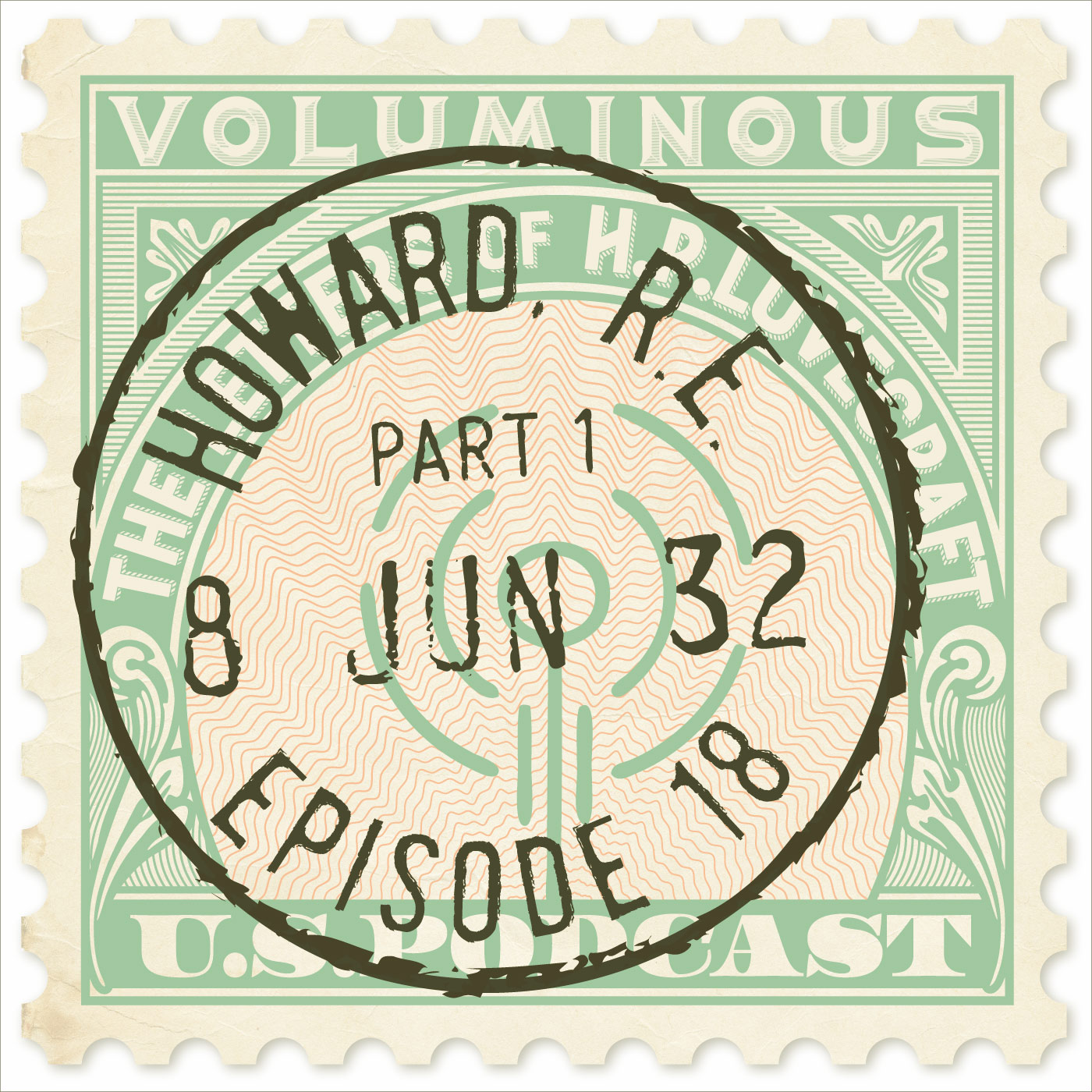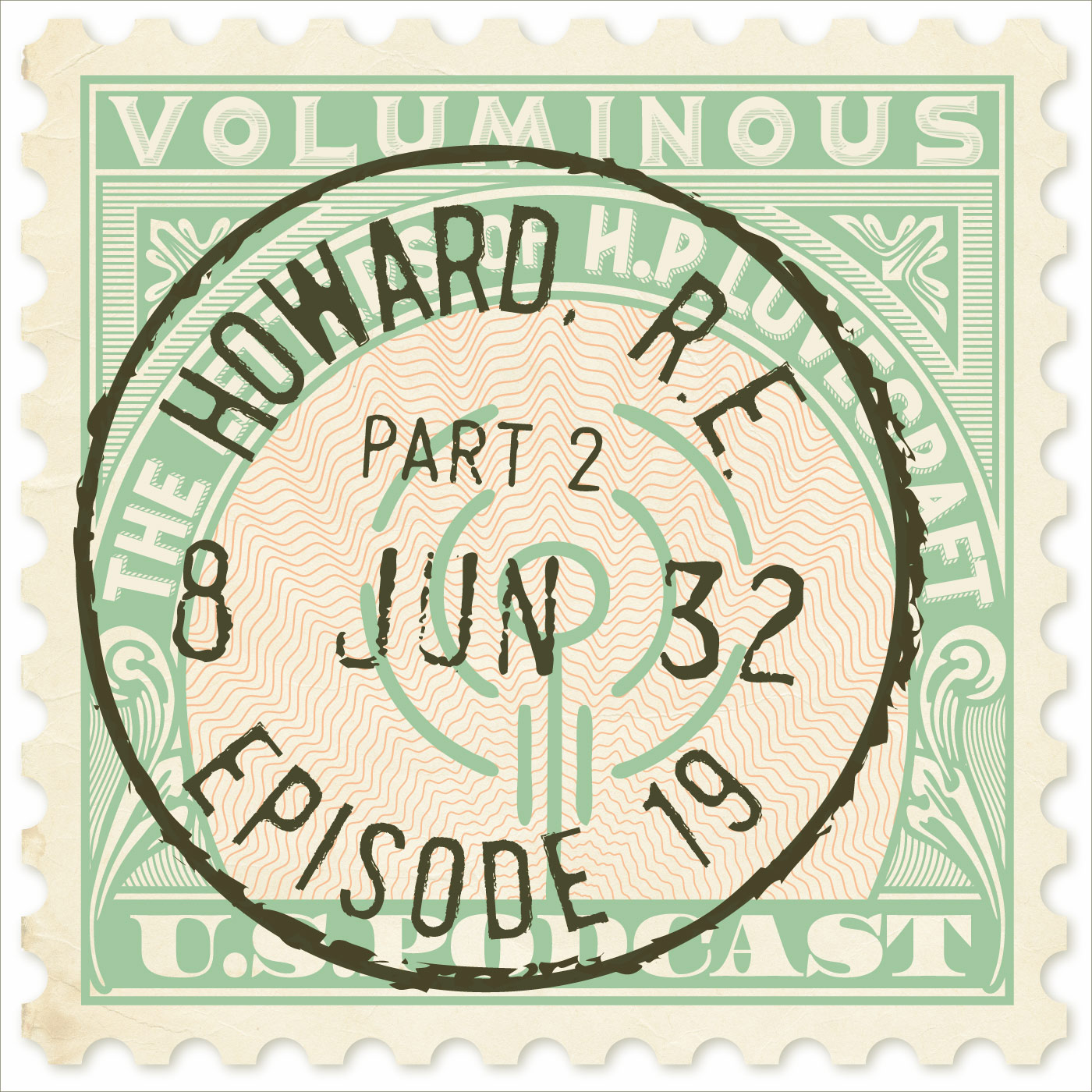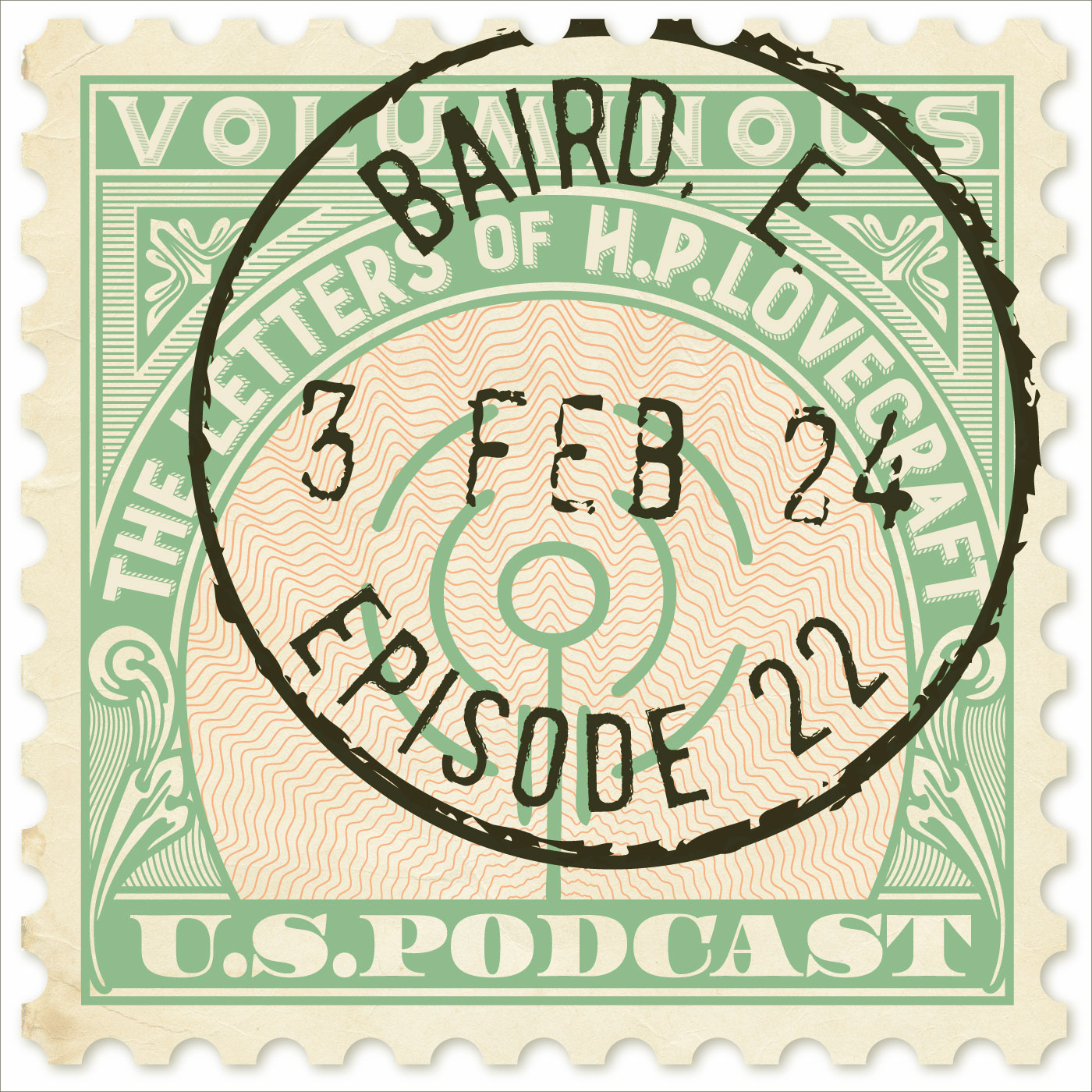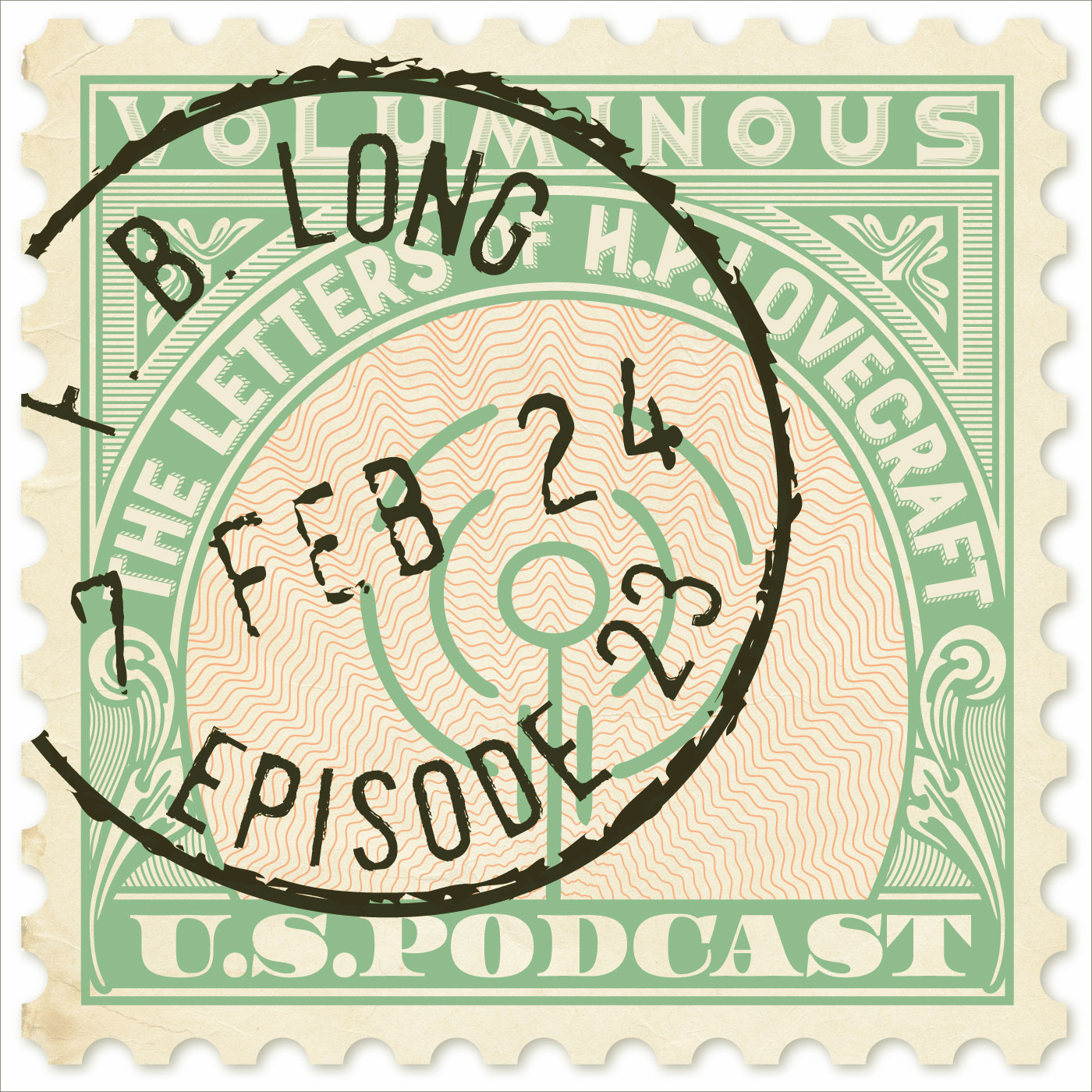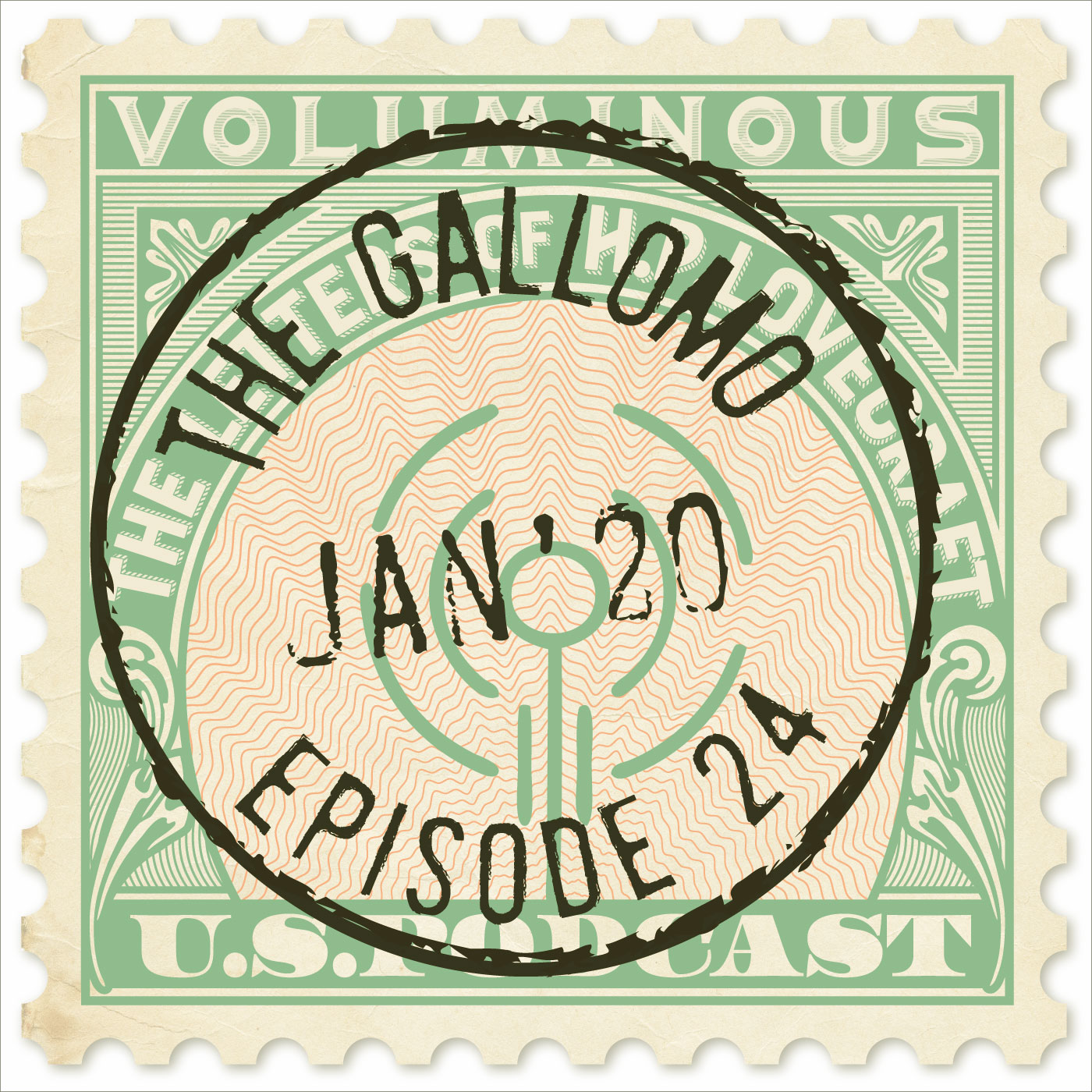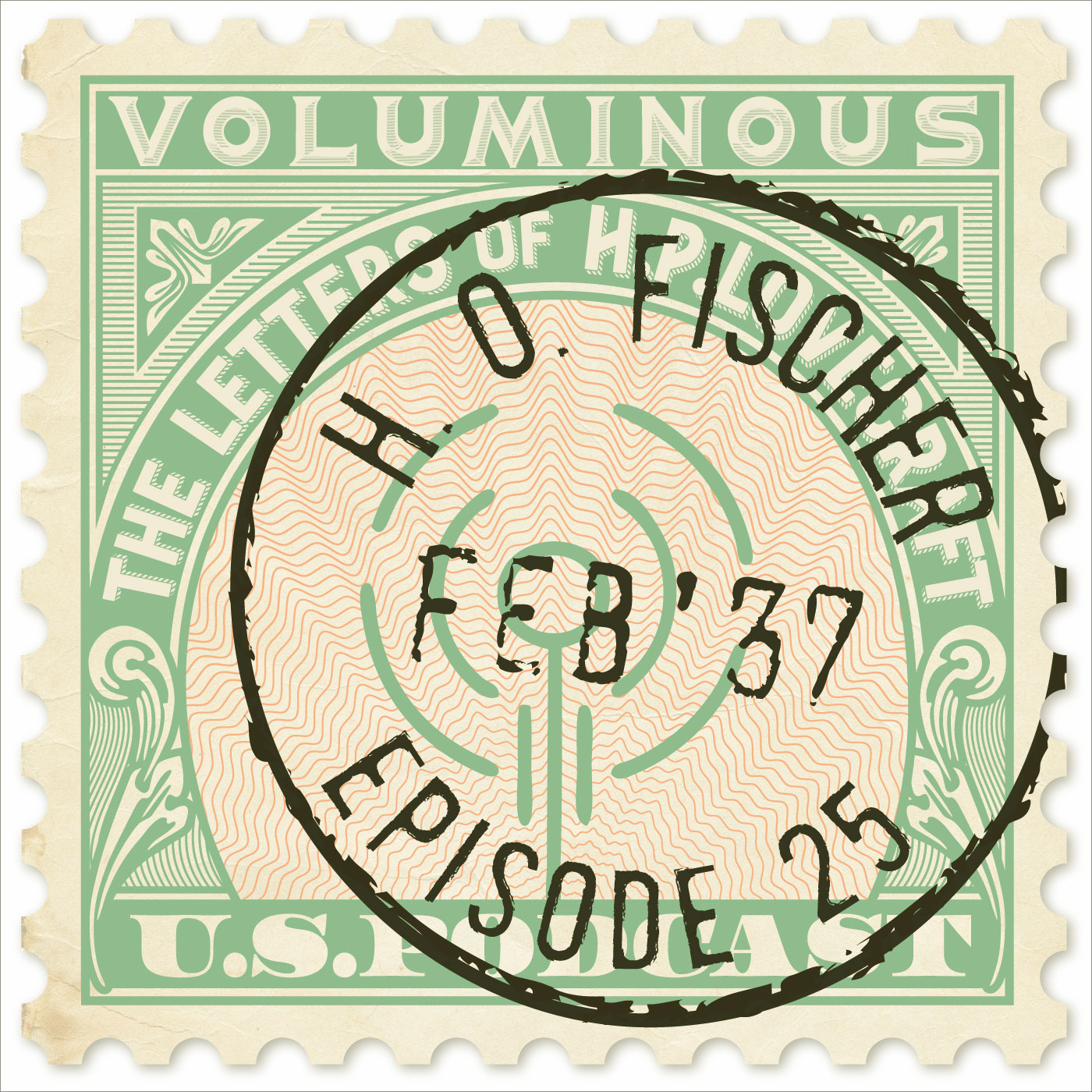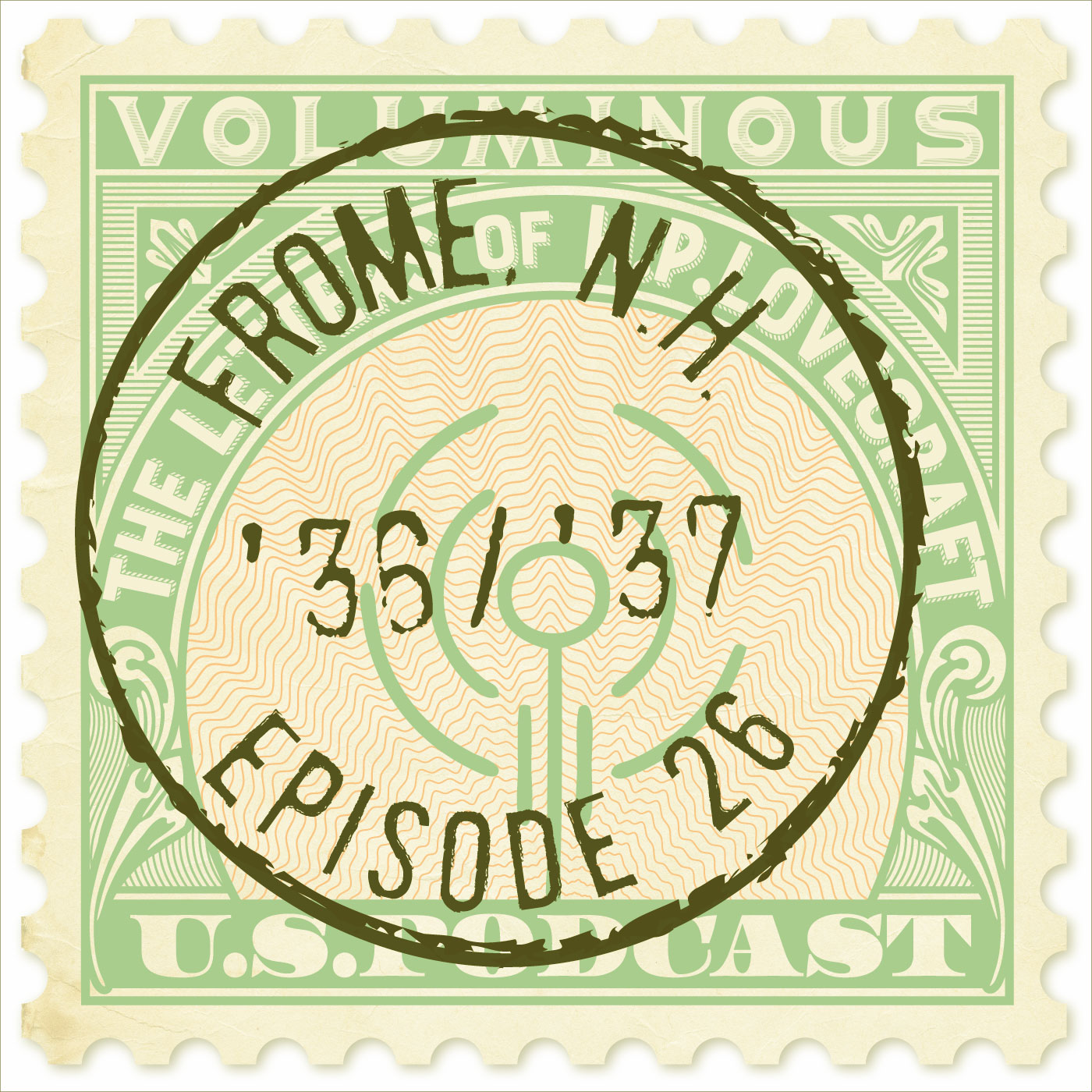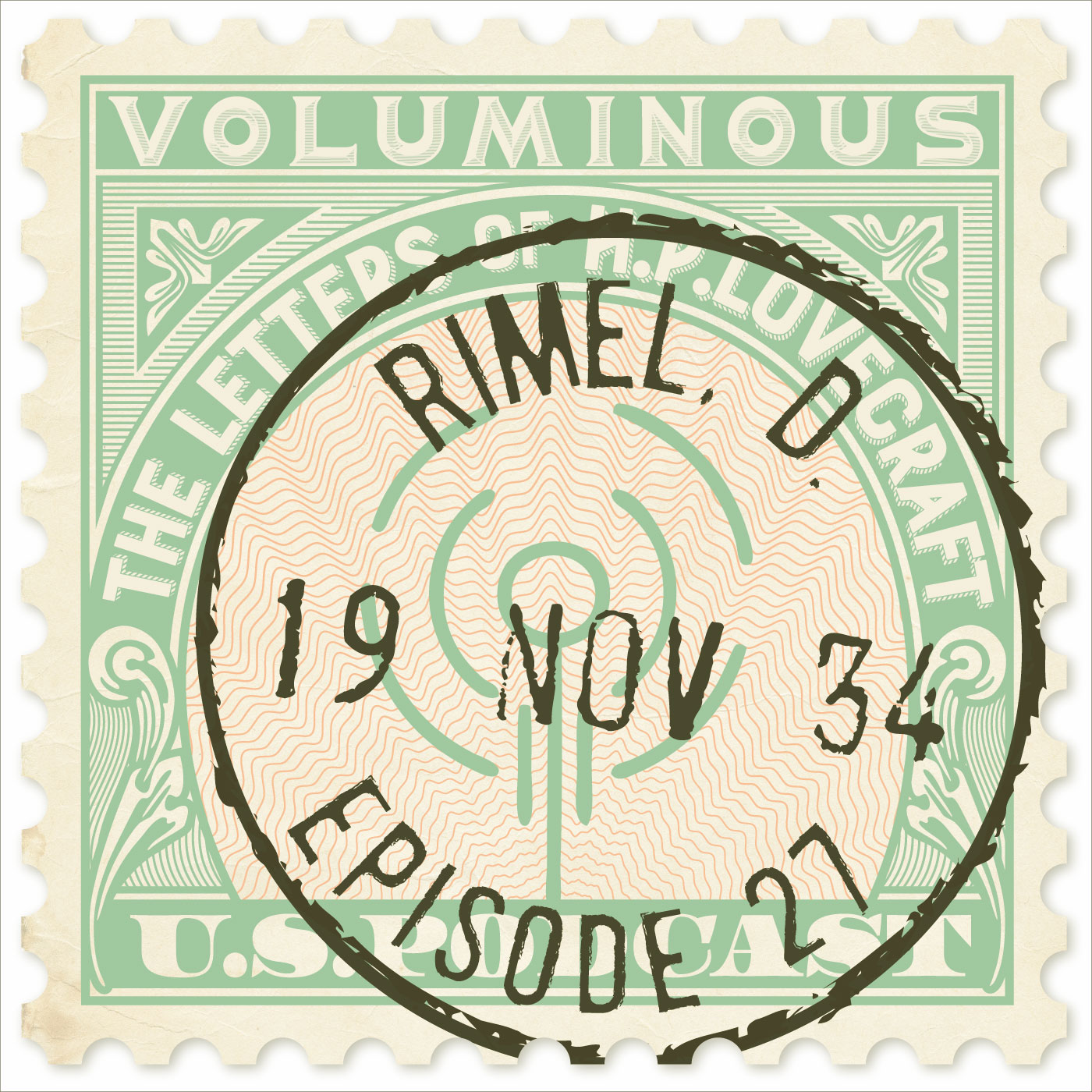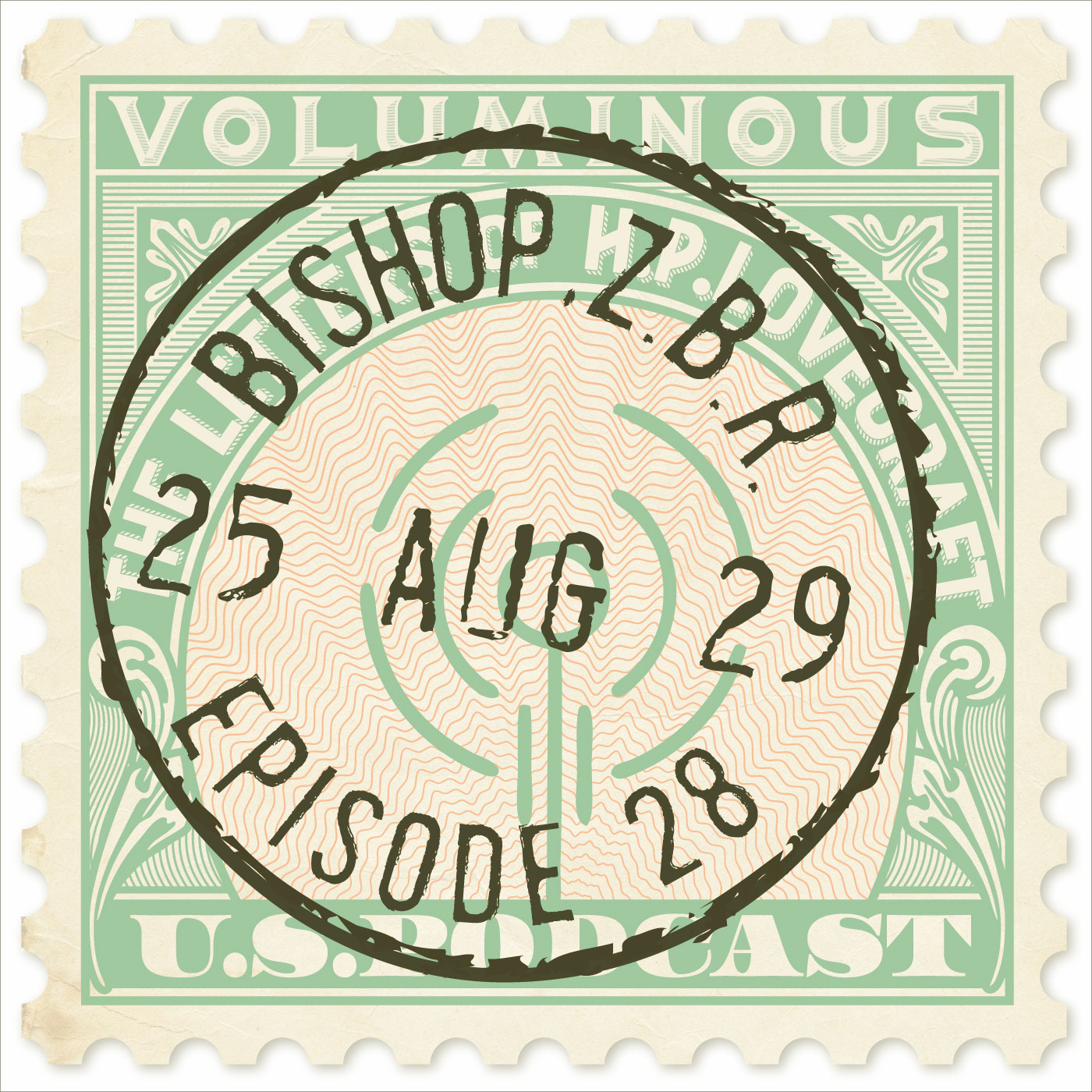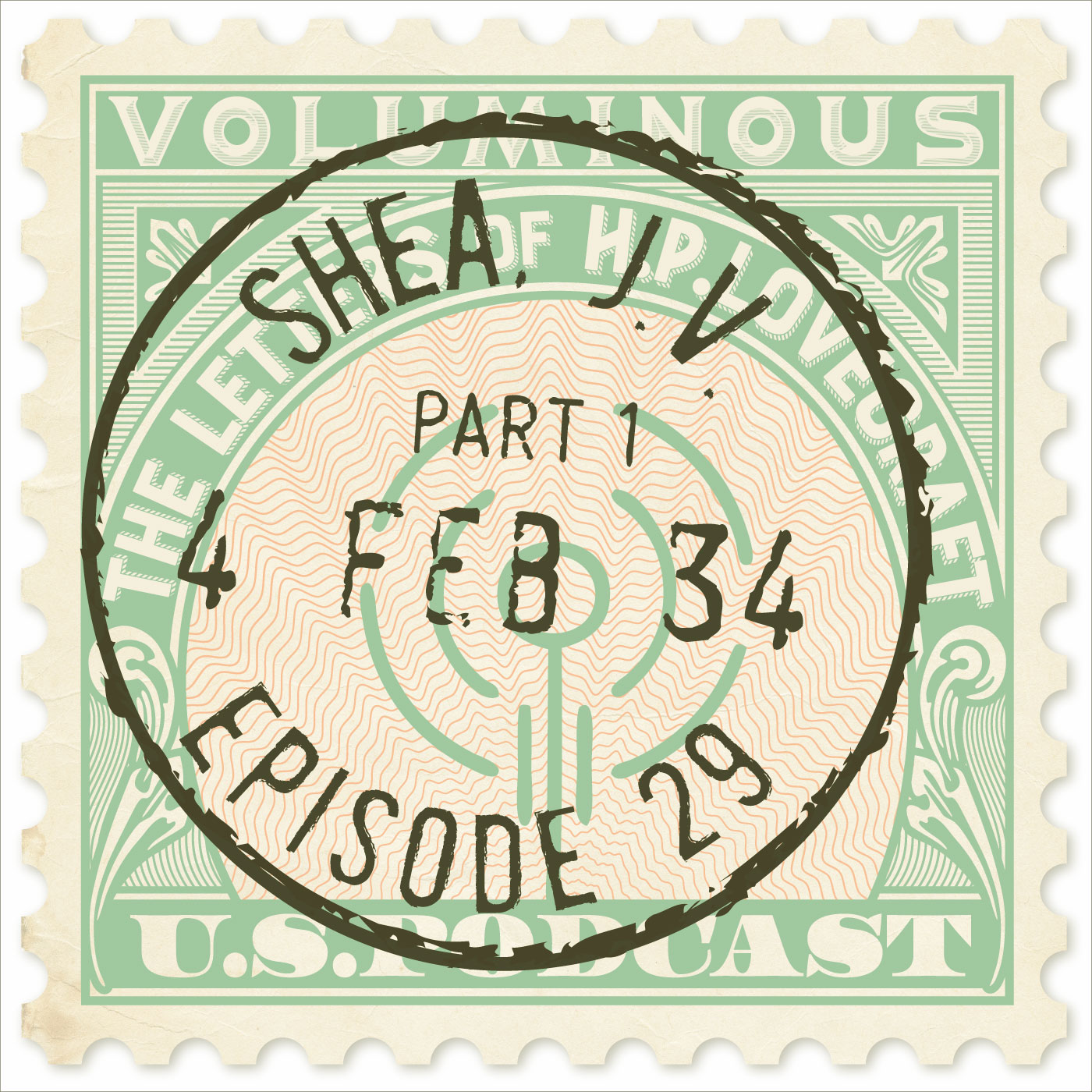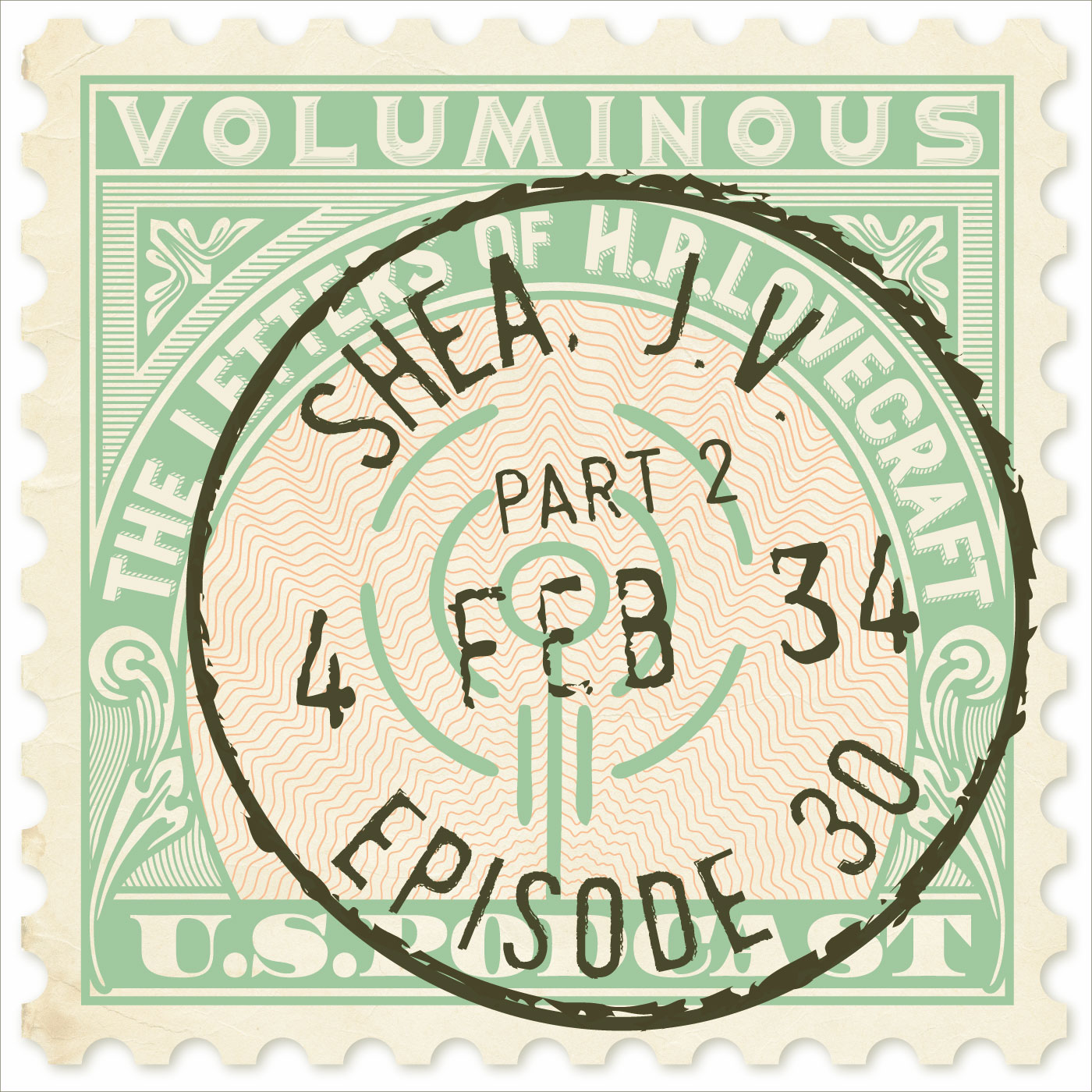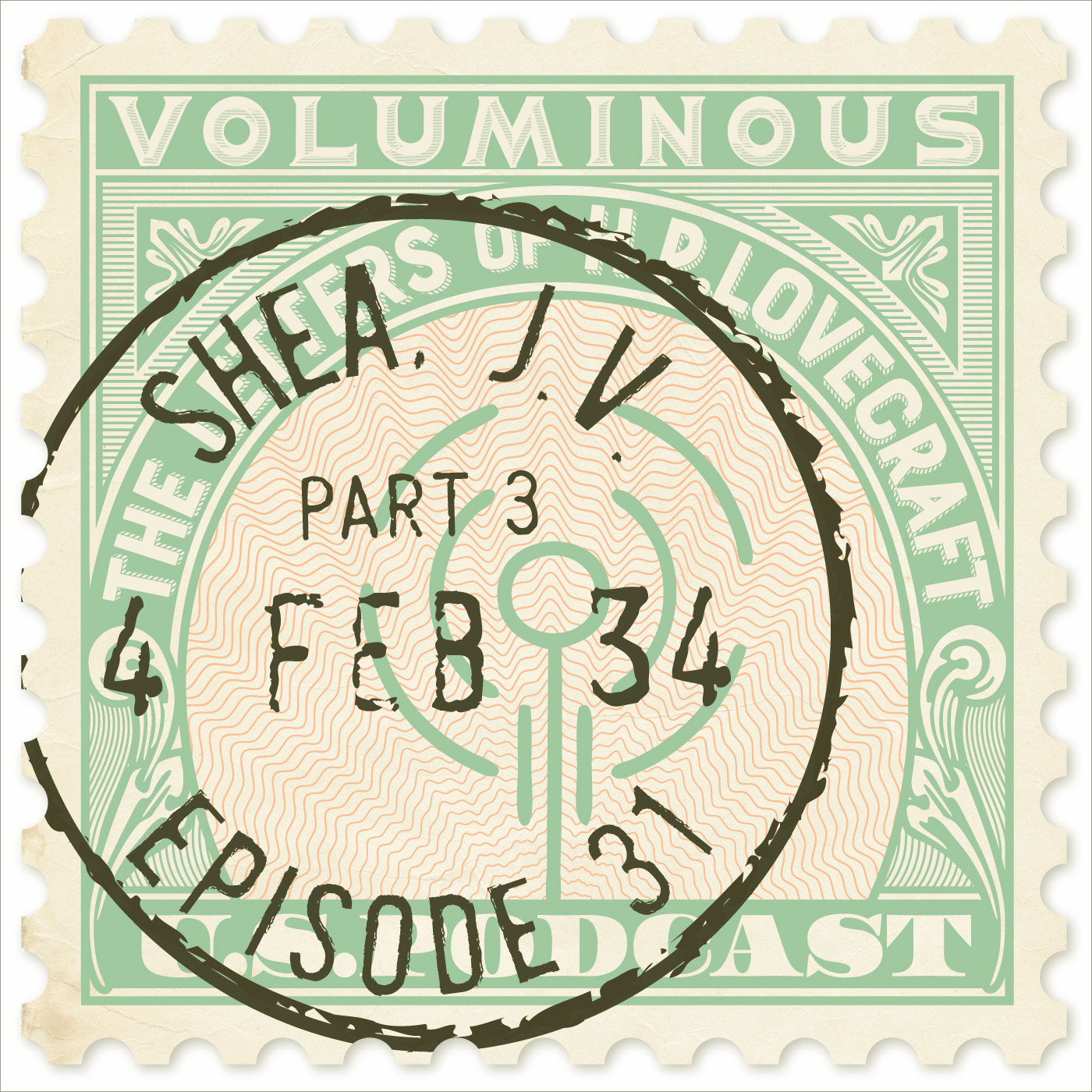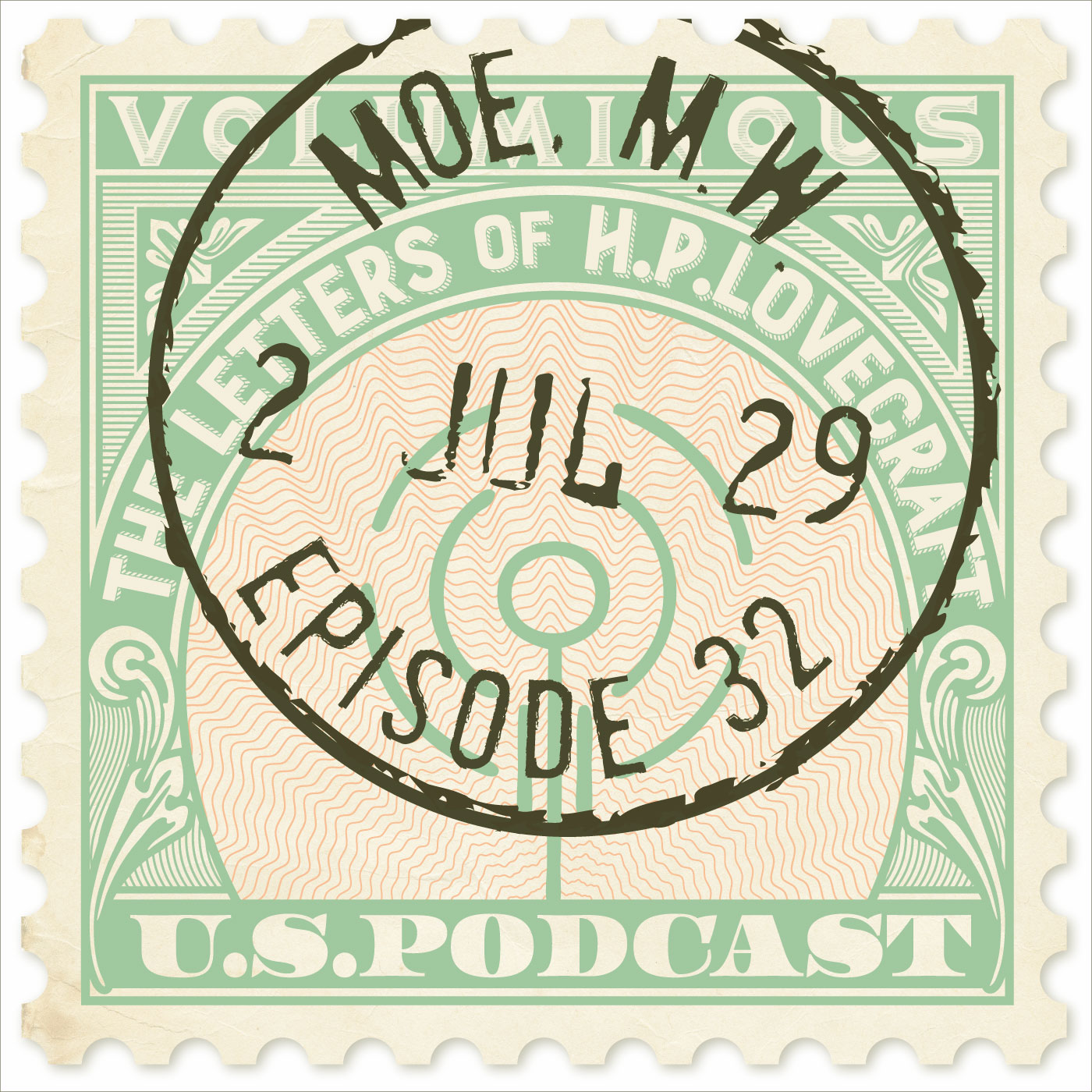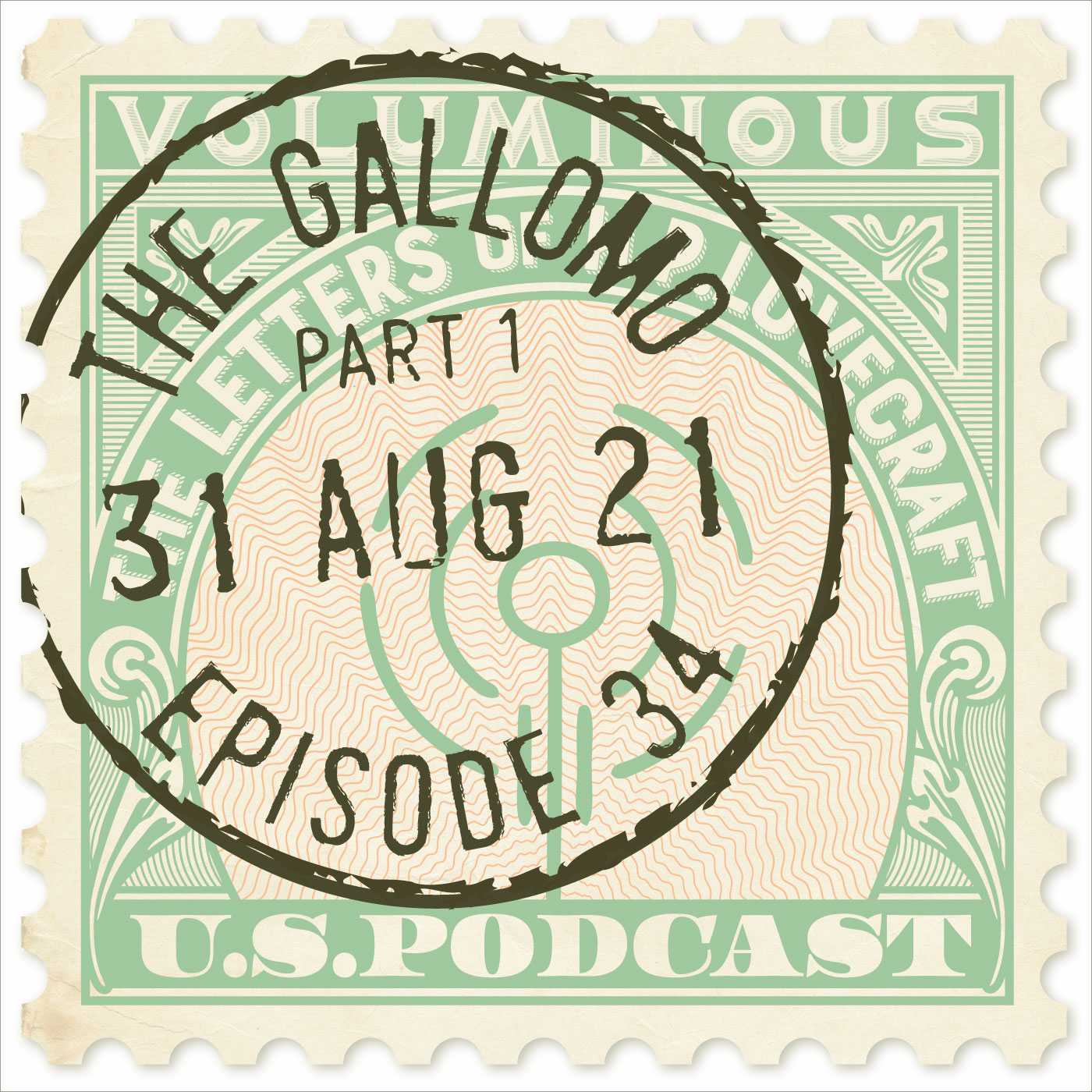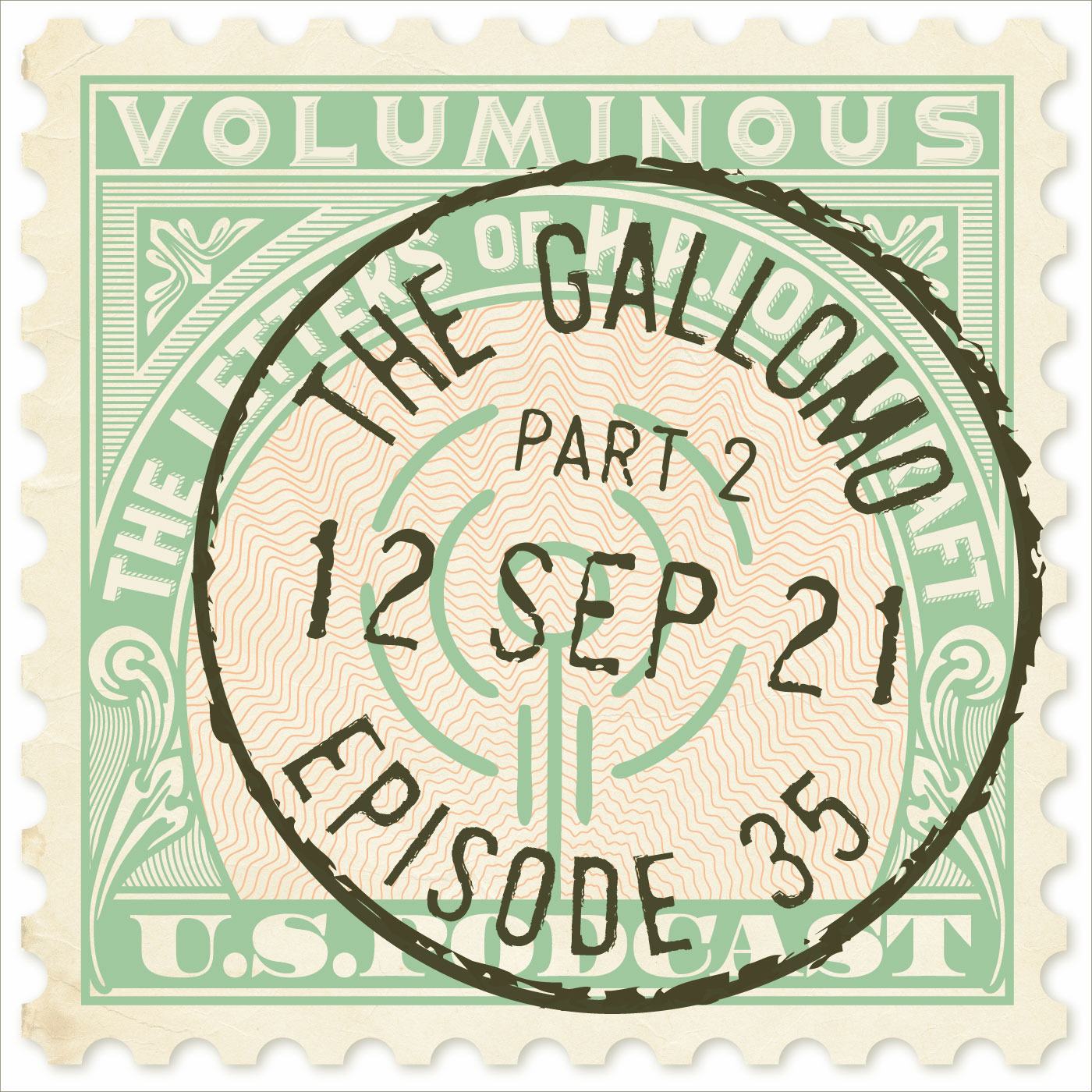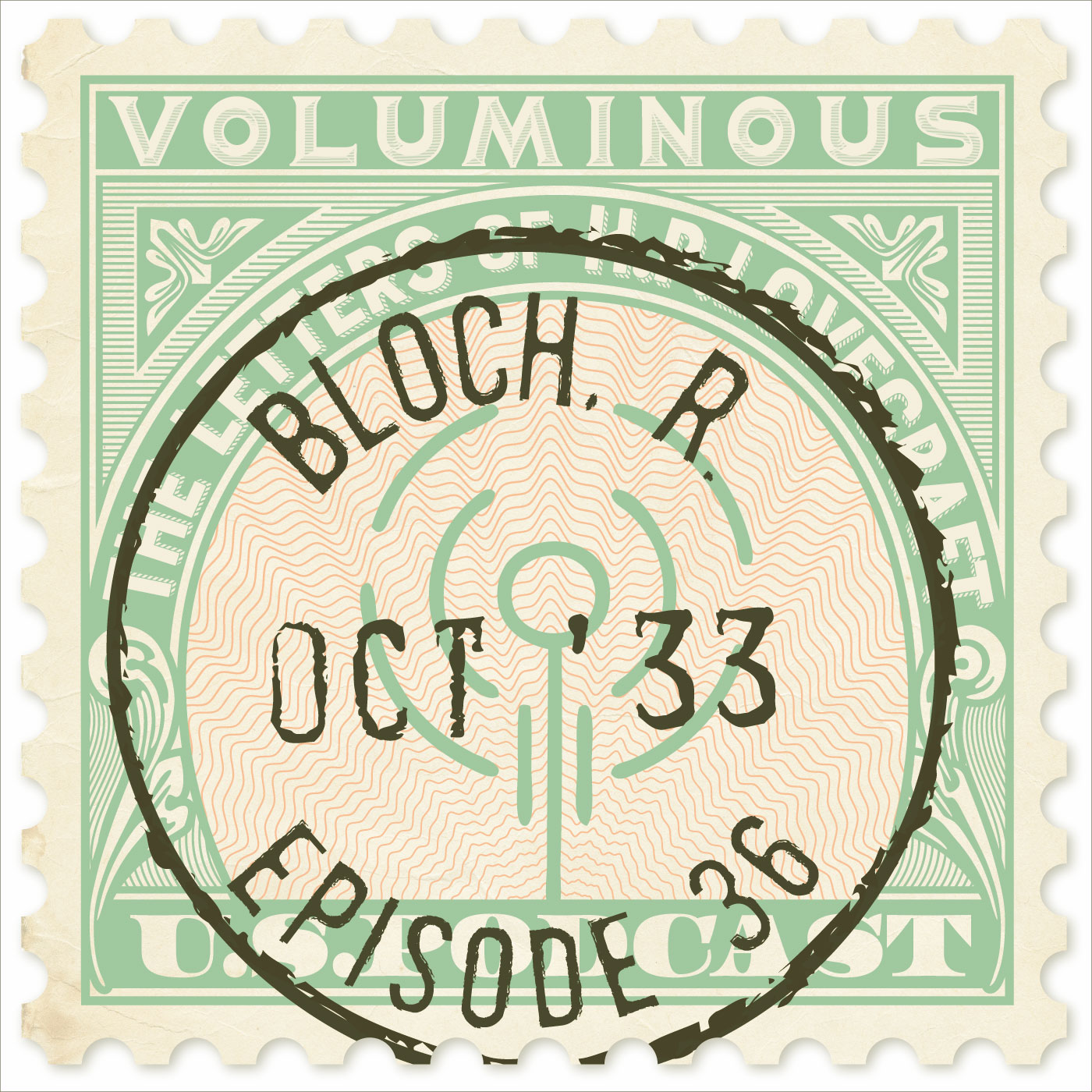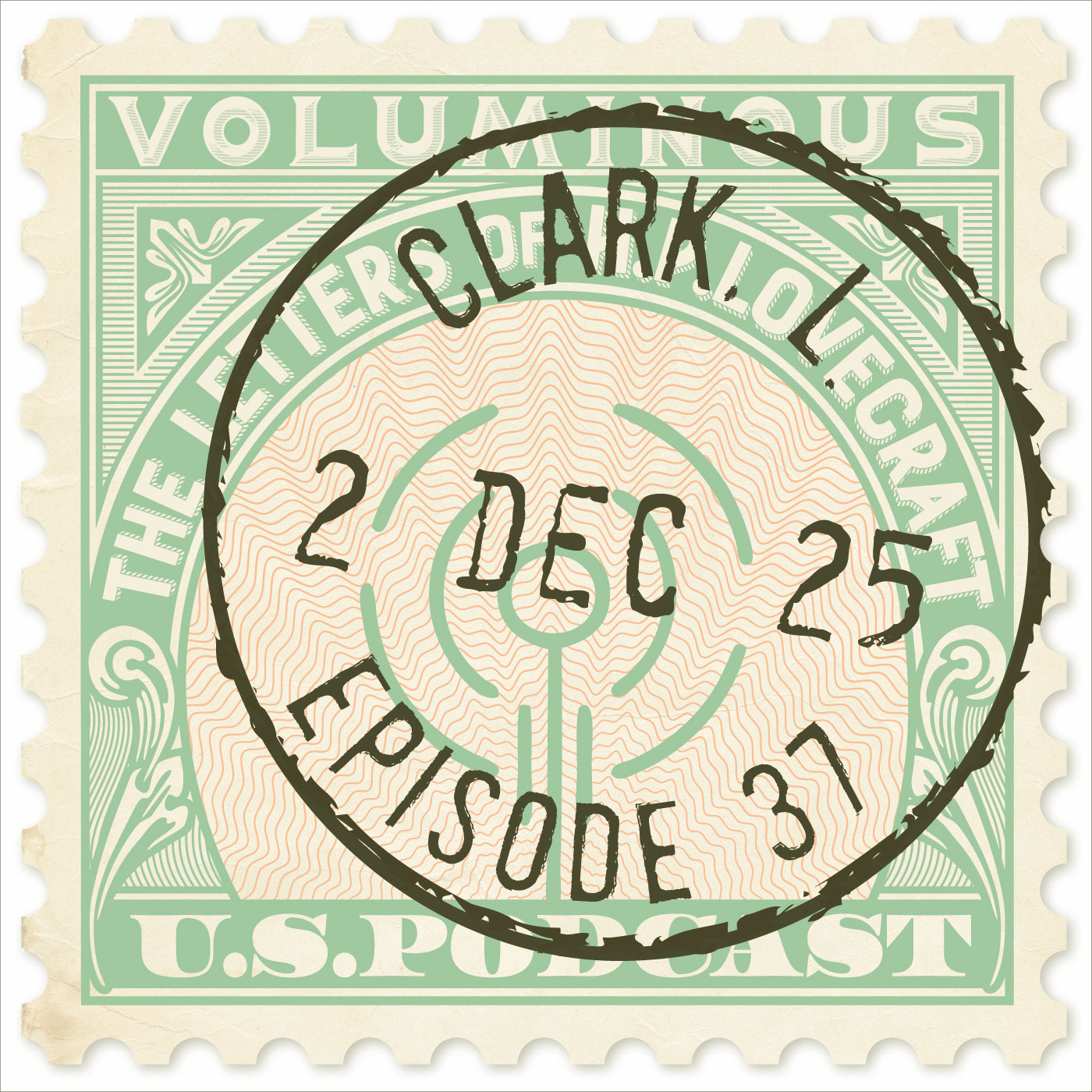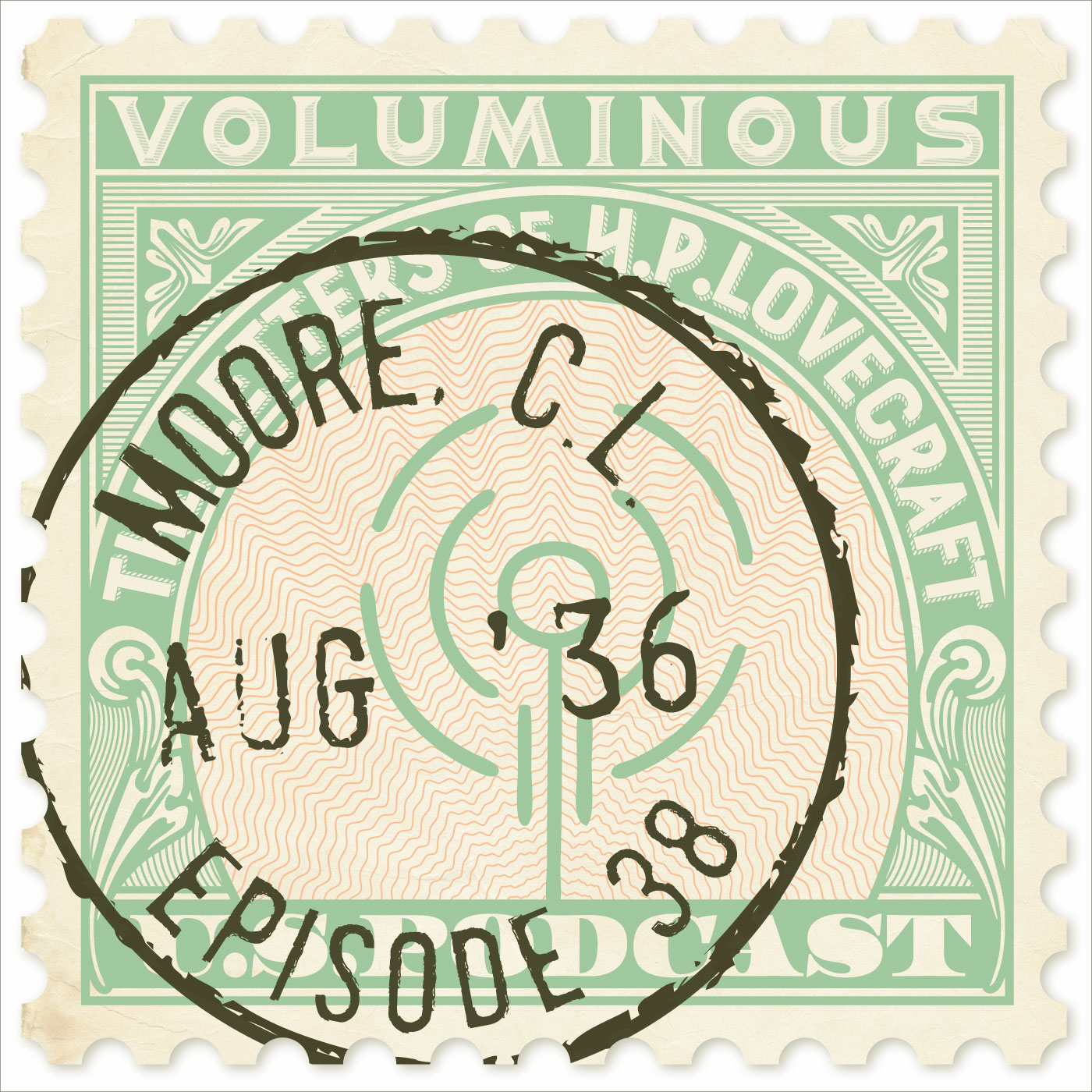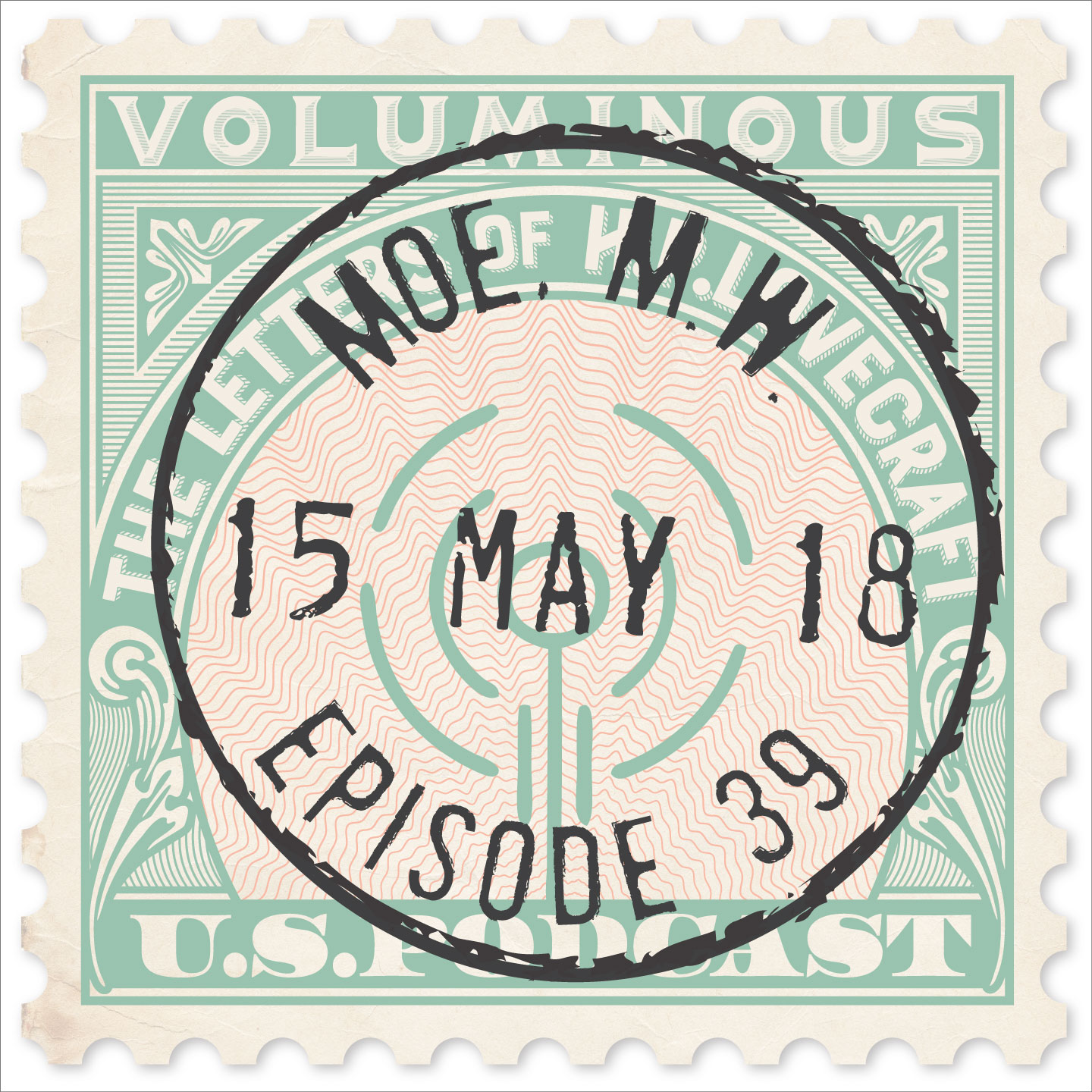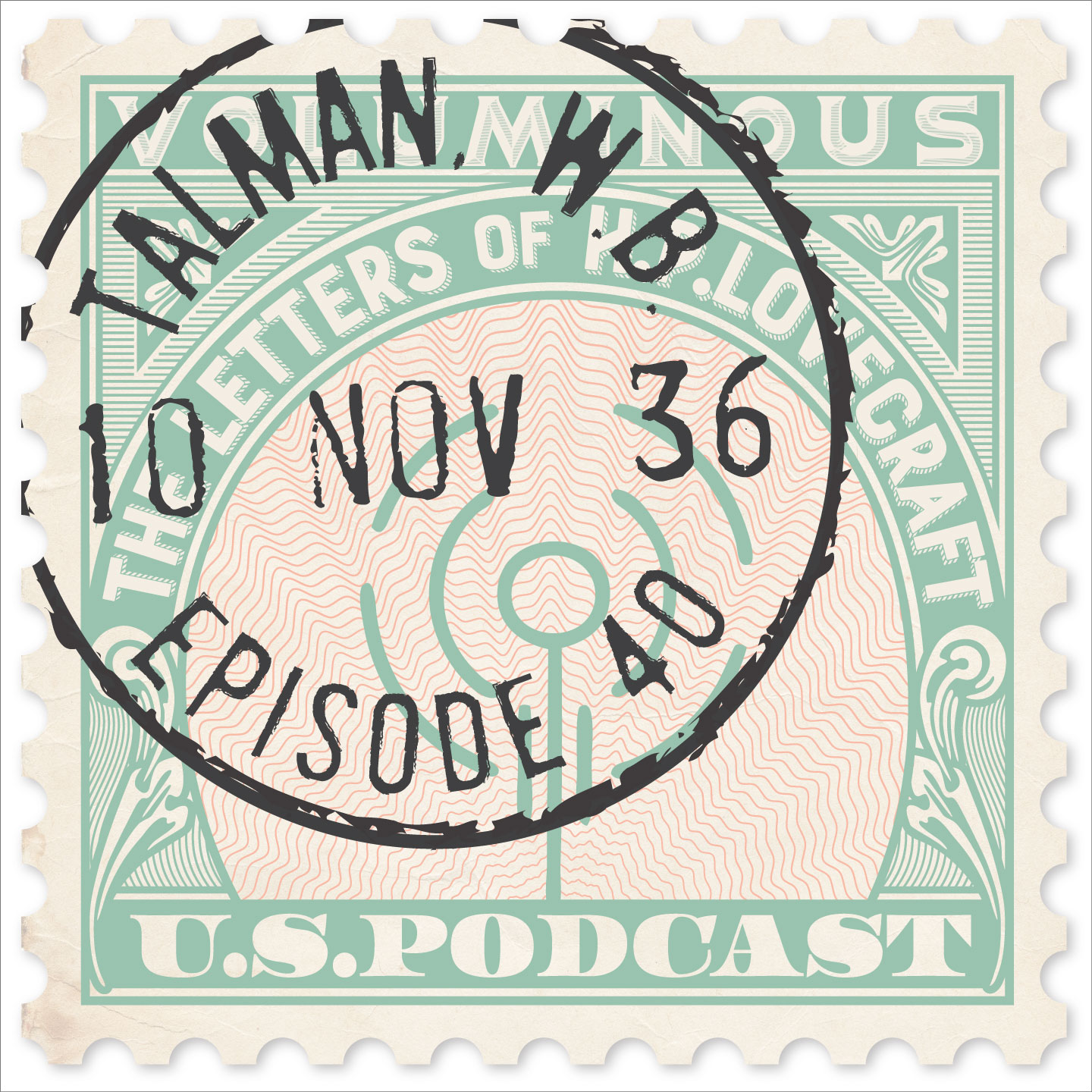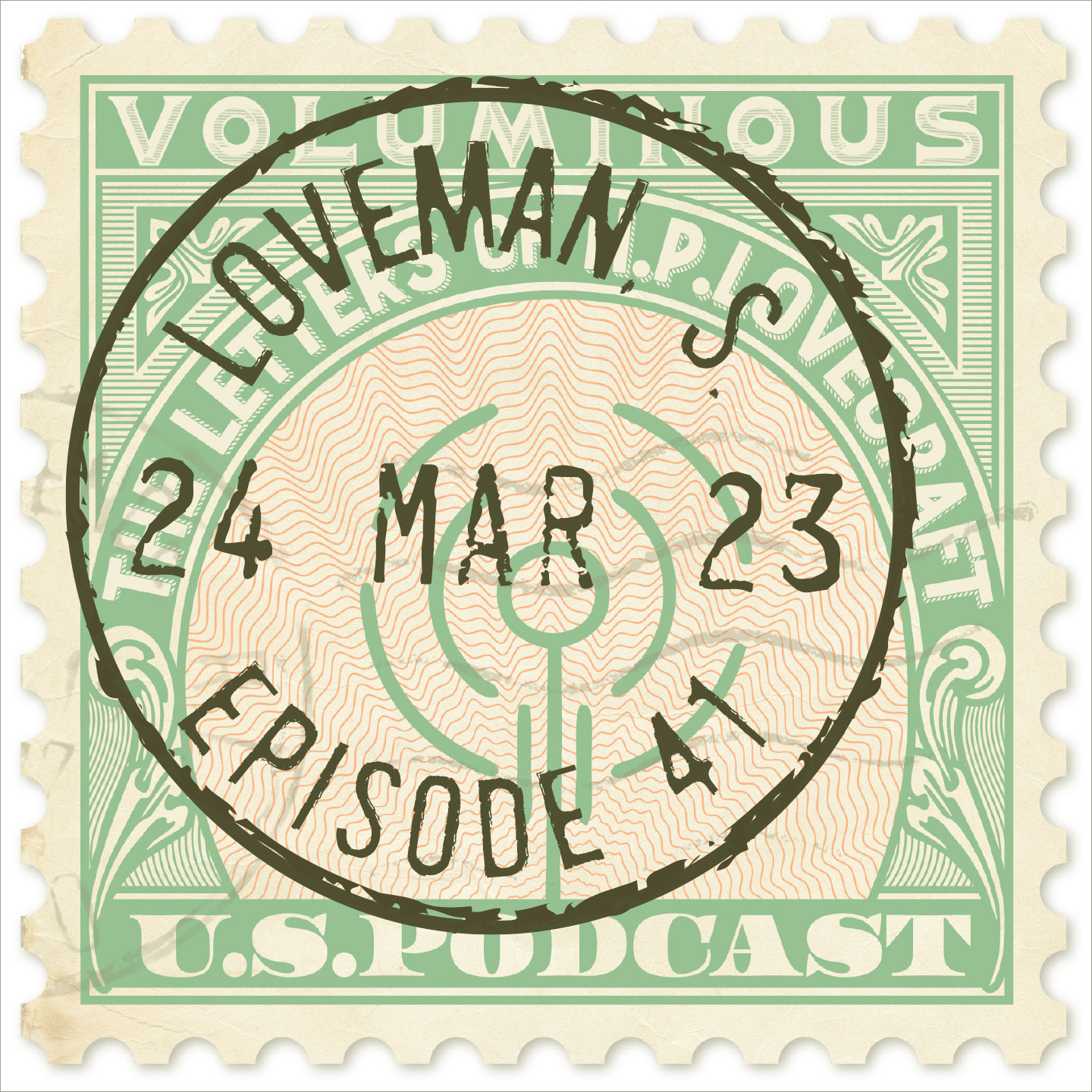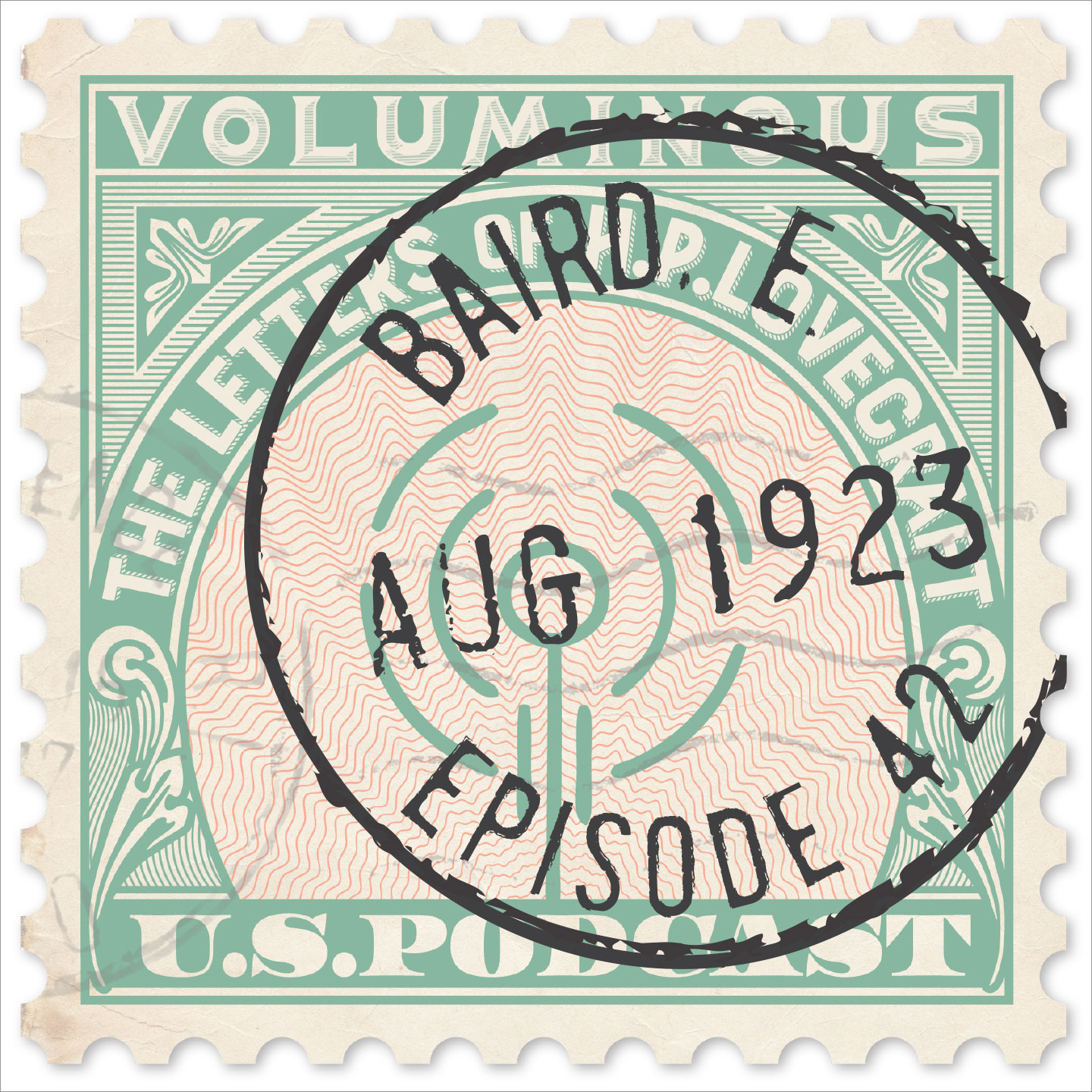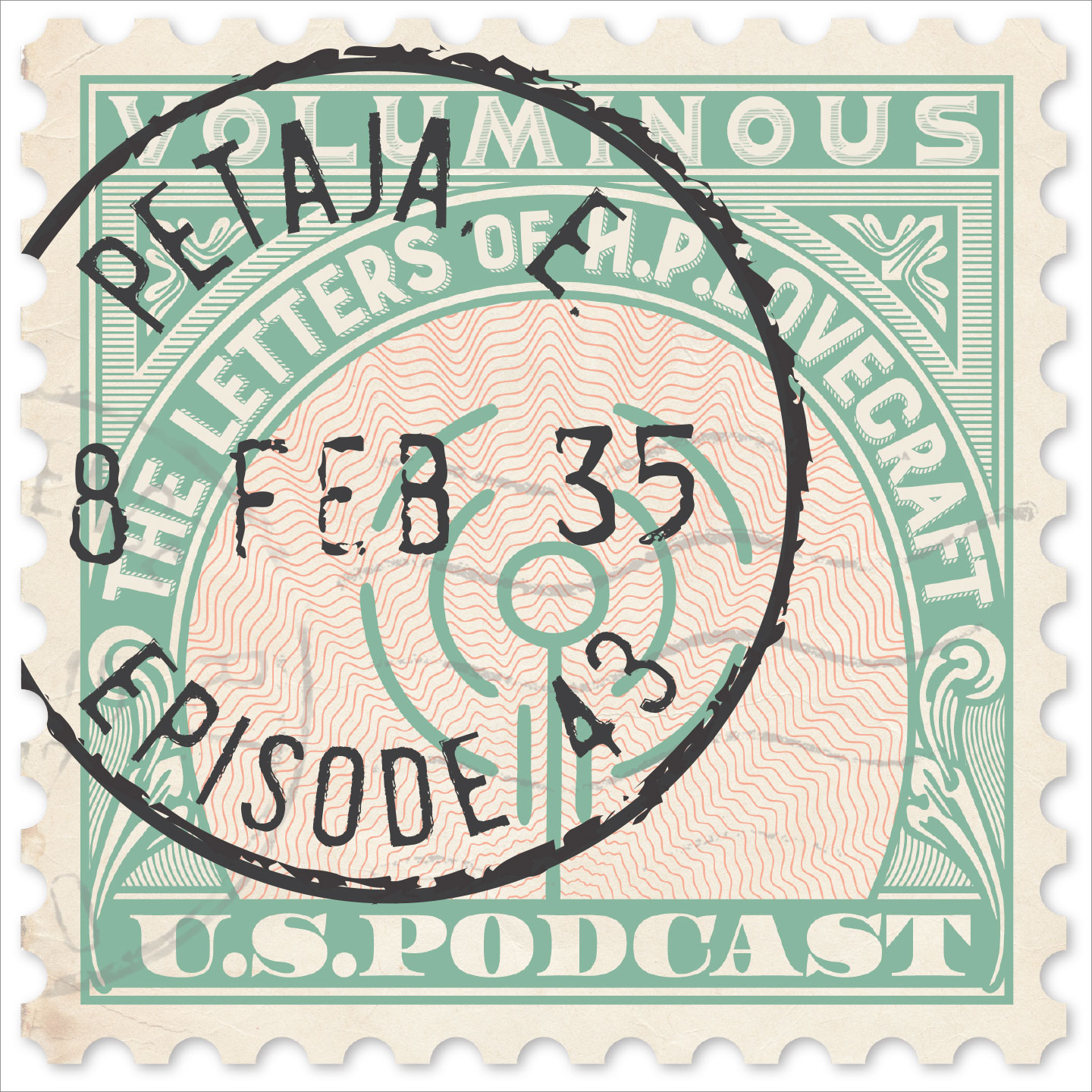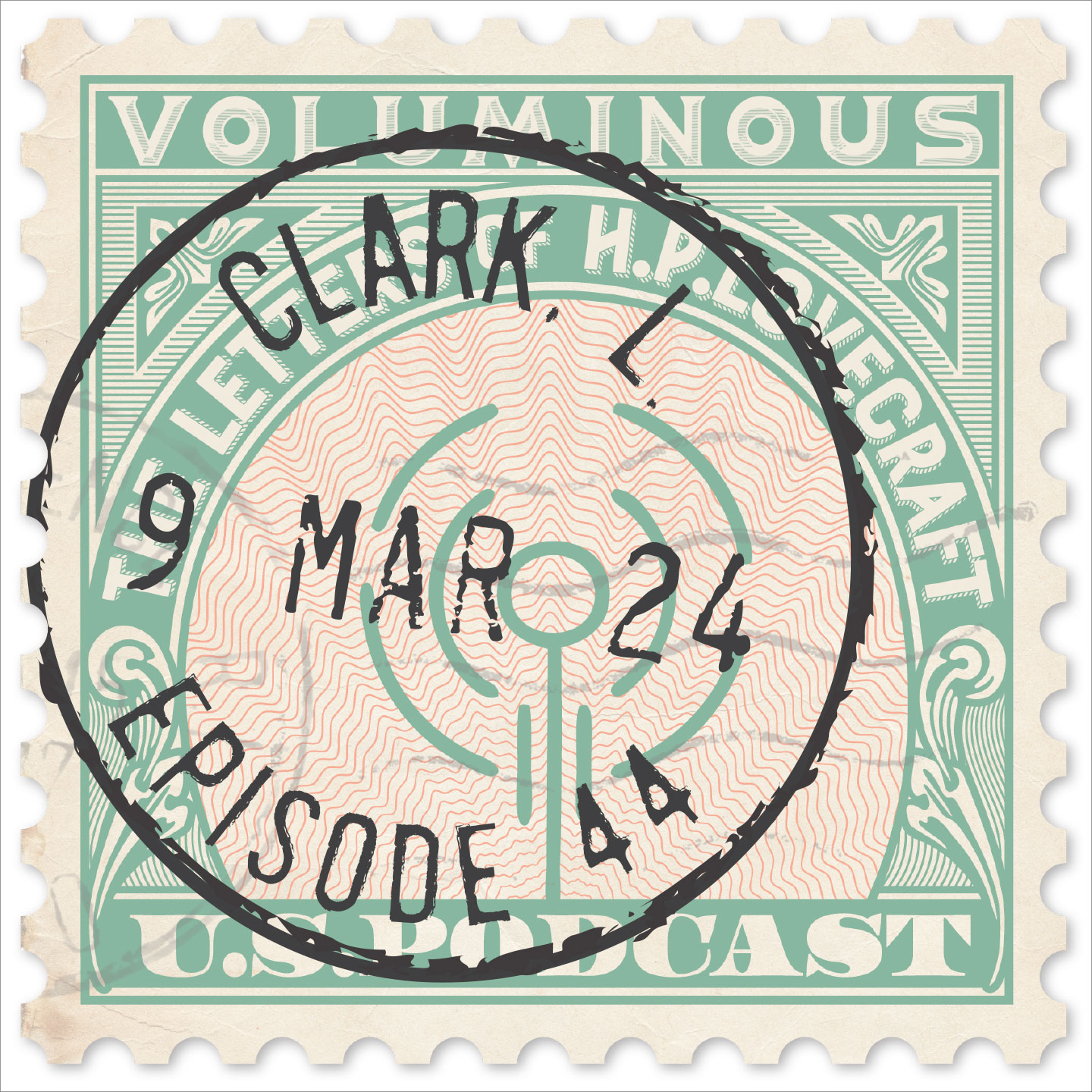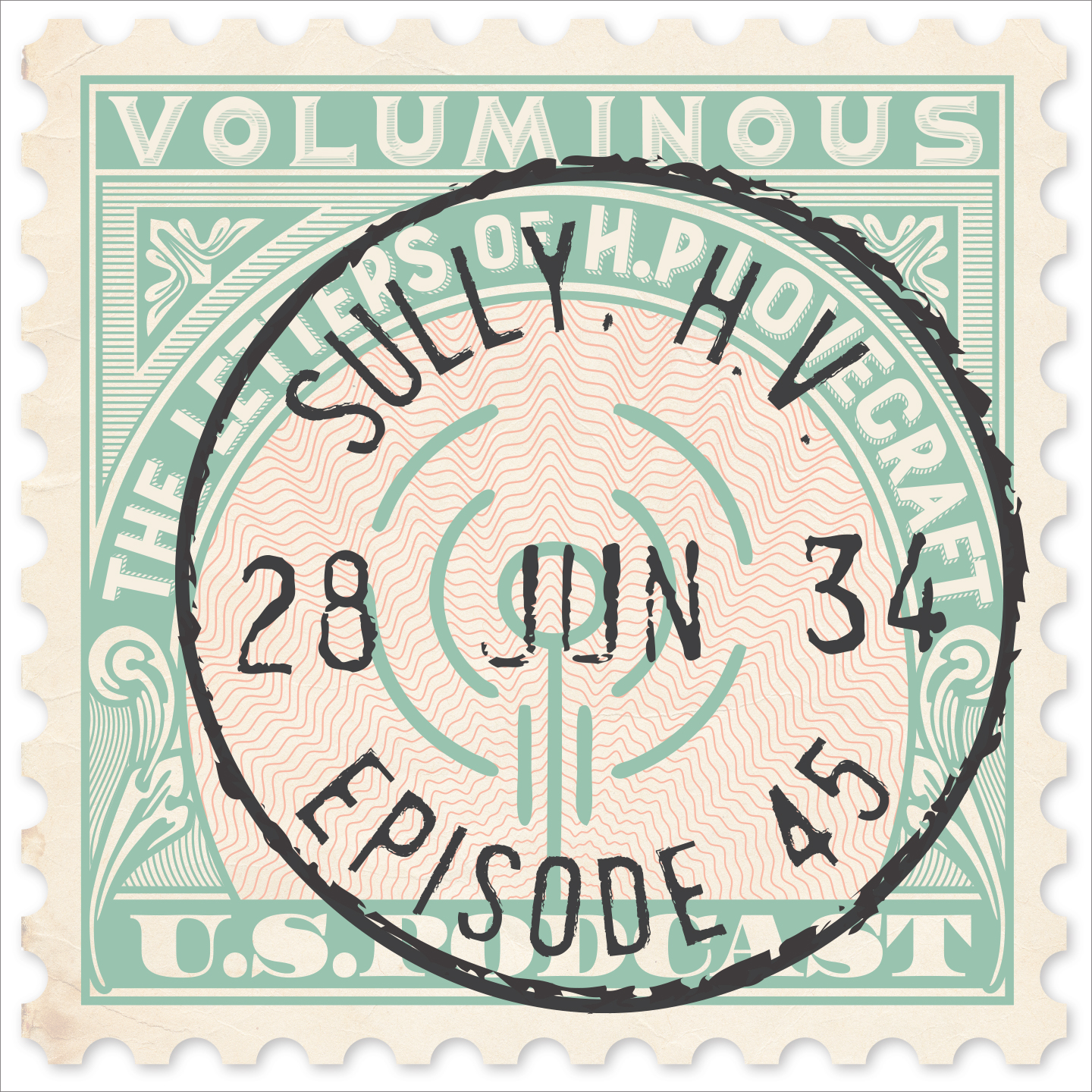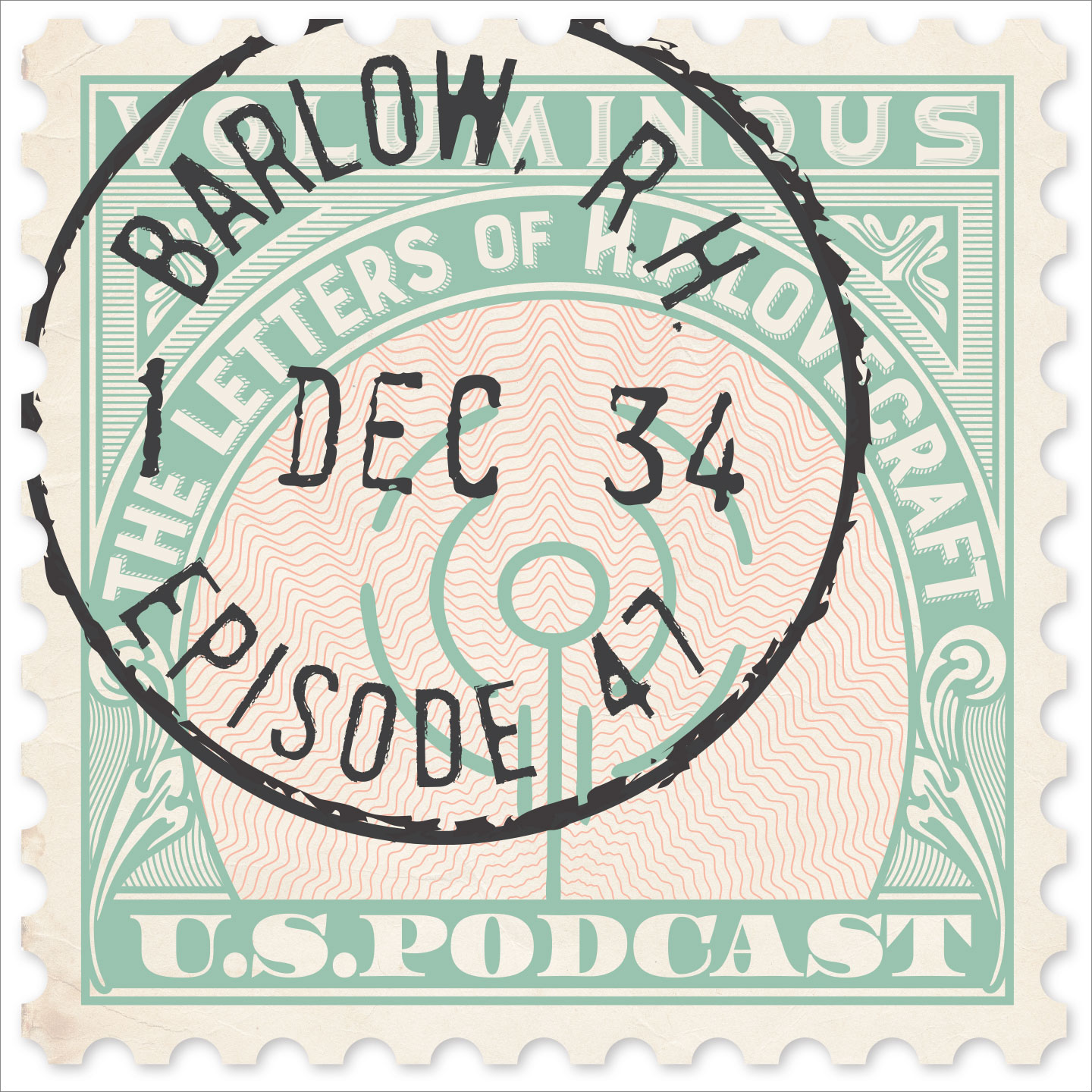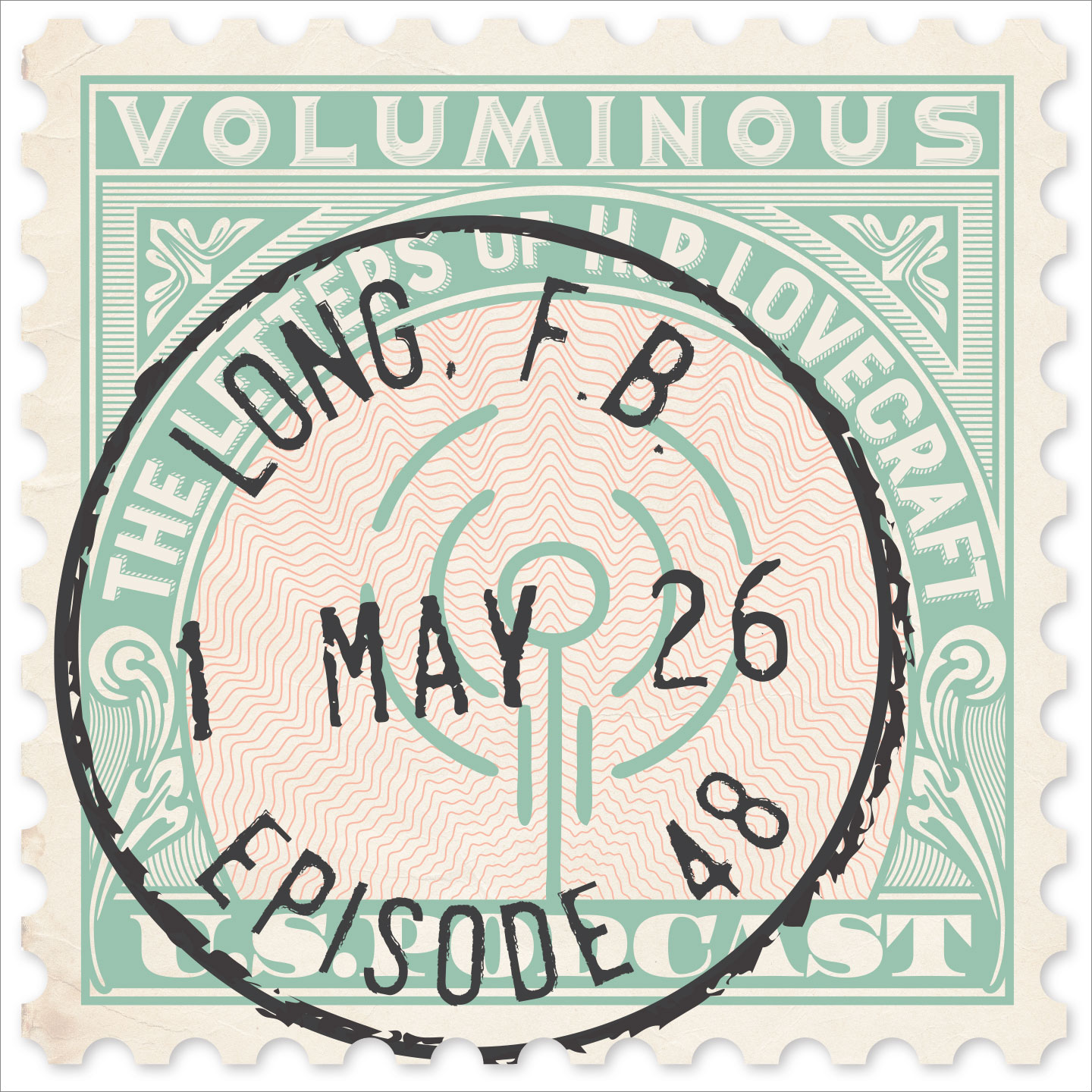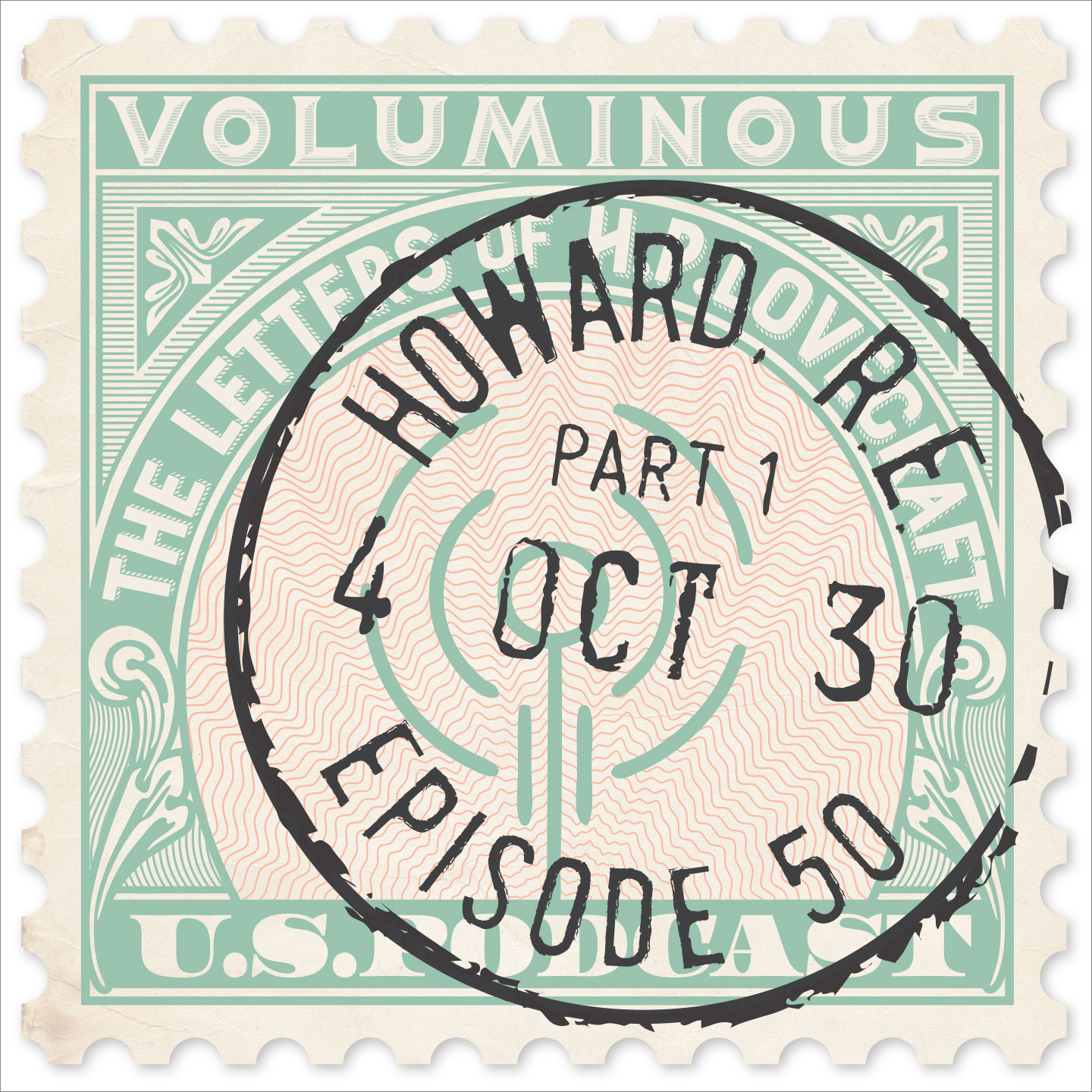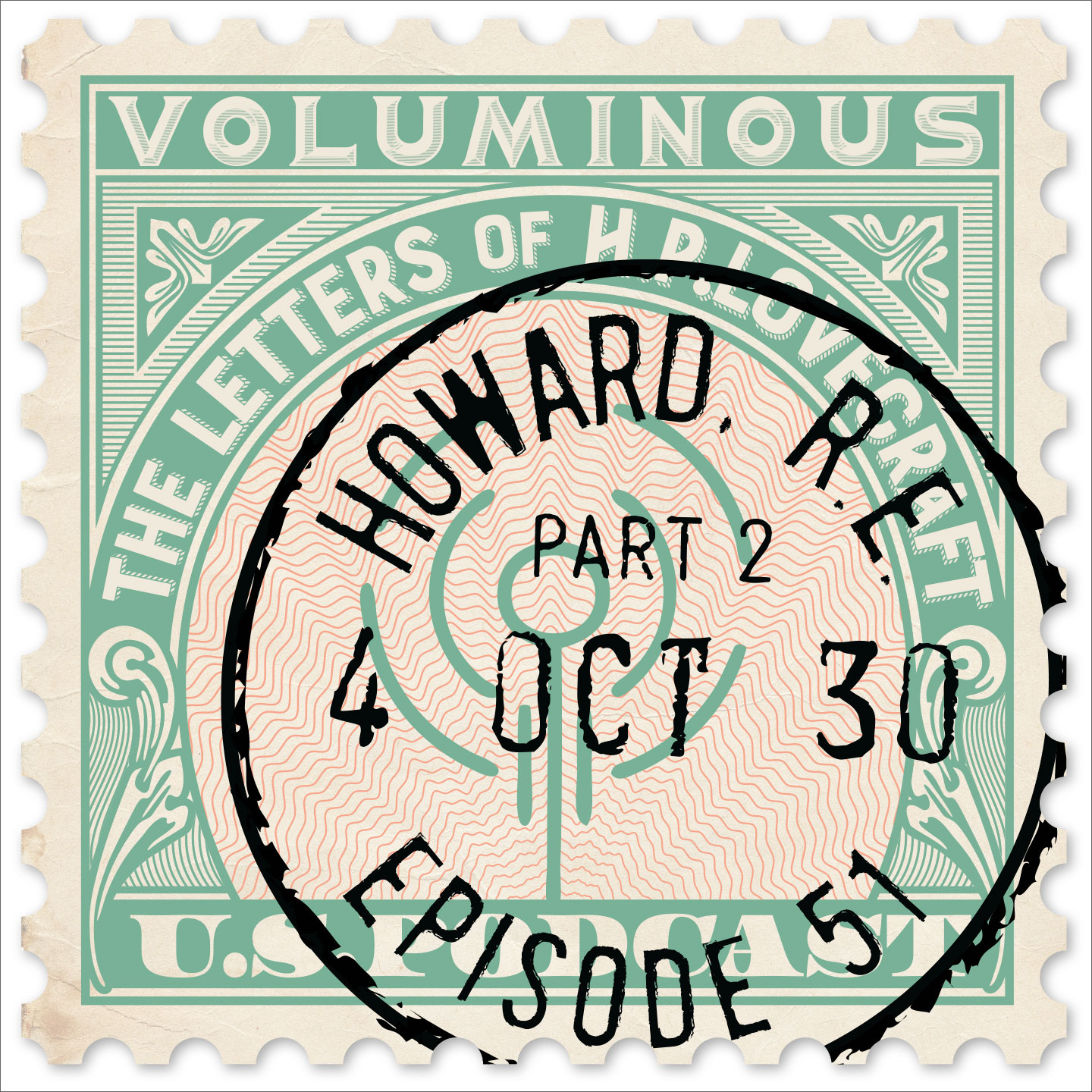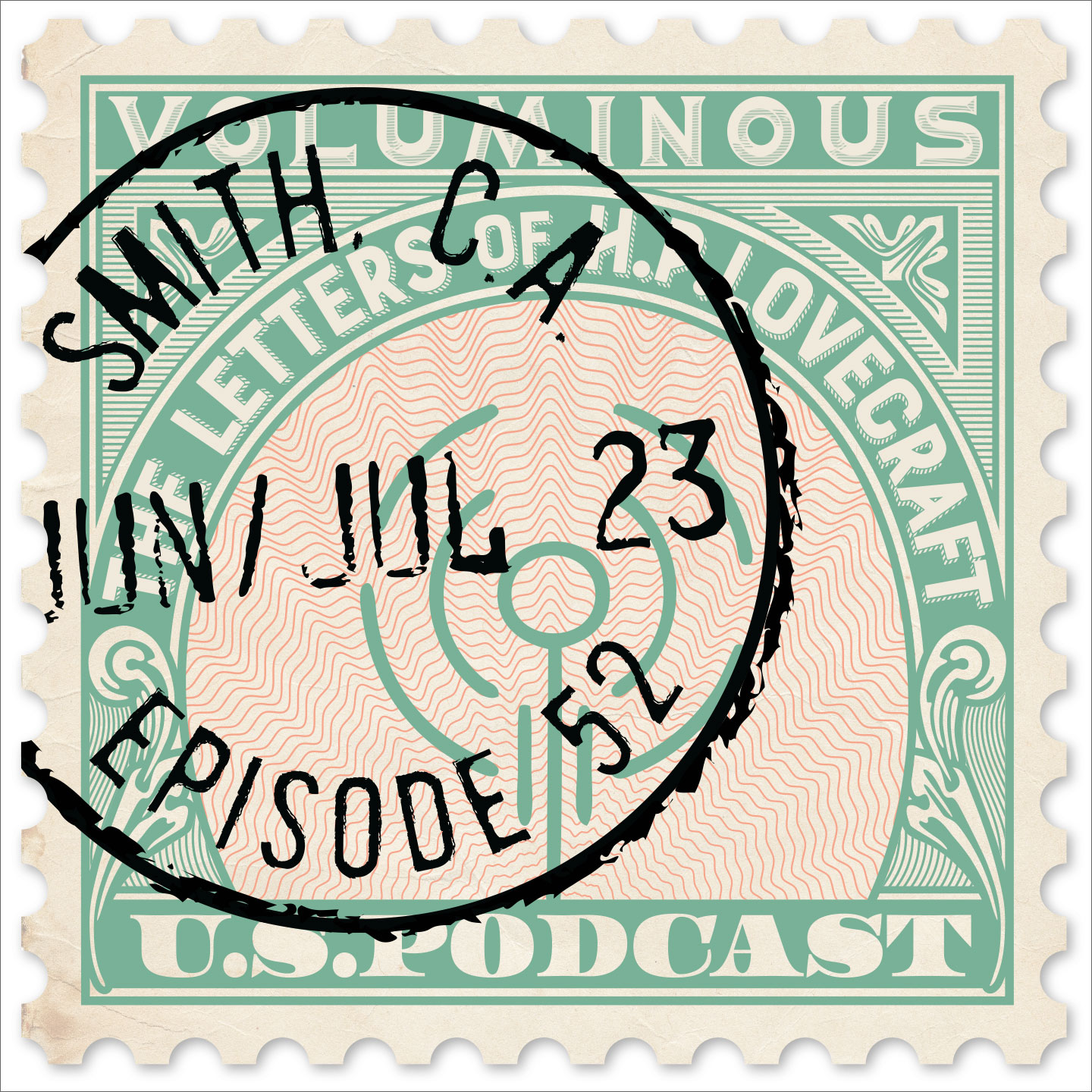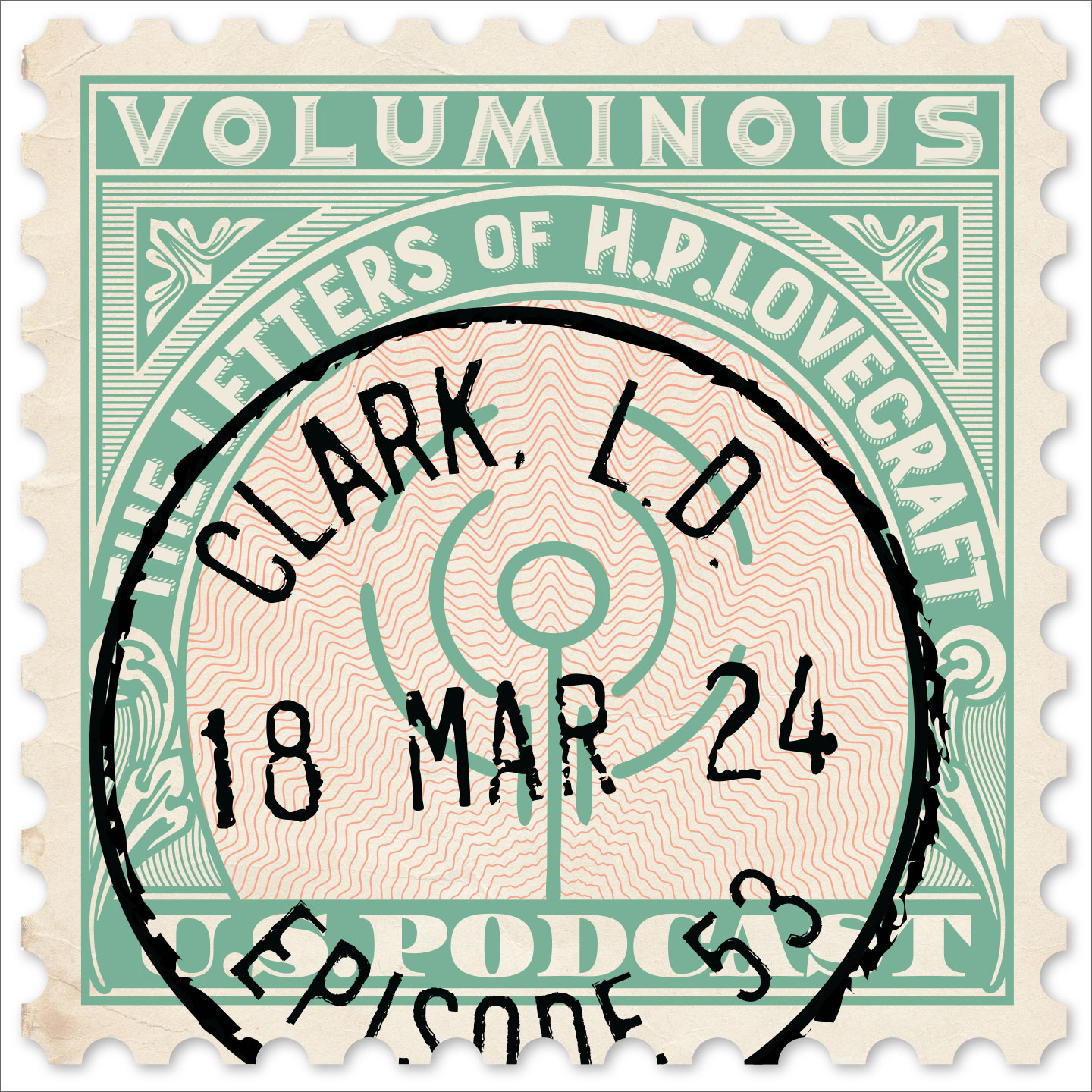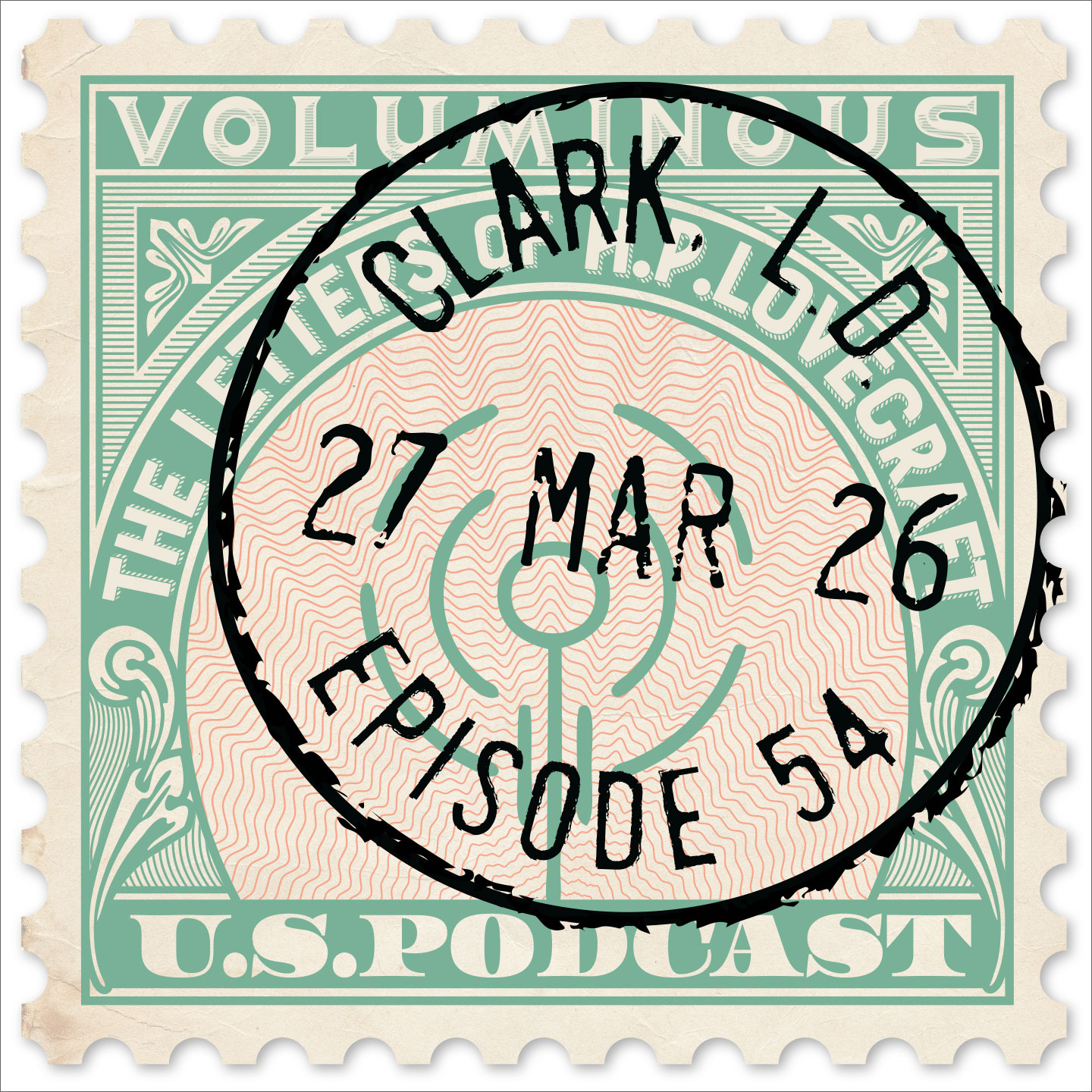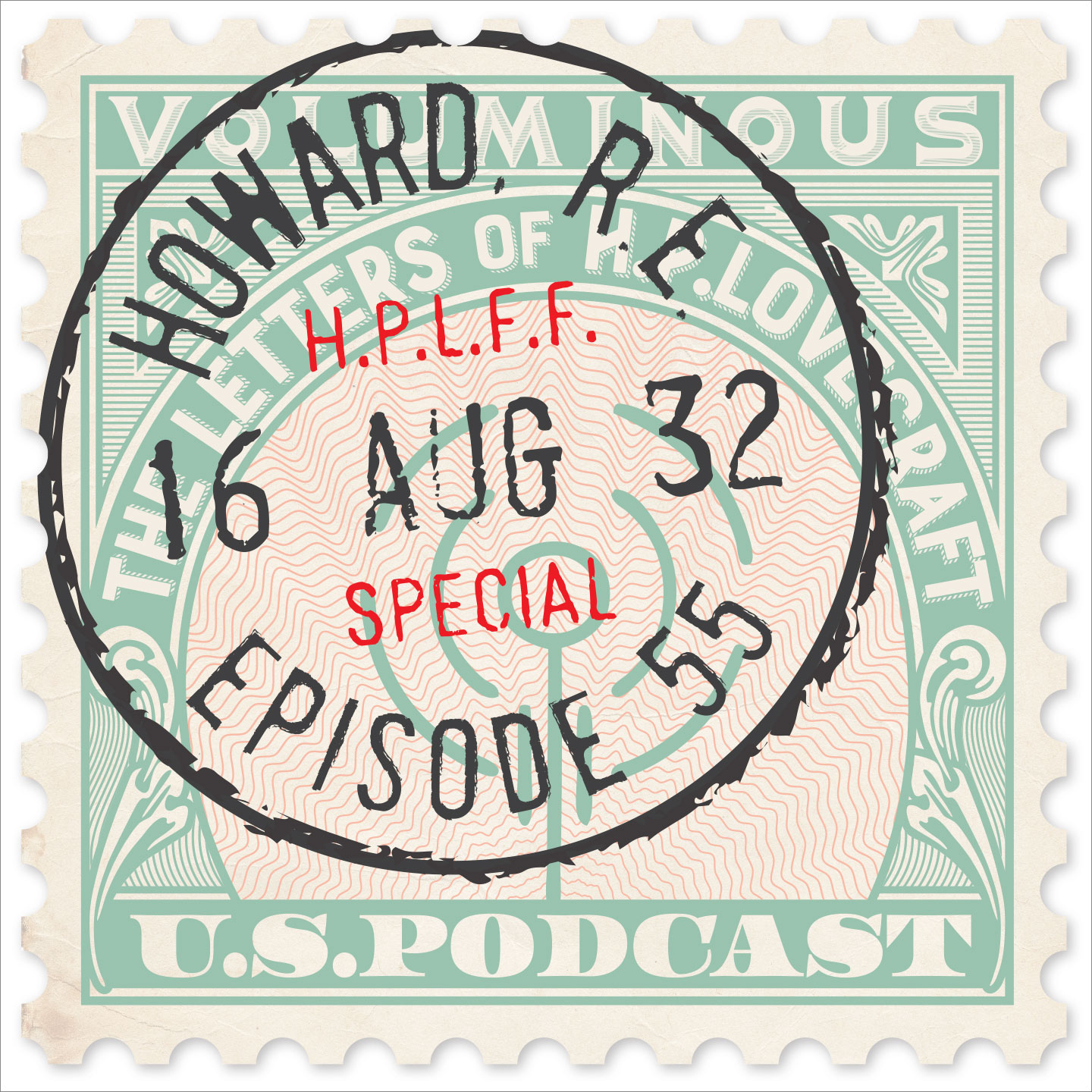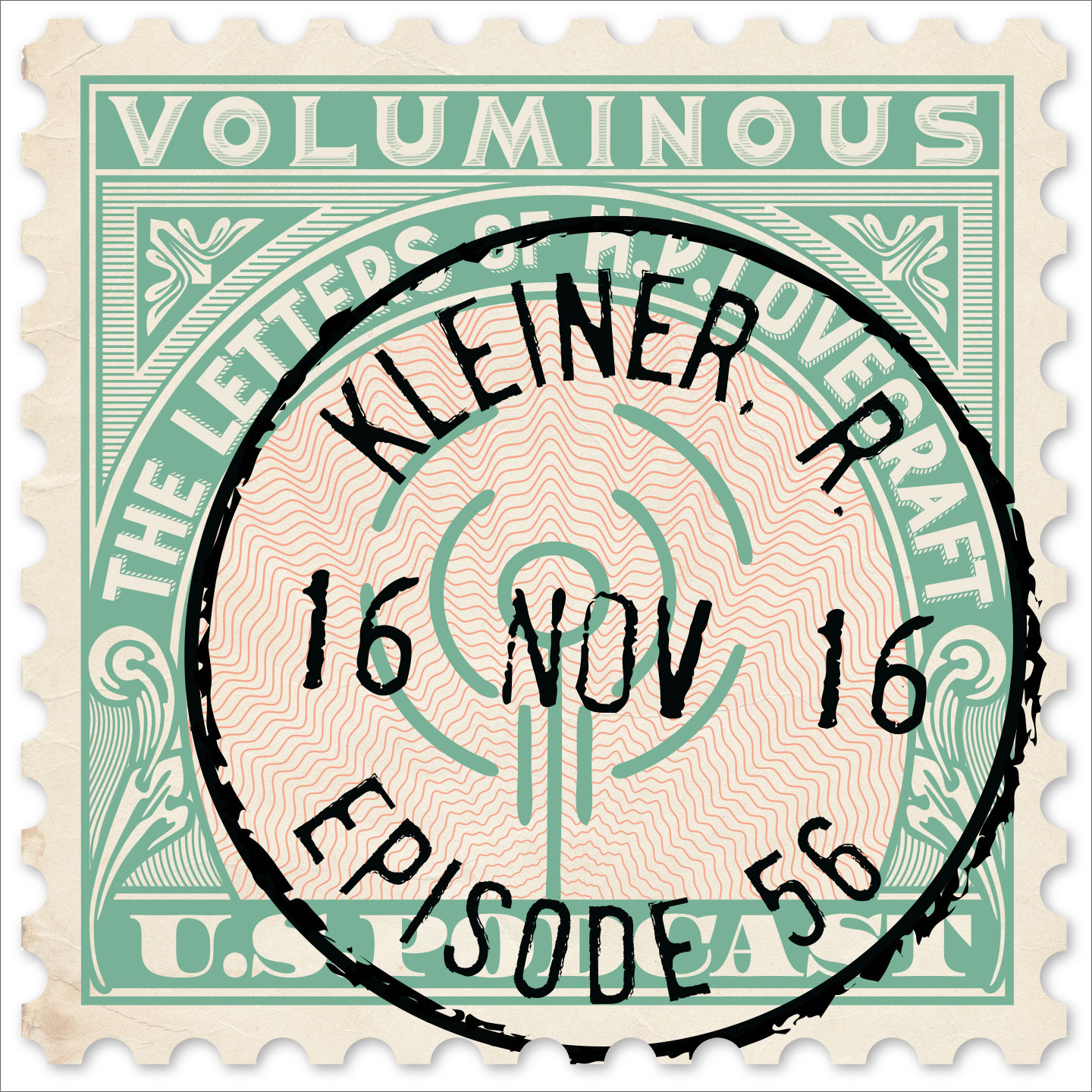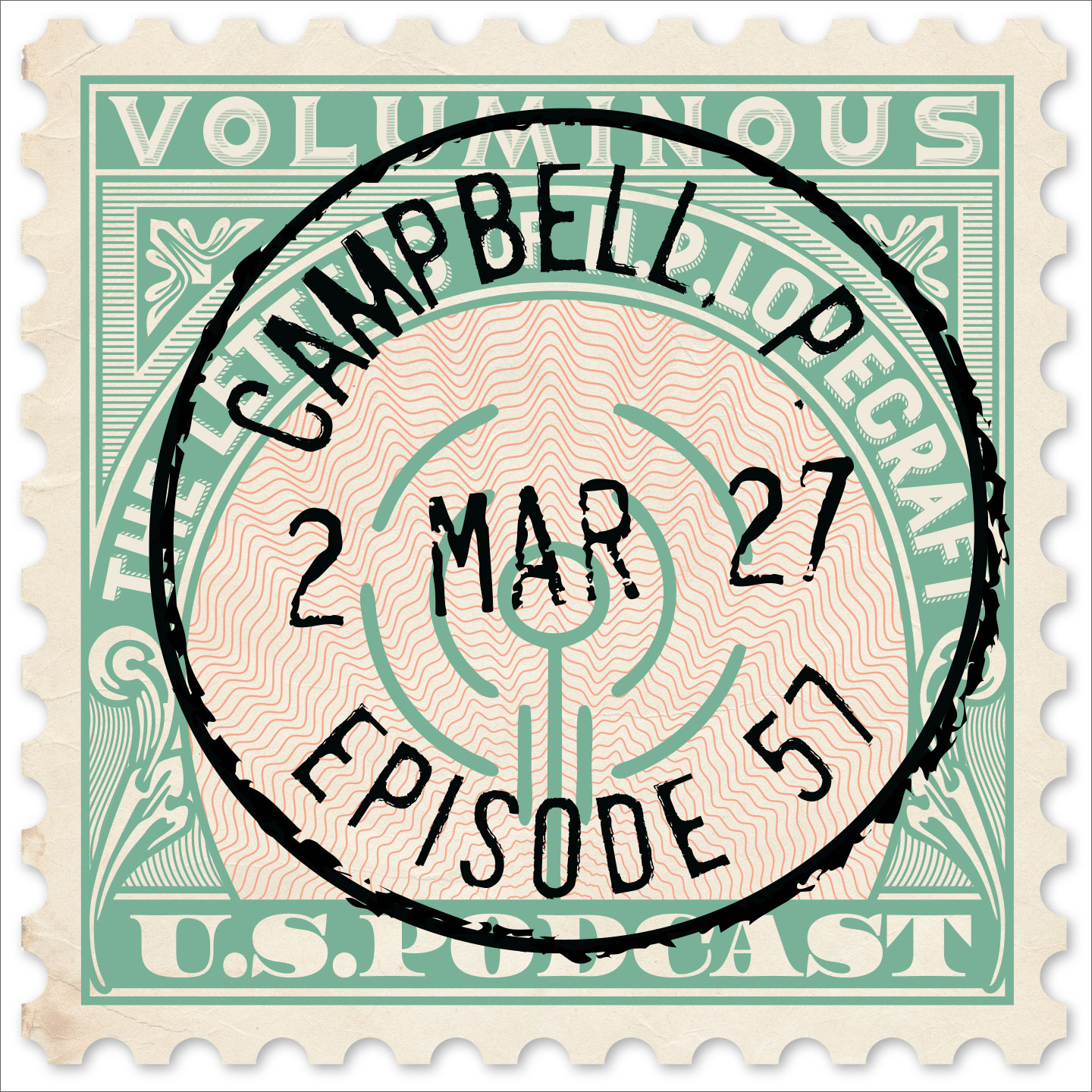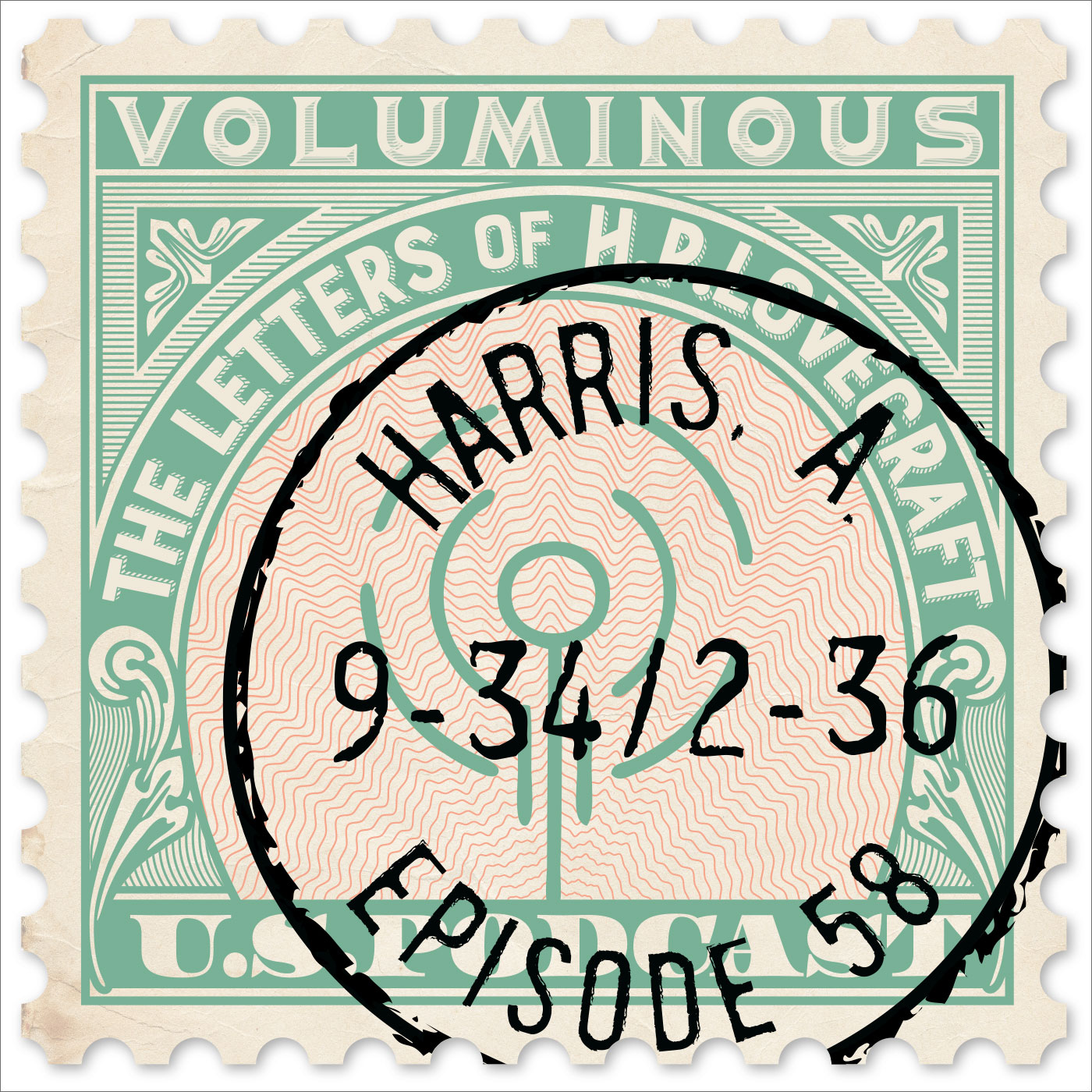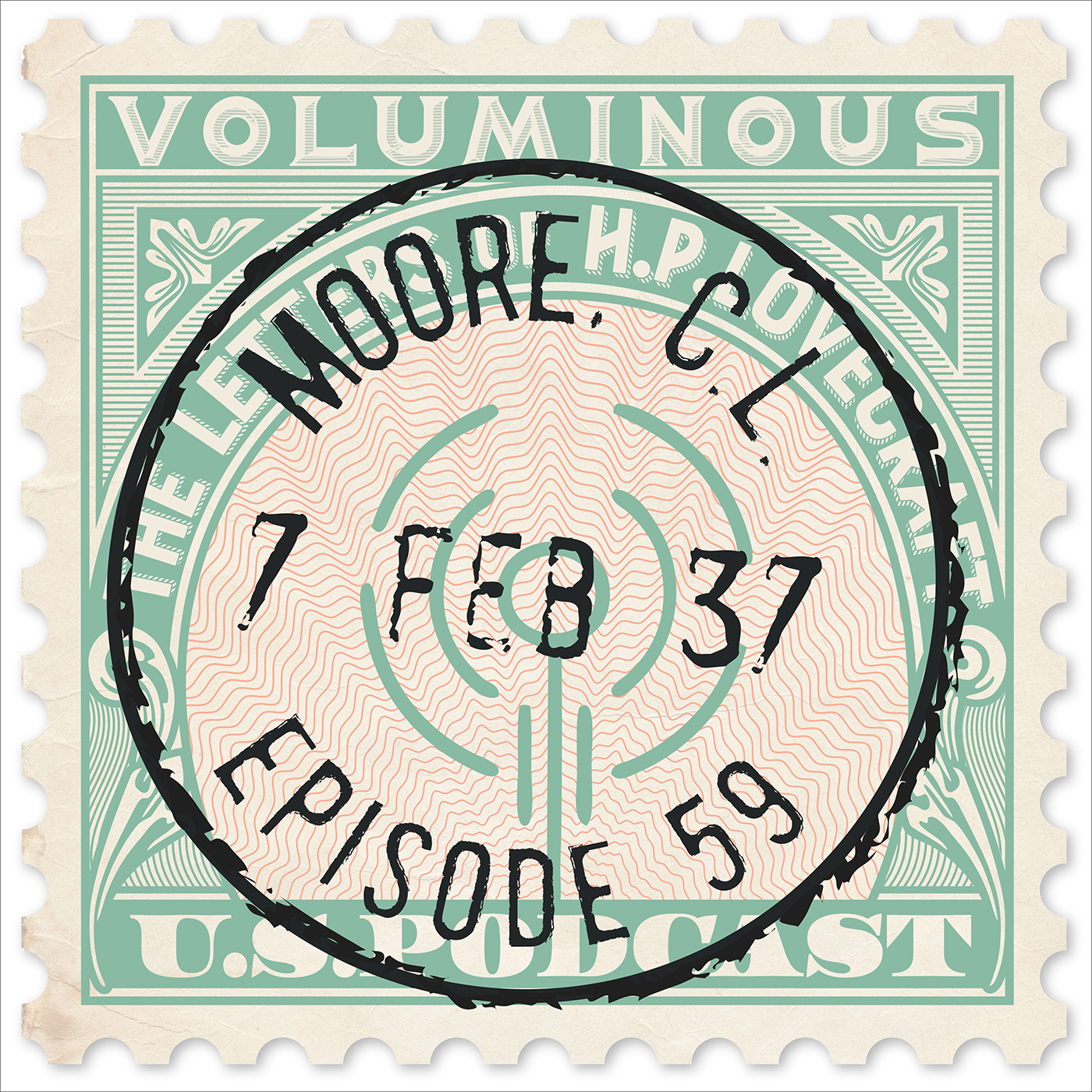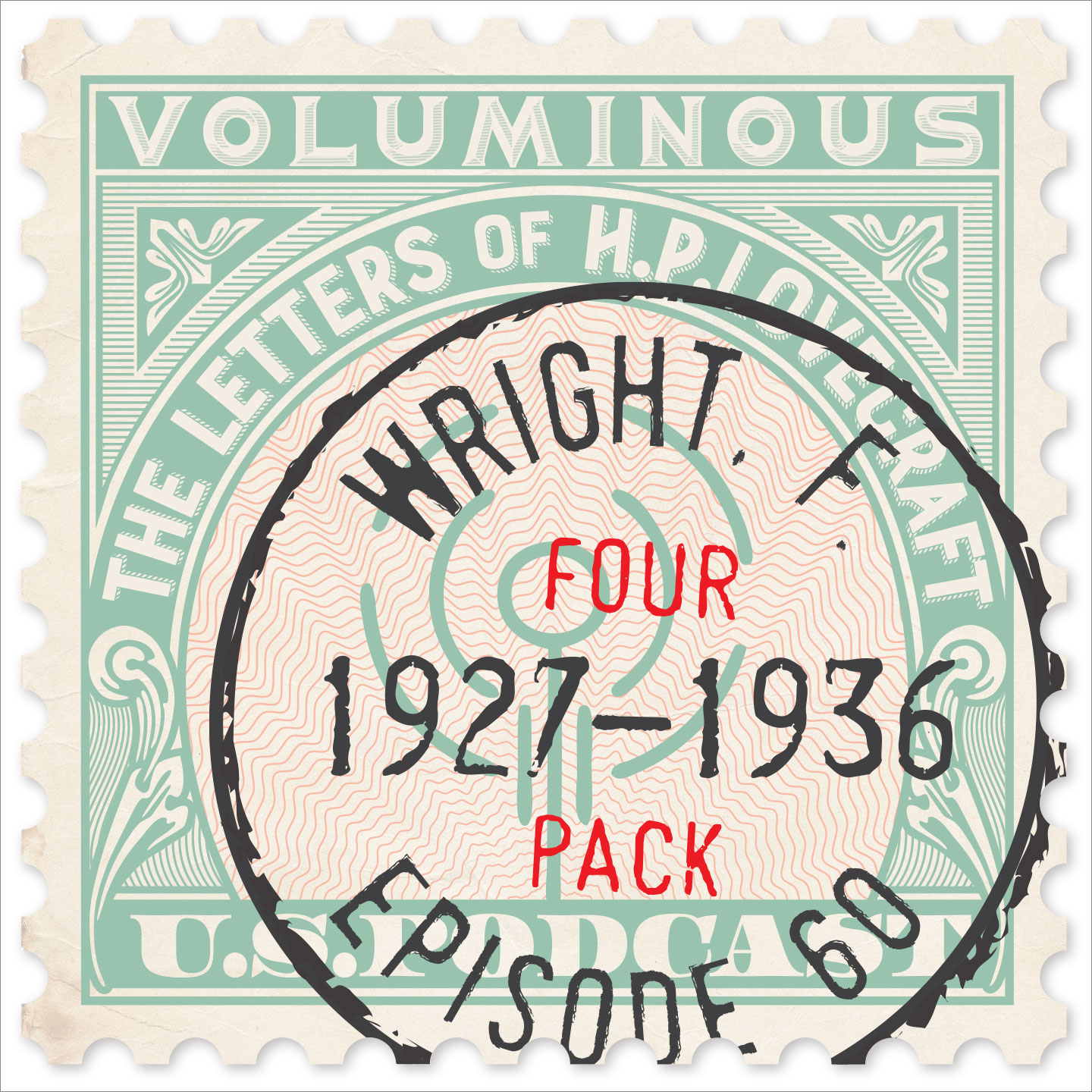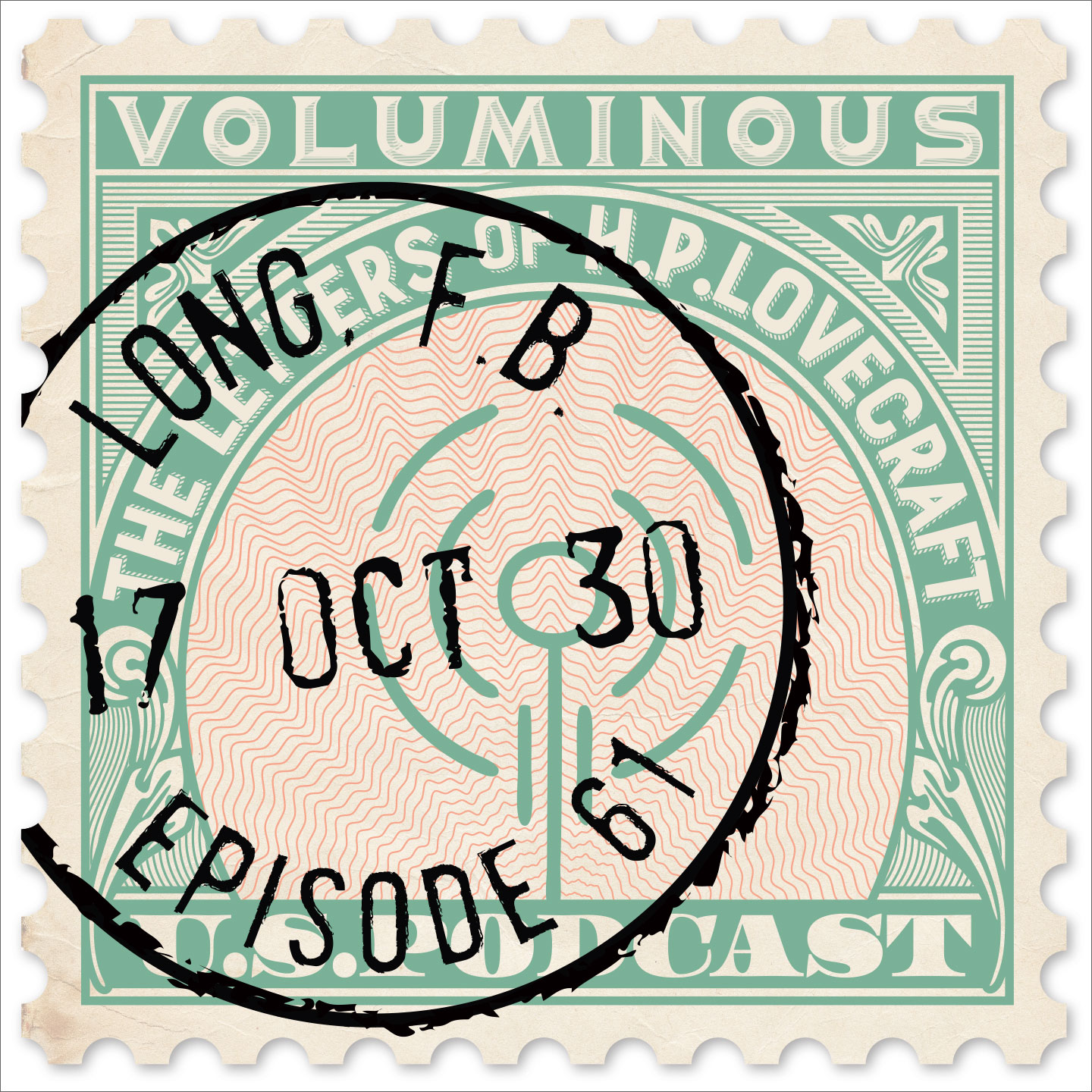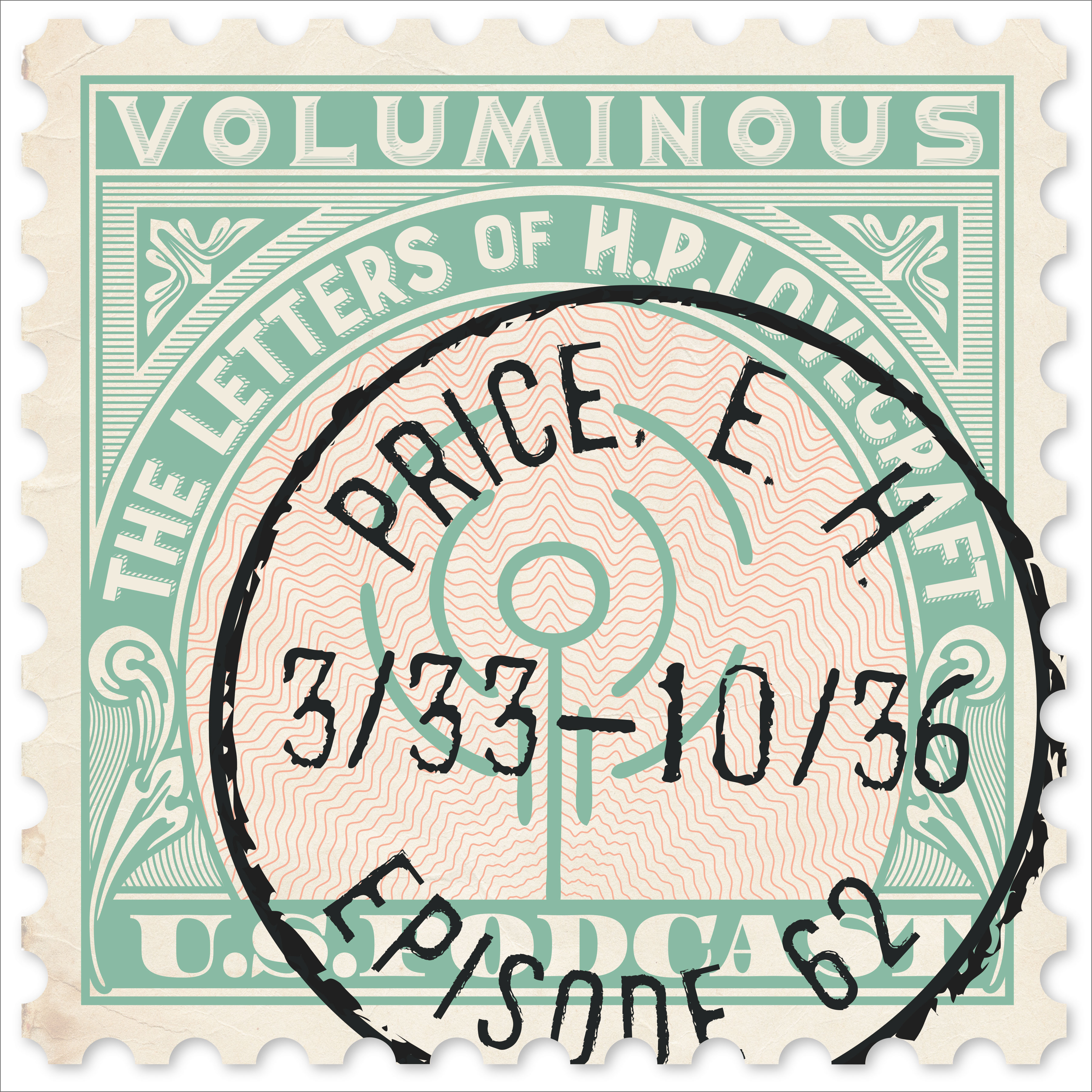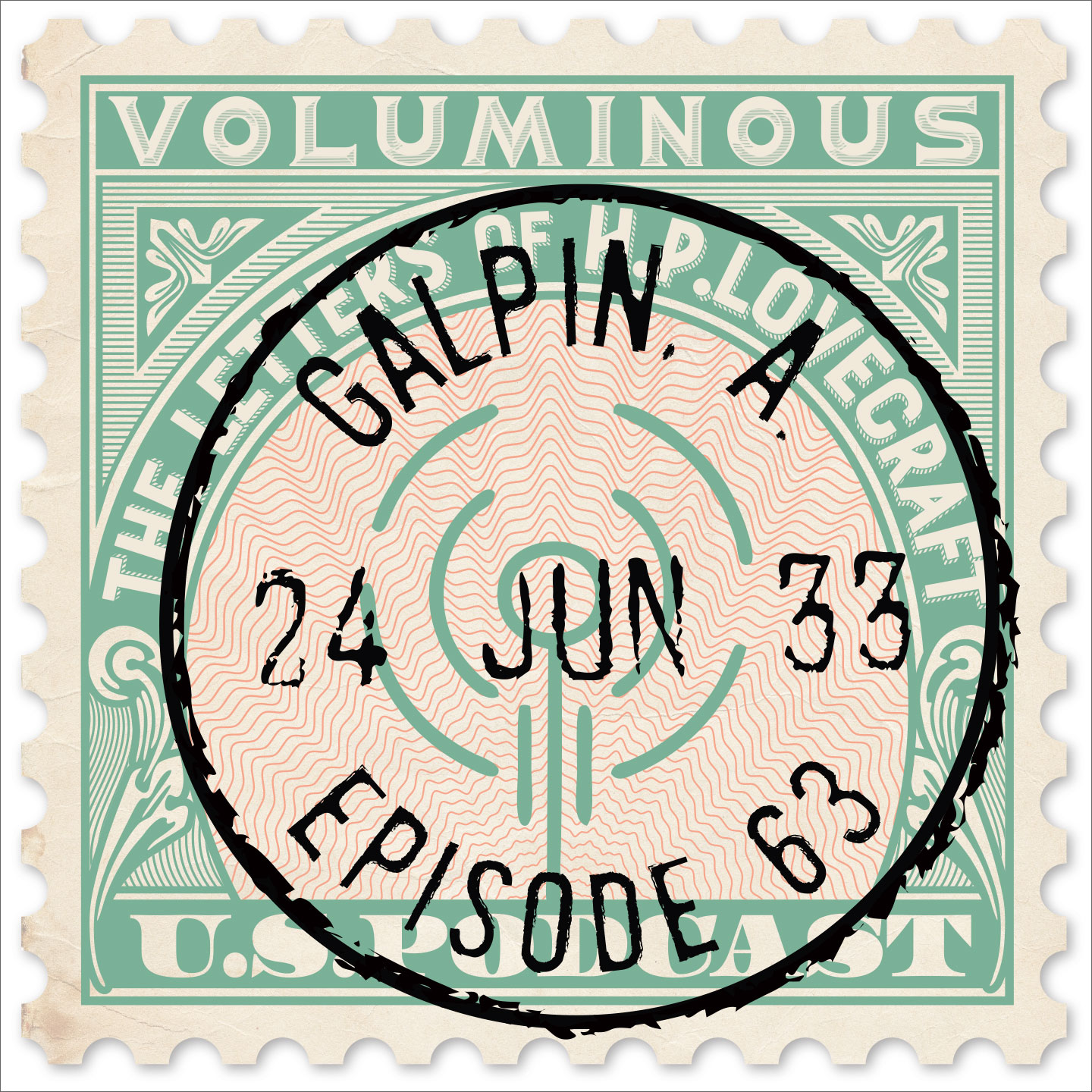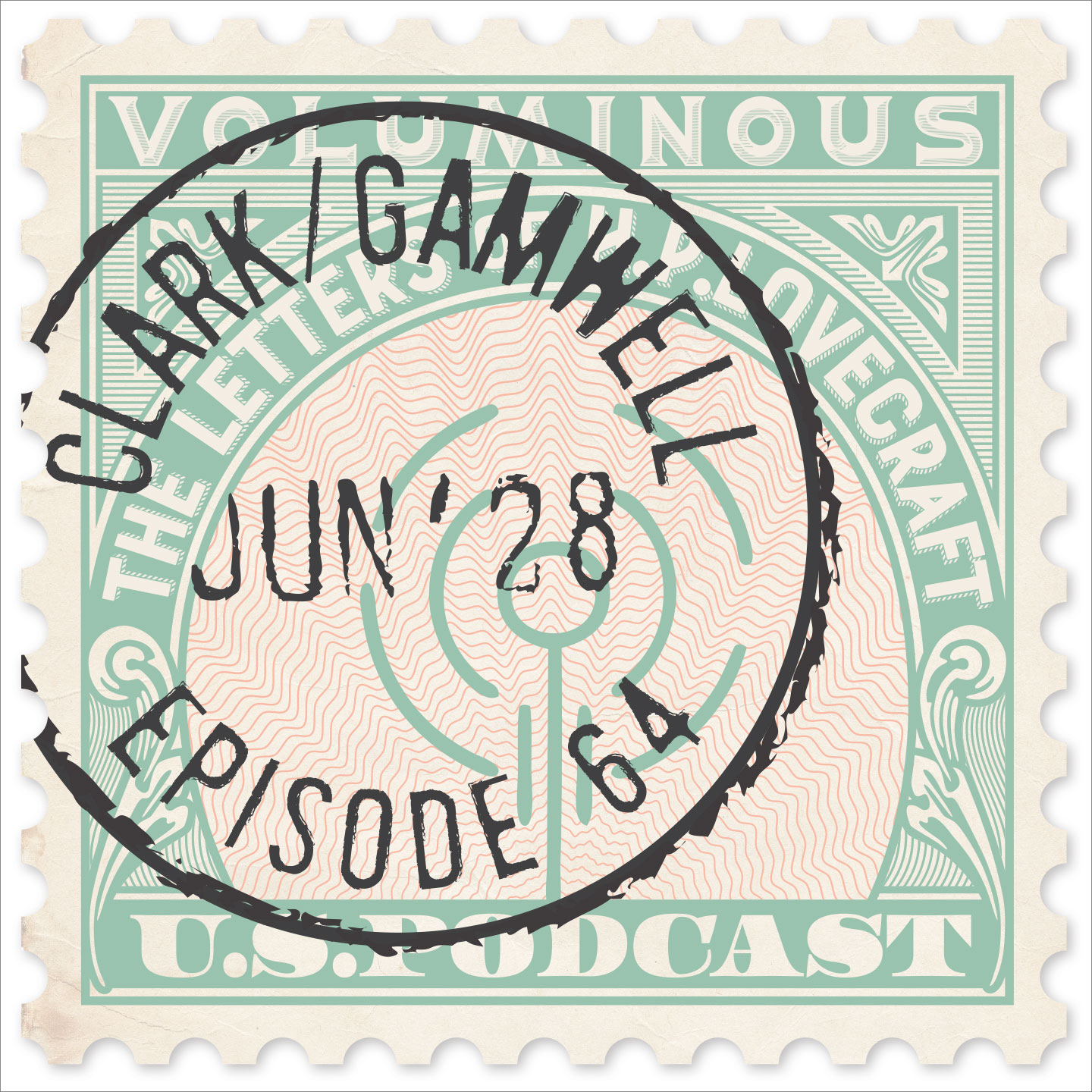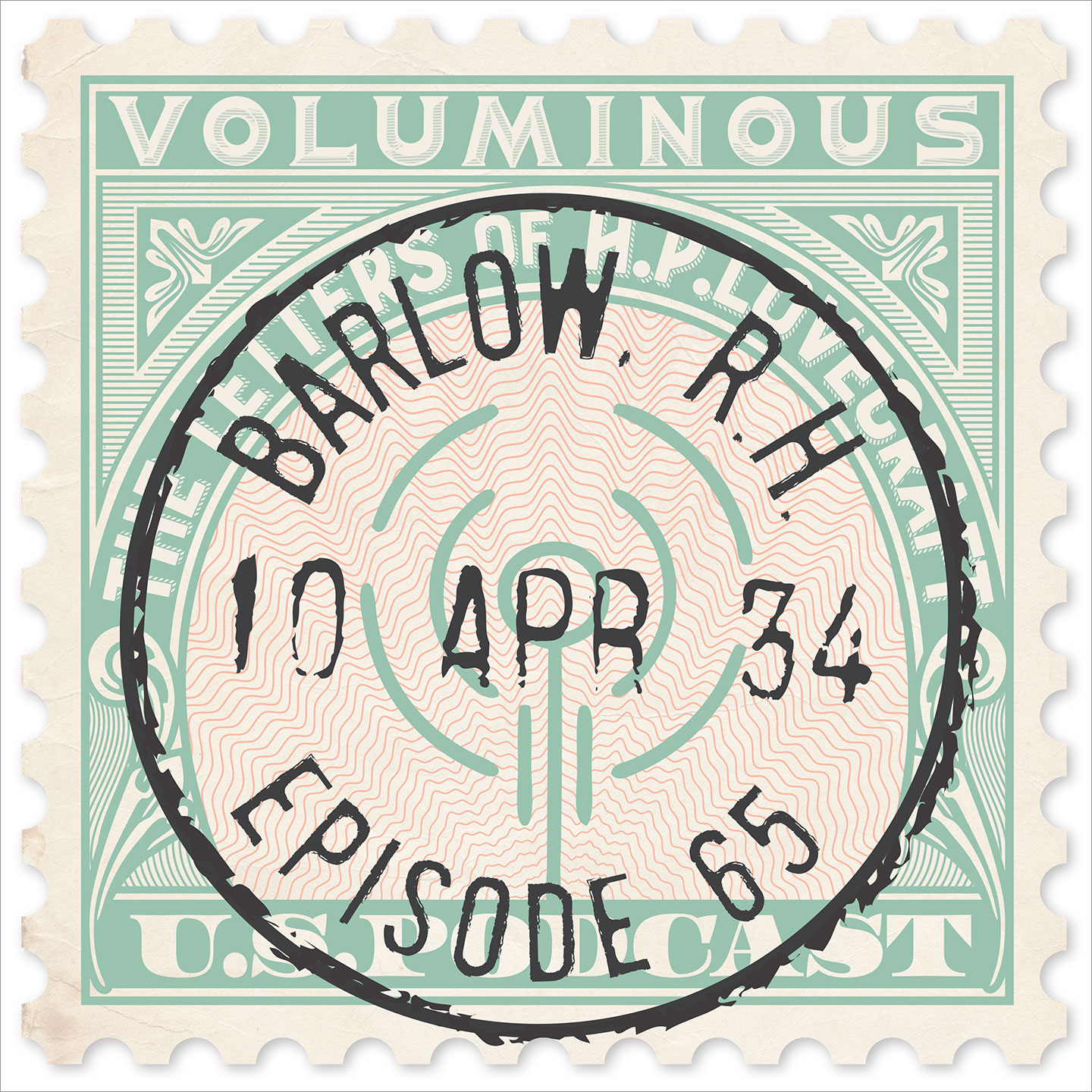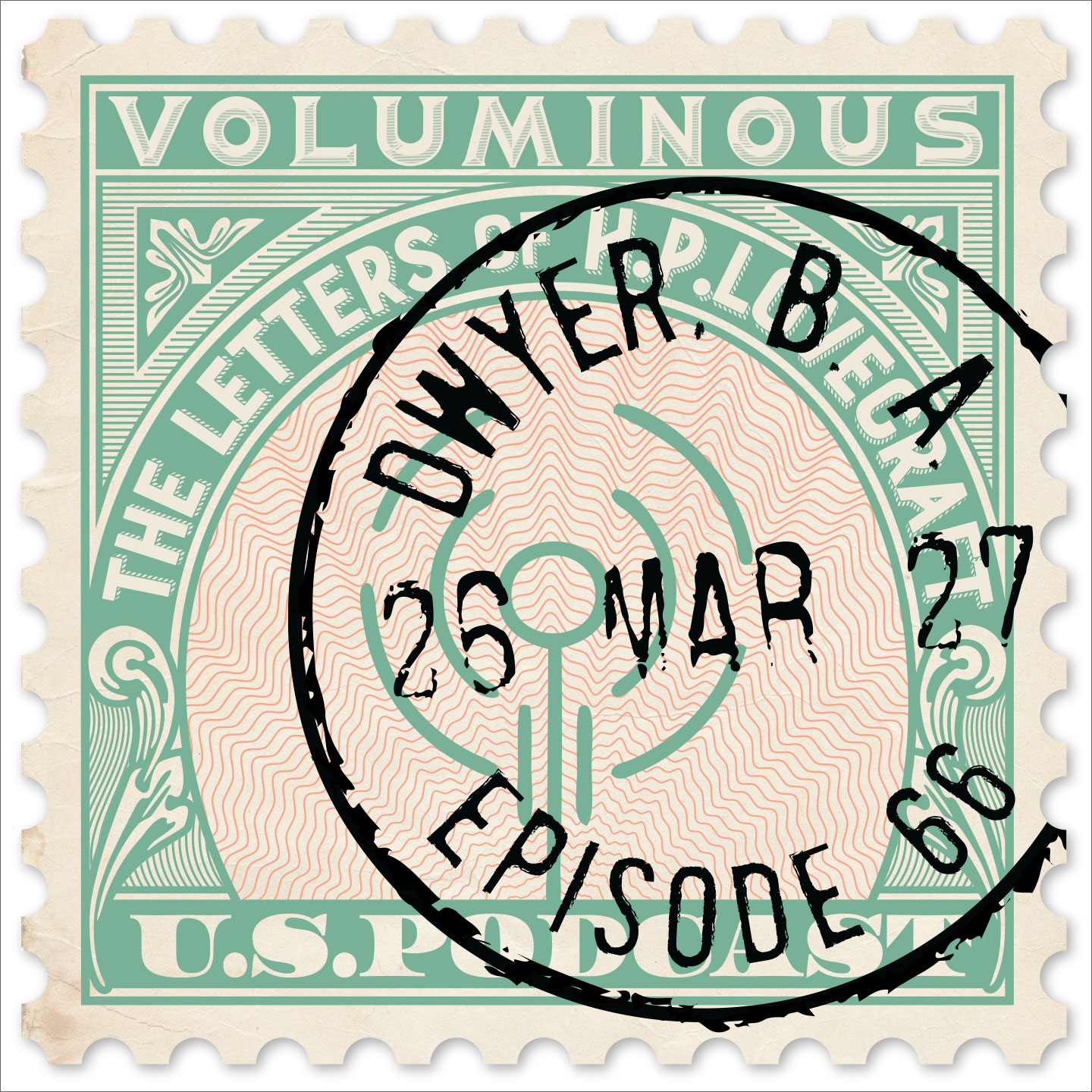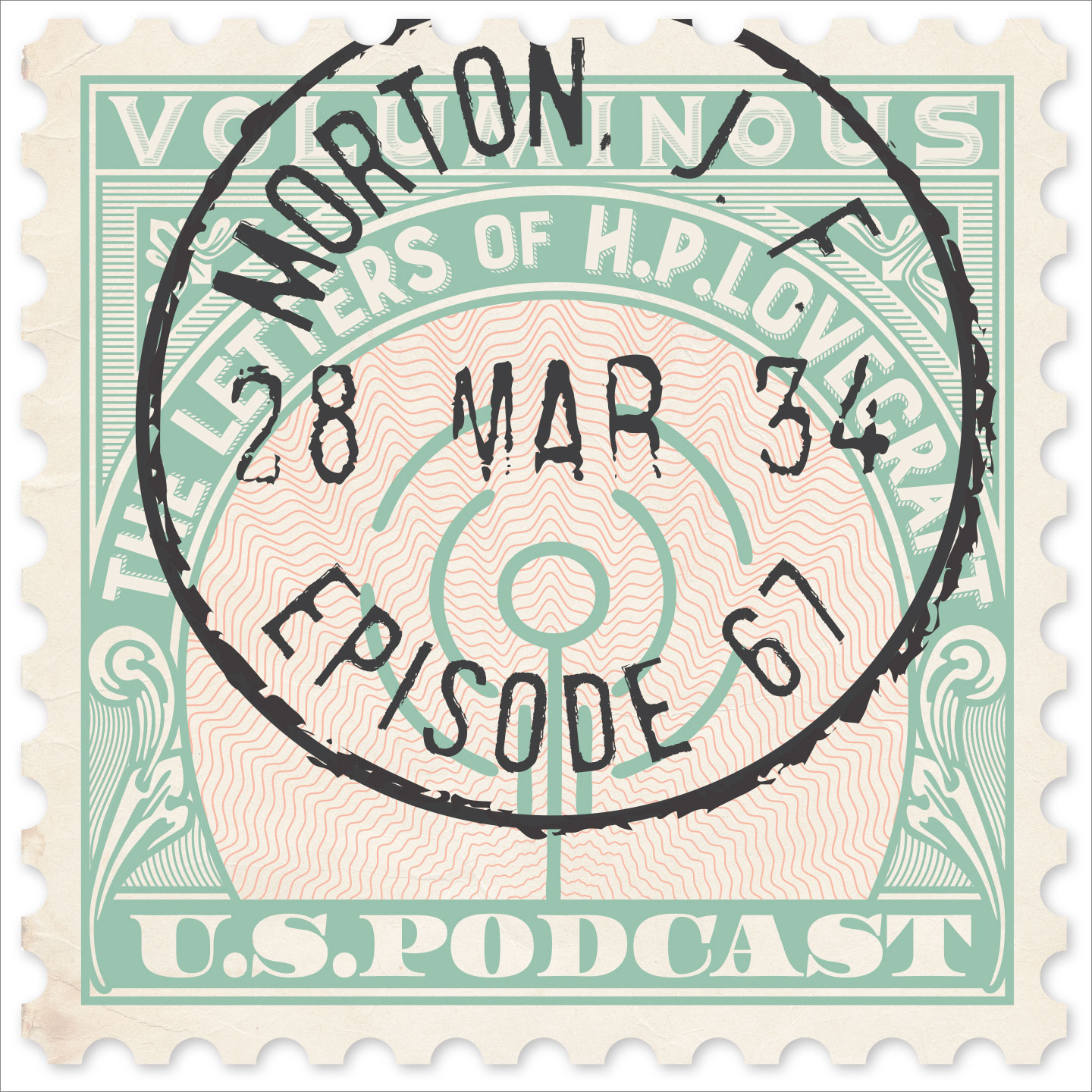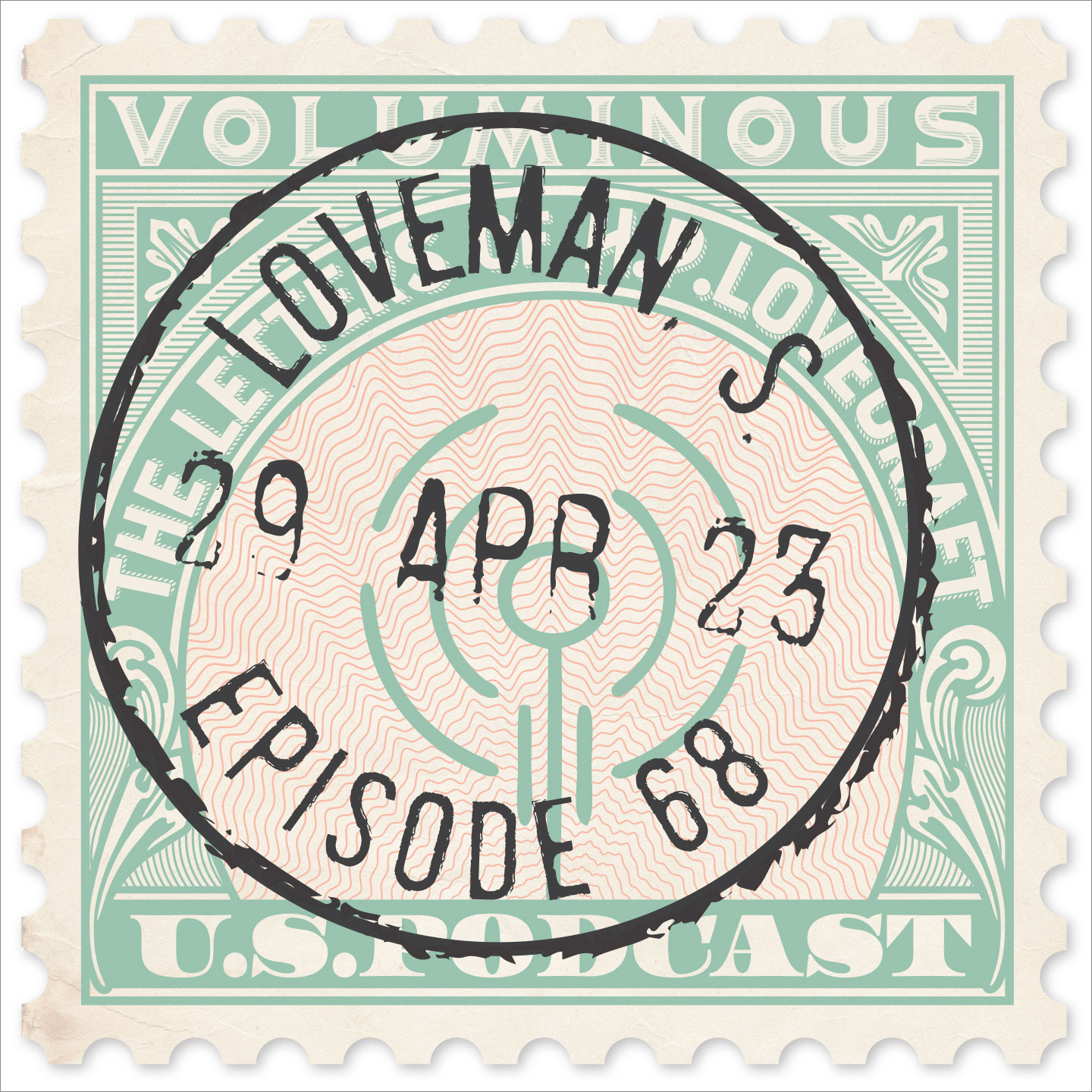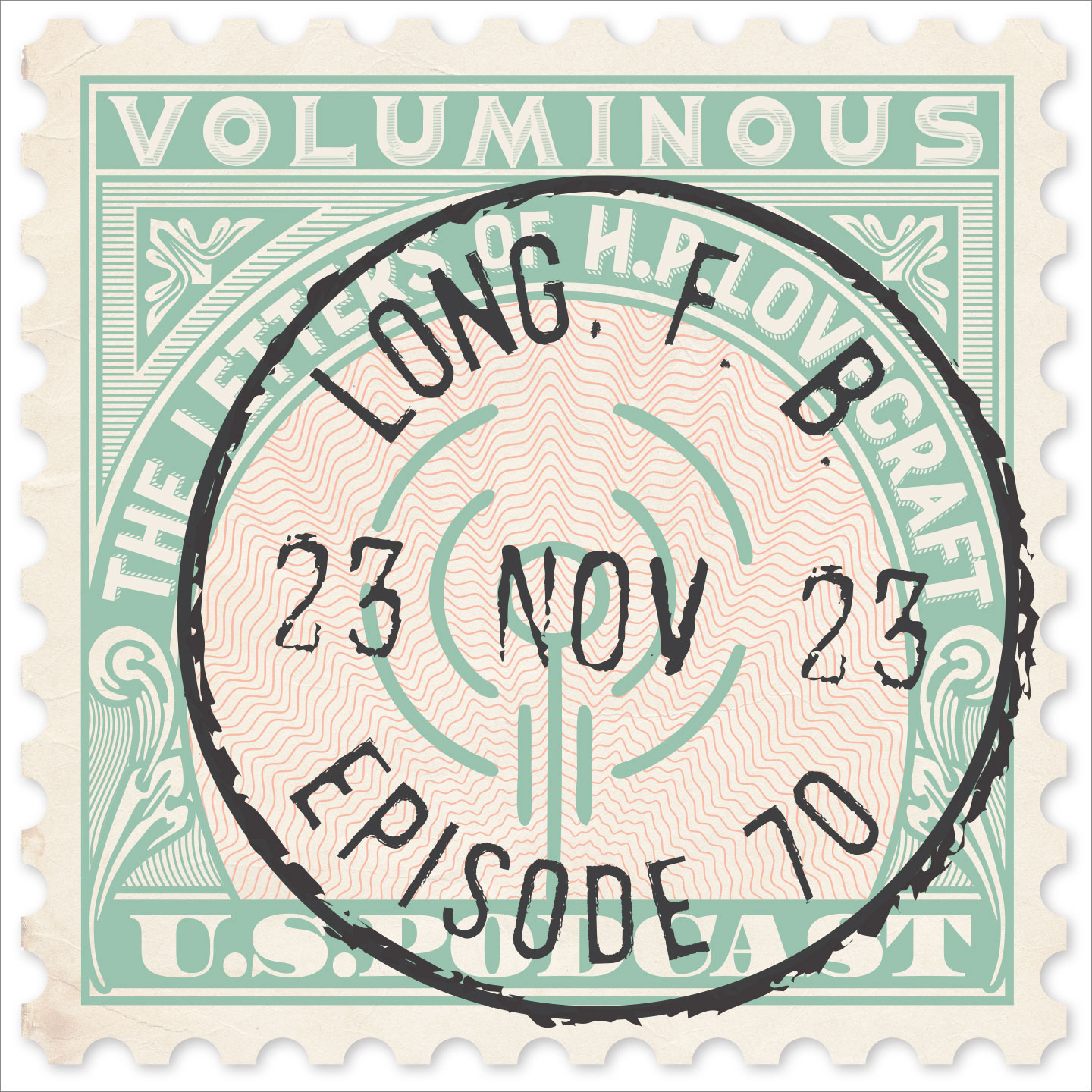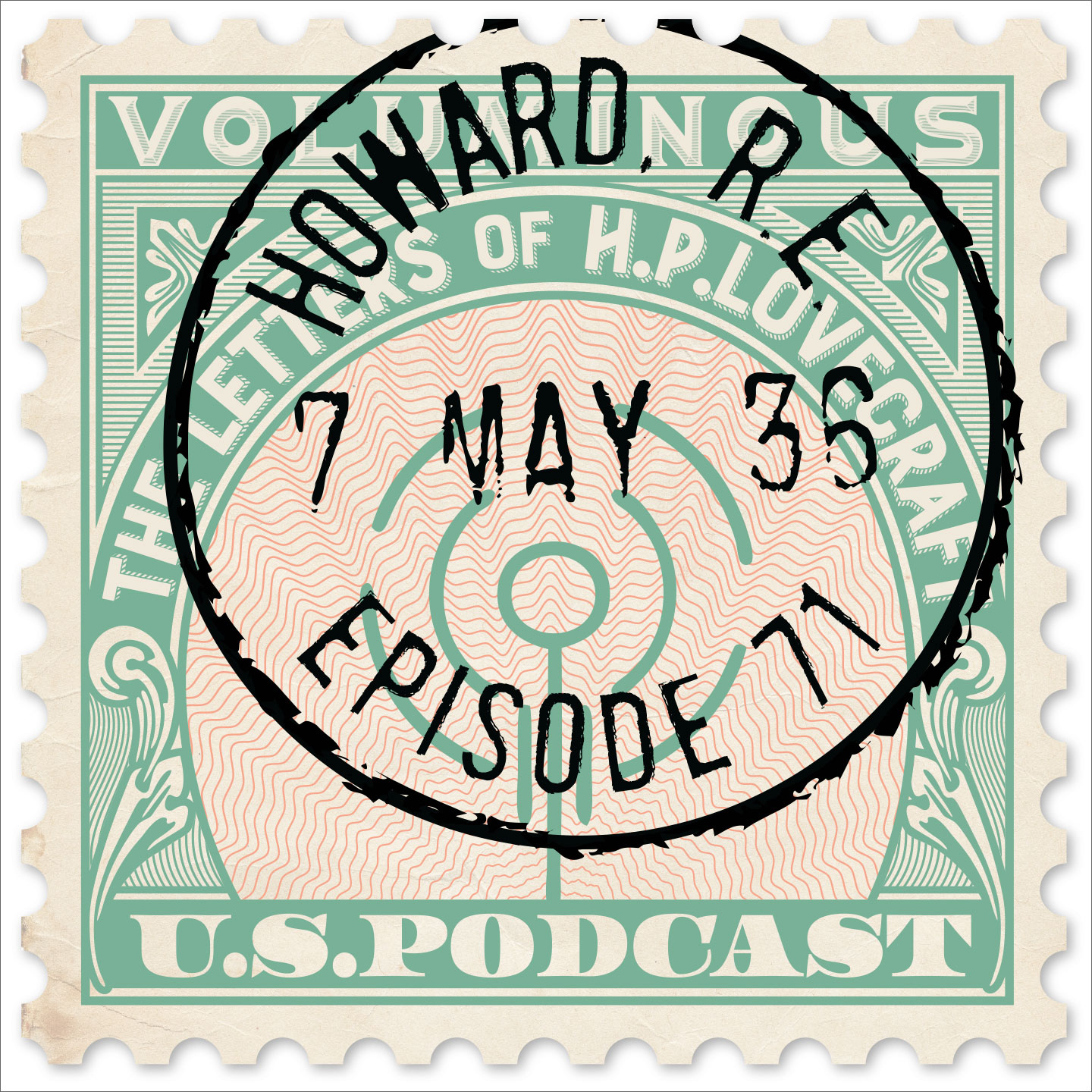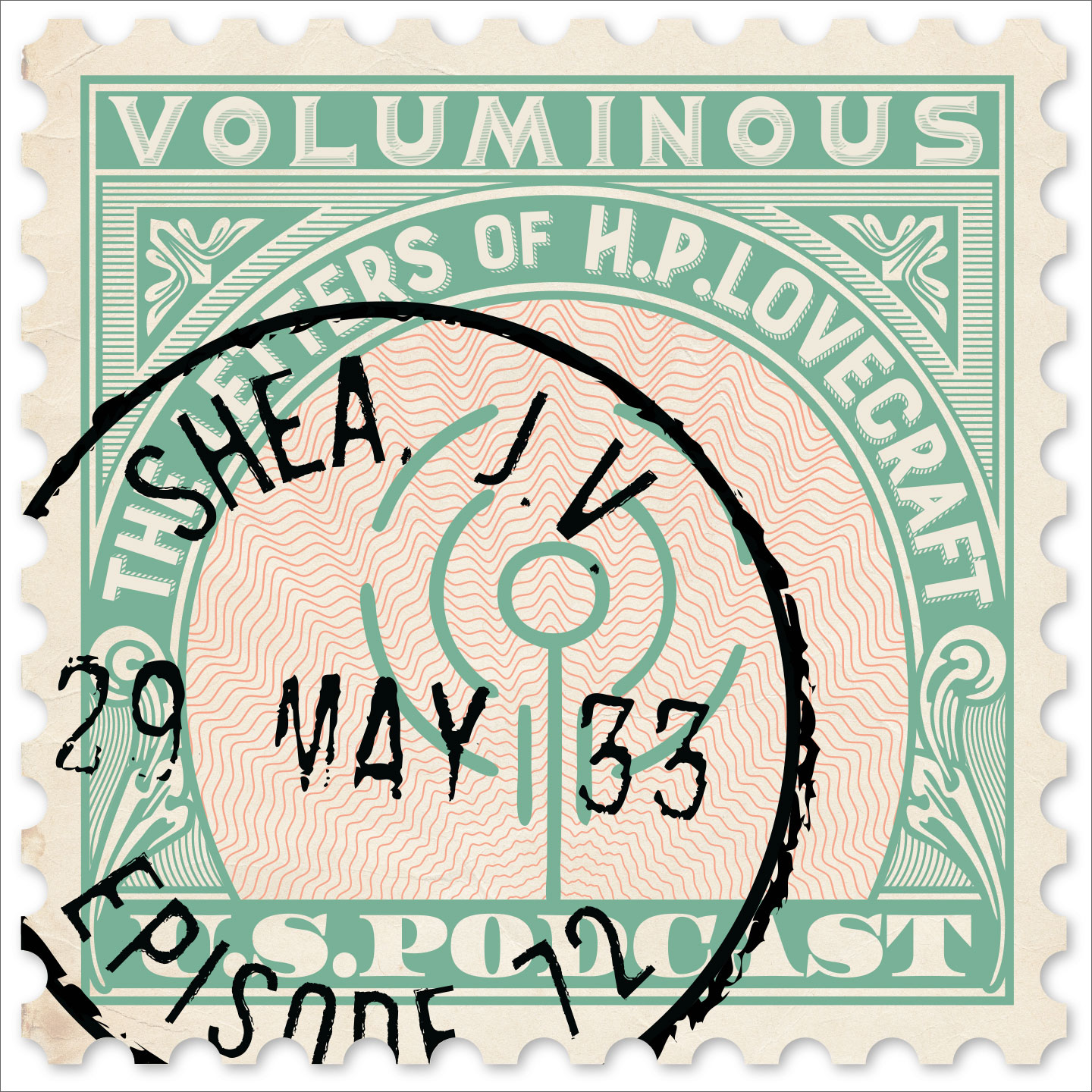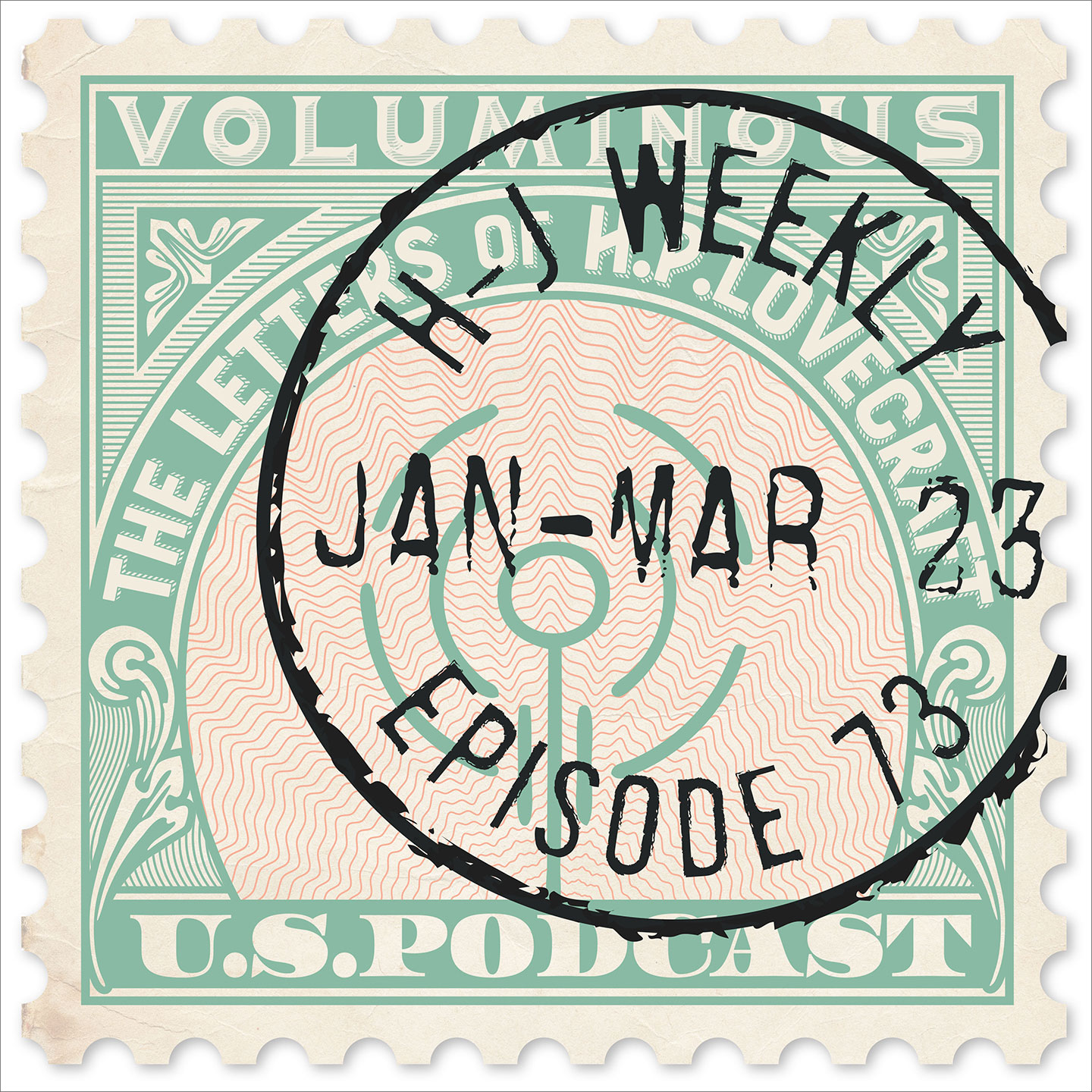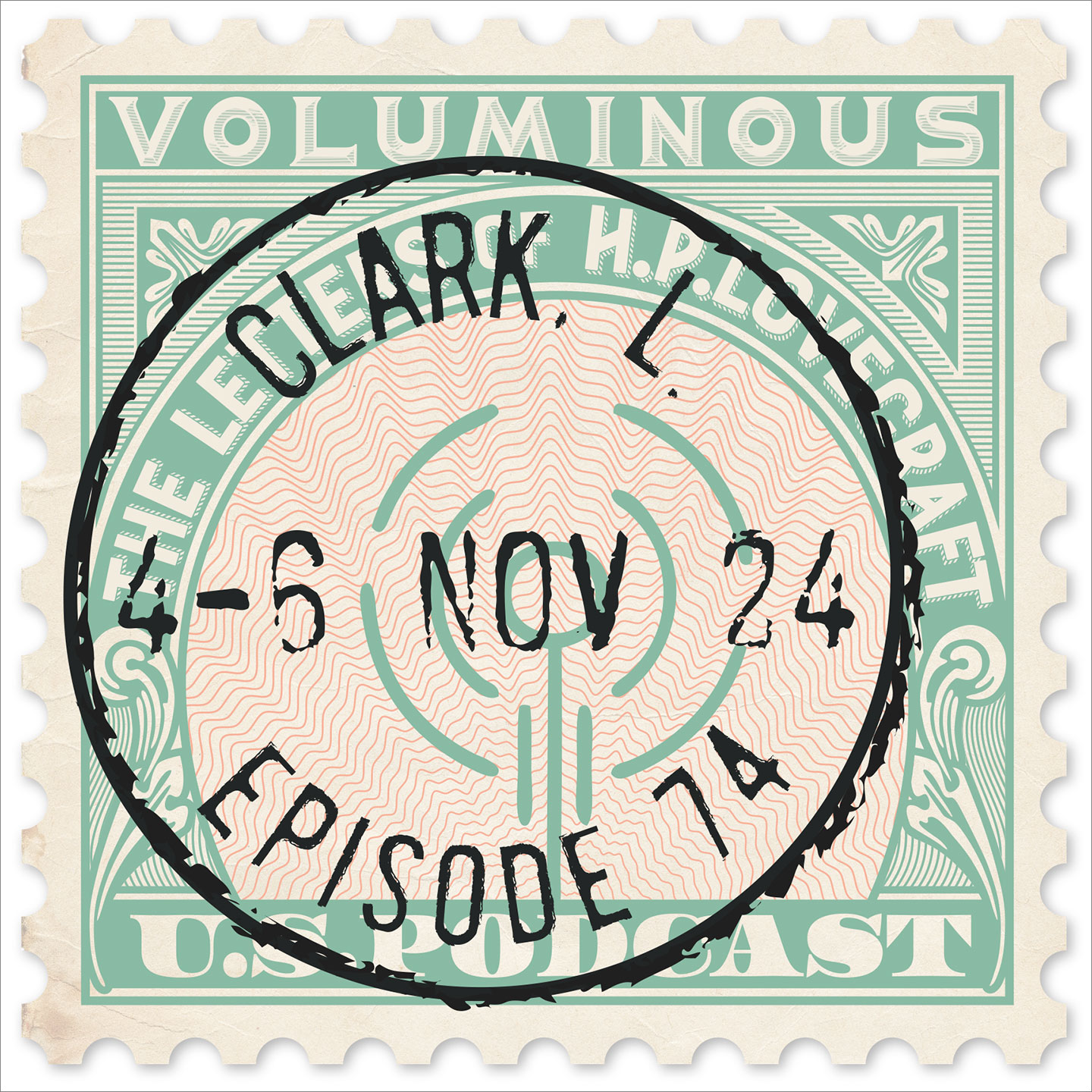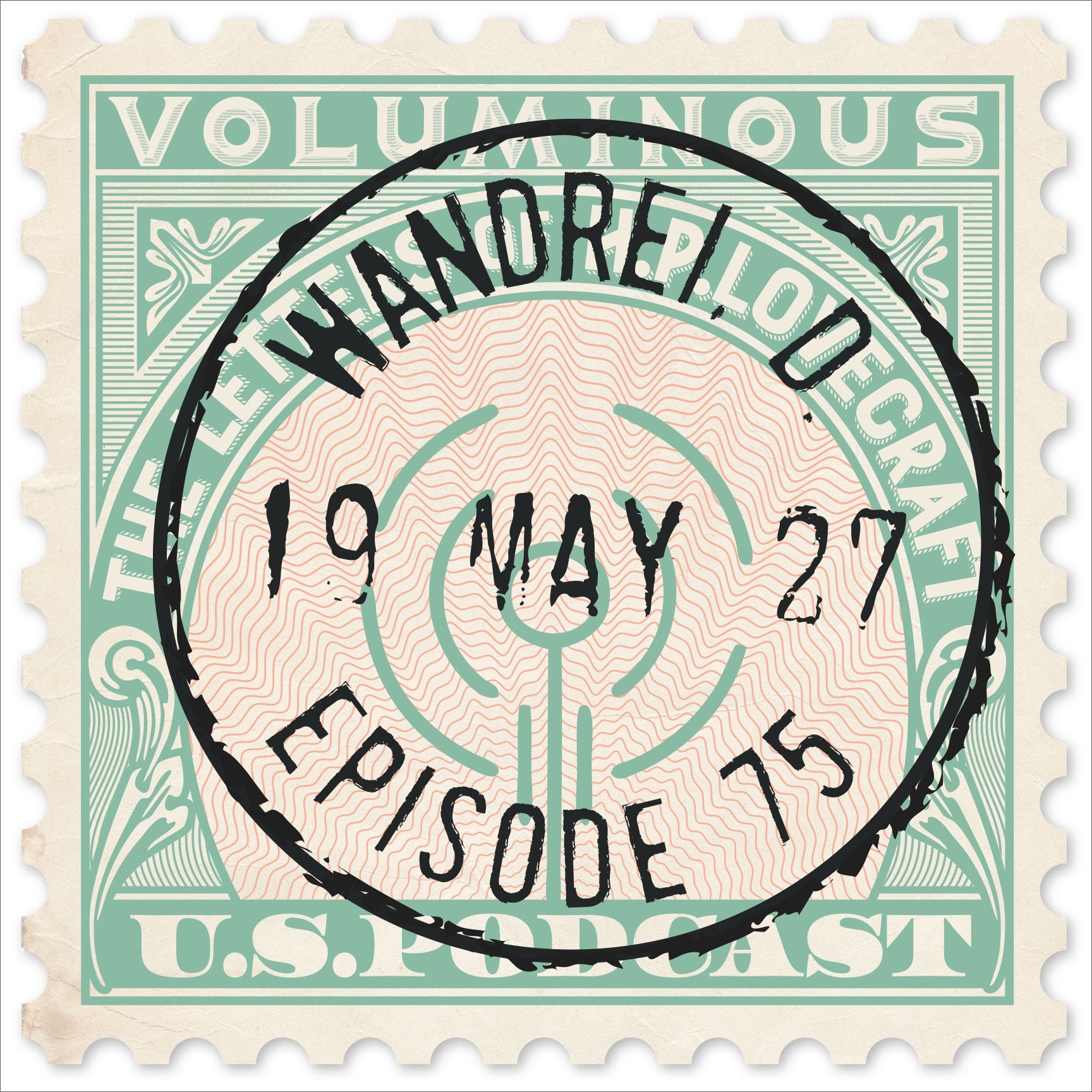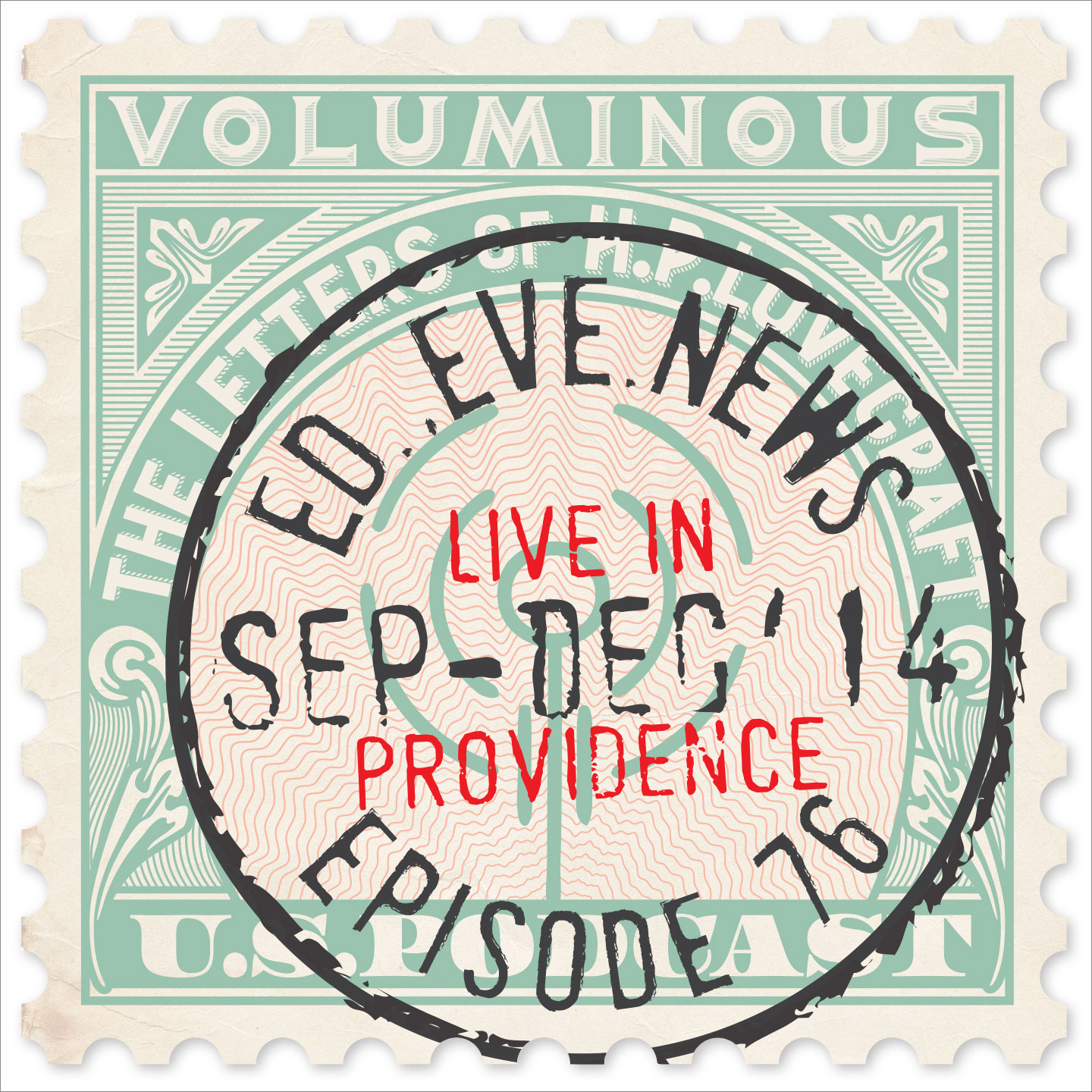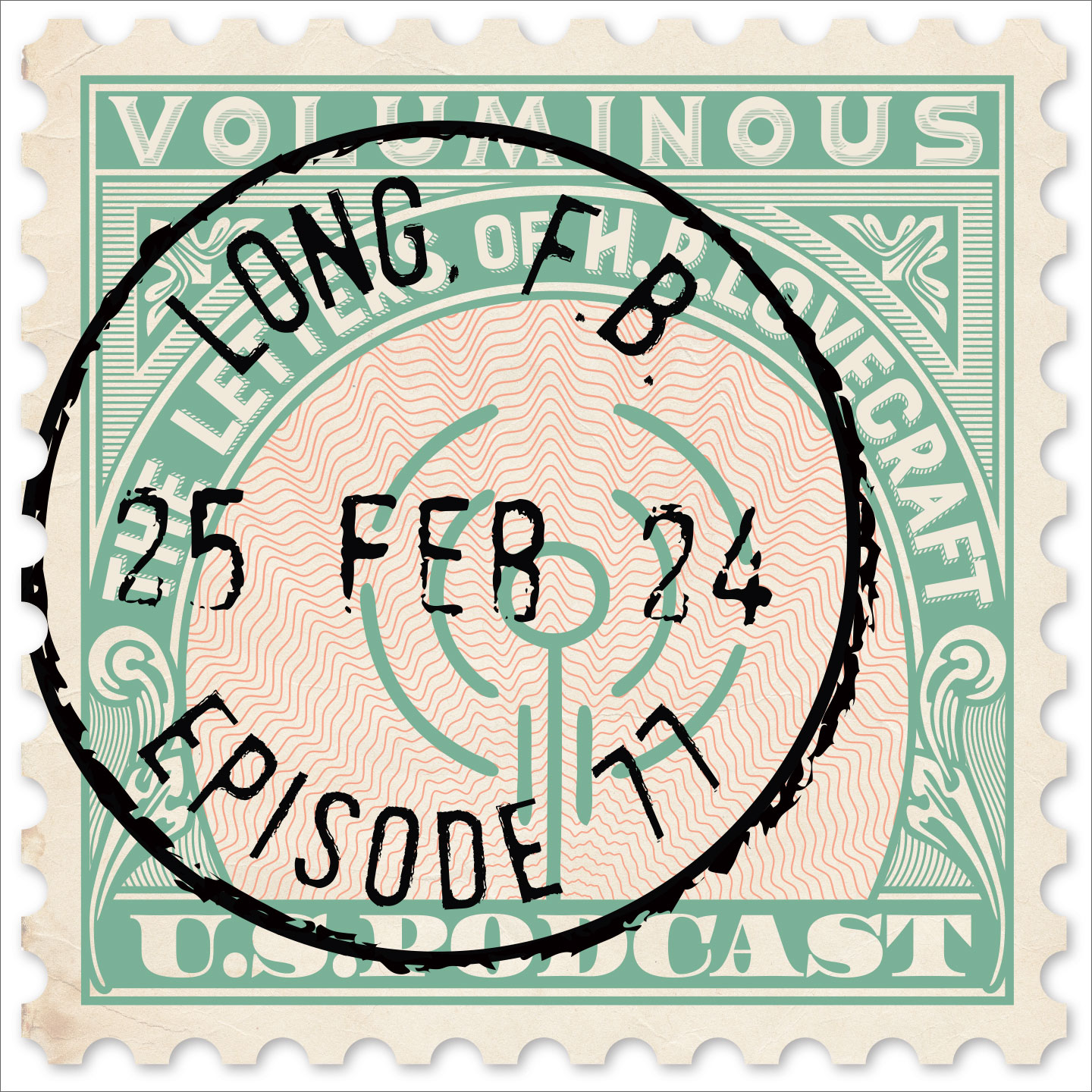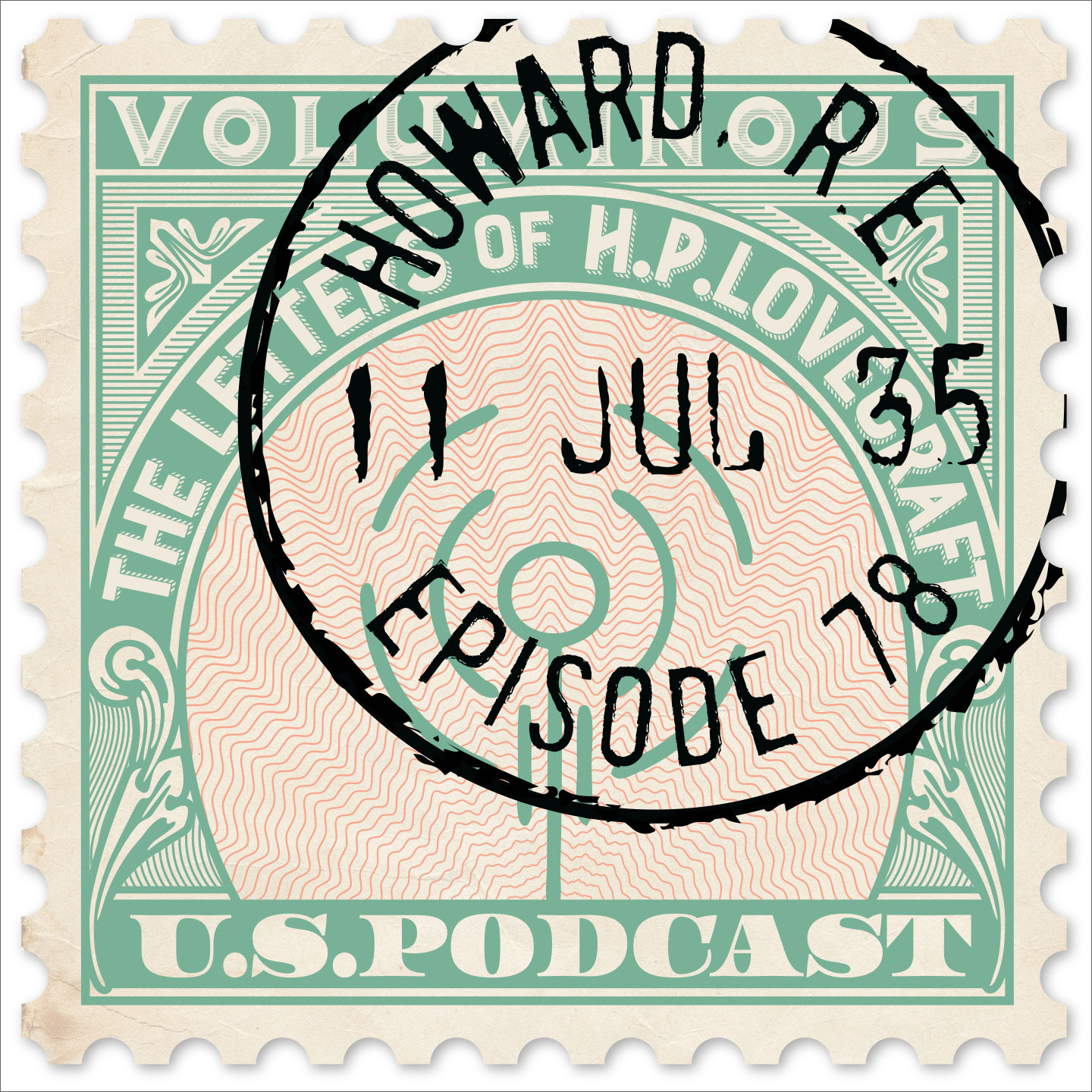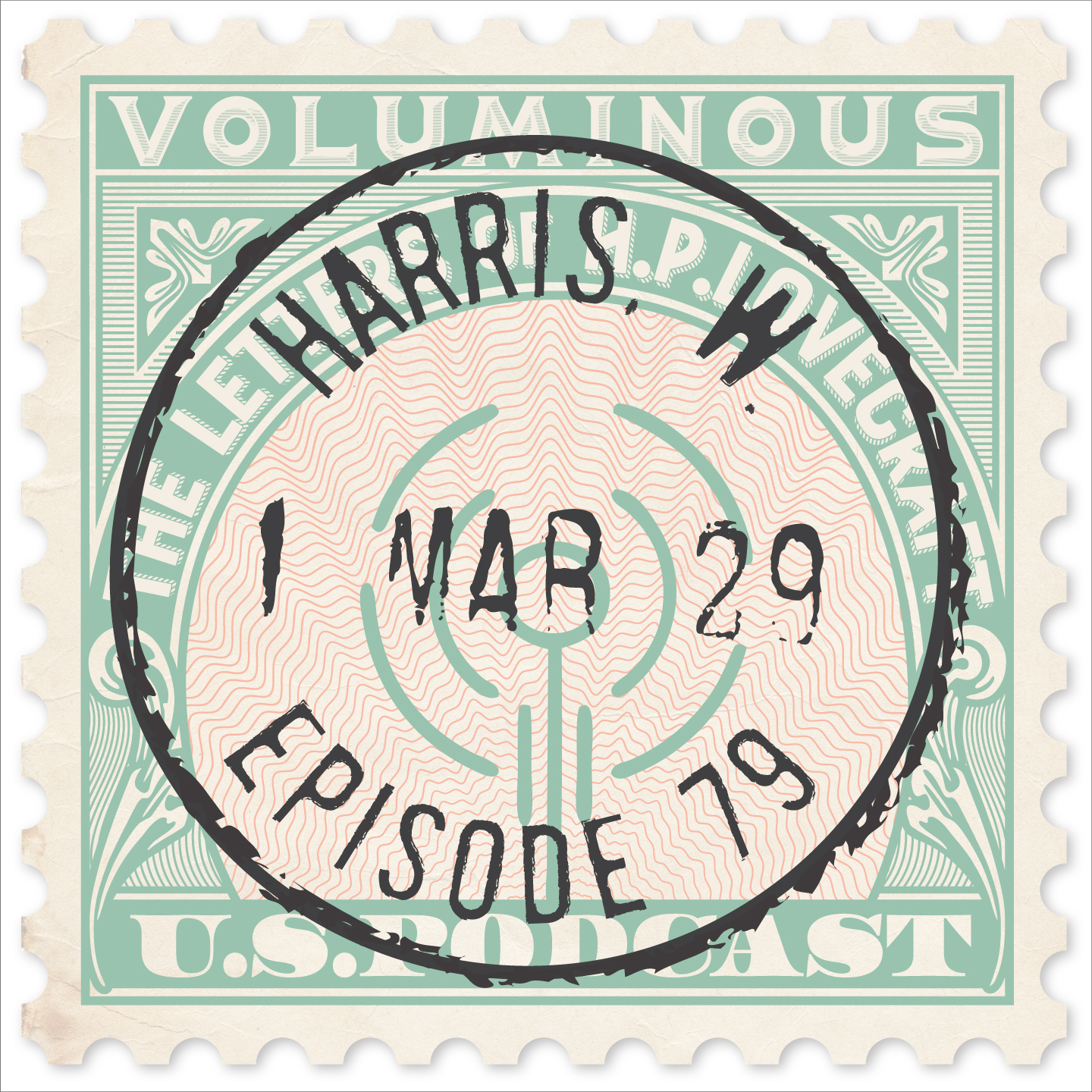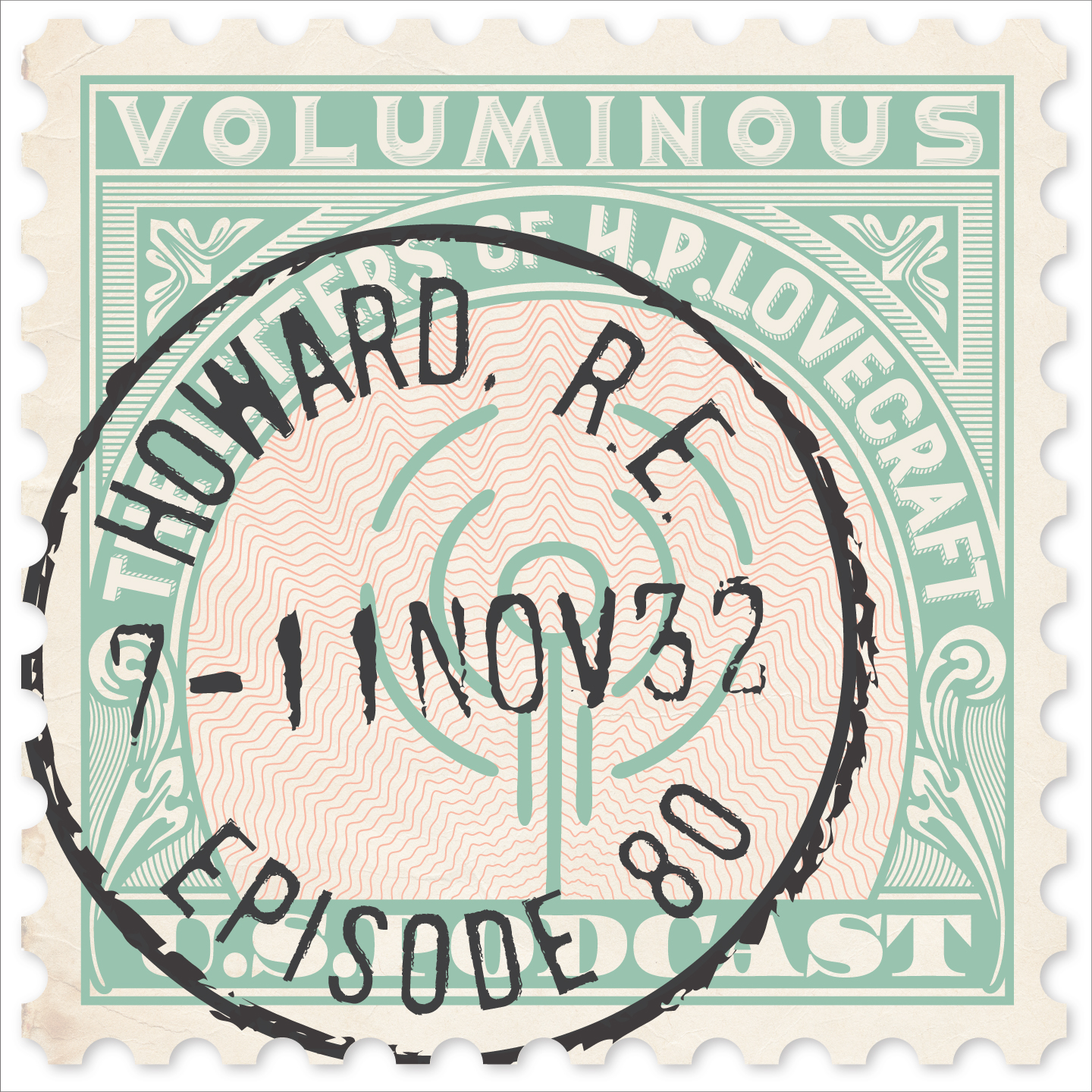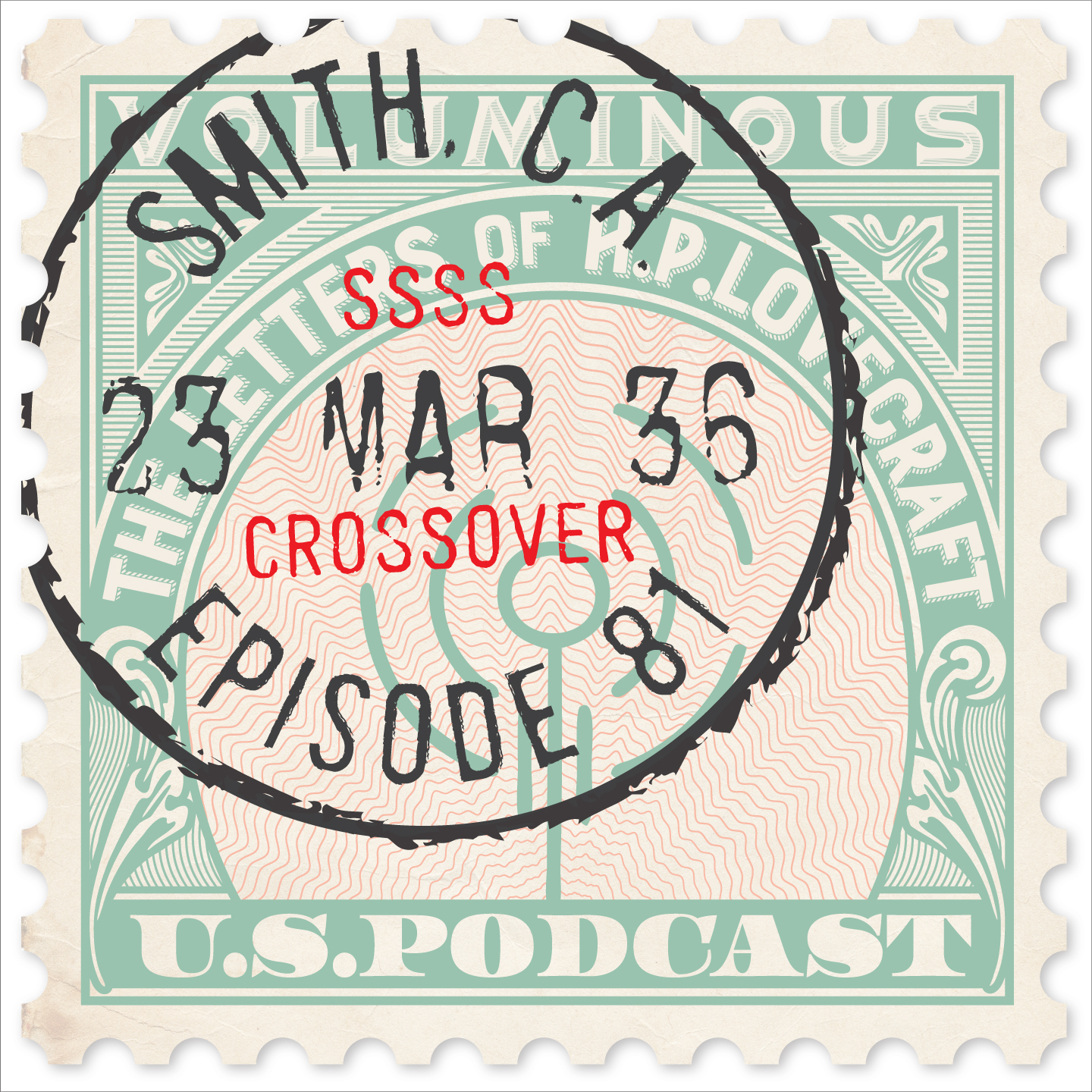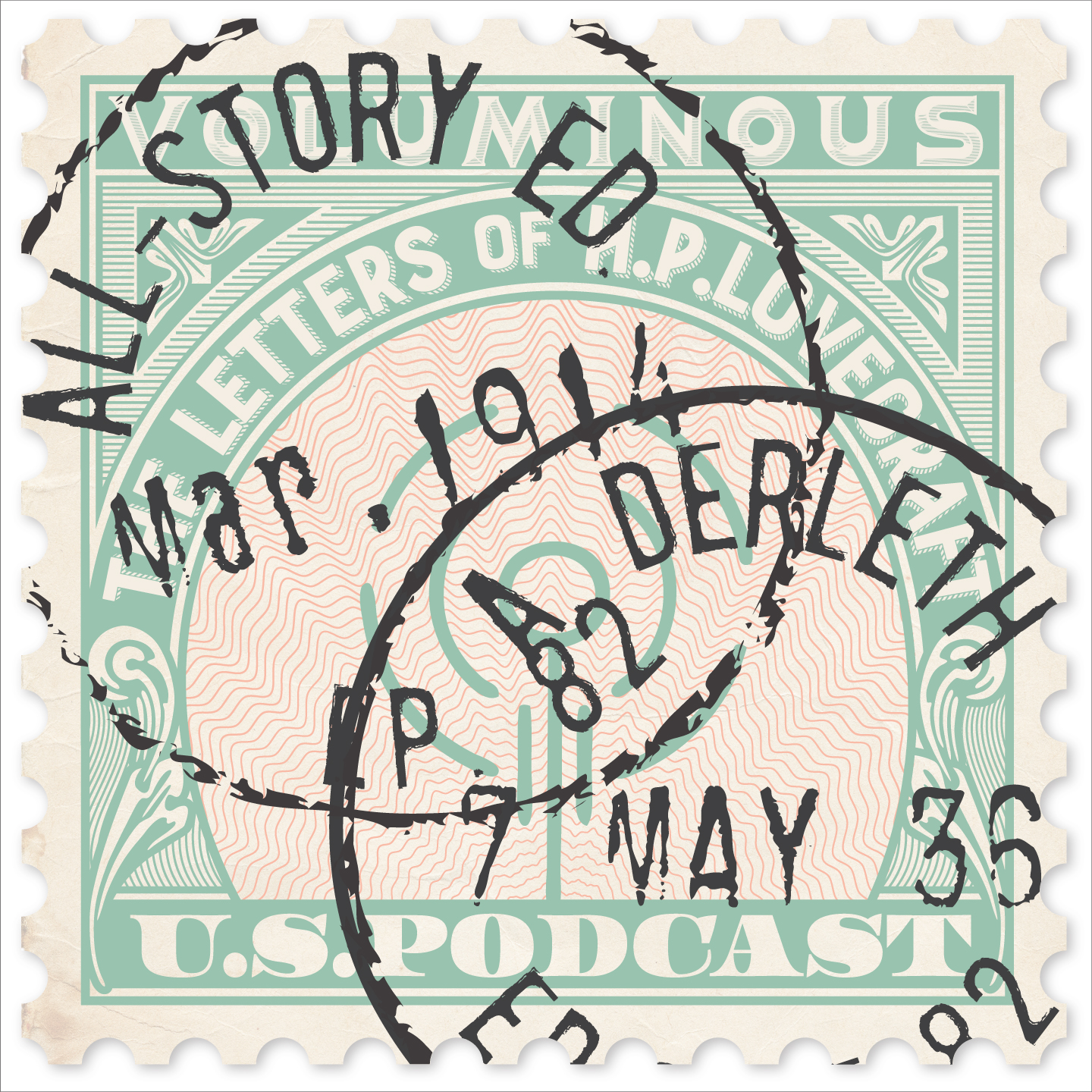
In addition to his classics of horror fiction, it is estimated that Lovecraft wrote 100,000 letters — or roughly 15 every day of his adult life — ranging from one-page diaries to seventy-page diatribes. Perhaps 20,000 of those letters have survived, in the hands of private collectors and at the John Hay Library in Providence.
In each episode of this podcast, we'll read one of these letters (or part of it) and then discuss it. In his letters HPL reveals an amazing breadth of knowledge of philosophy, science, history, literature, art and many other subjects, and forcefully asserts some highly considered opinions (some of which can be upsetting).
And of course his letters offer a fascinating window into his personal life and times. Although we've been working with Lovecraftian material for over 30 years, we still find interesting new things in his letters, and while we don't claim to be experts we look forward to sharing them with a wider audience.
Subscribe via iTunes, Stitcher or wherever you get podcasts! Or listen right here!
RSS Feed- Episode 79
- Posted January 8, 2023
We Are Mostly Puppets
In this gargantuan letter to Woodburn Harris from the last week of February, 1929, HPL talks a great deal about ethics vs. aesthetics, determinism and free will, the nature and value of art, and just who counts as a human being. Buckle up: it's a long and wild ride! CONTENT WARNING: This letter contains a few instances of the word we bleep.
Music by Troy Sterling Nies. Thanks to Hippocampus Press for their new book Letters to Woodburn Harris and Others. Thanks also to S. T. Joshi for the gracious loan of his book H.P. Lovecraft: The Decline of the West. (We bought a hardcopy for our library!)

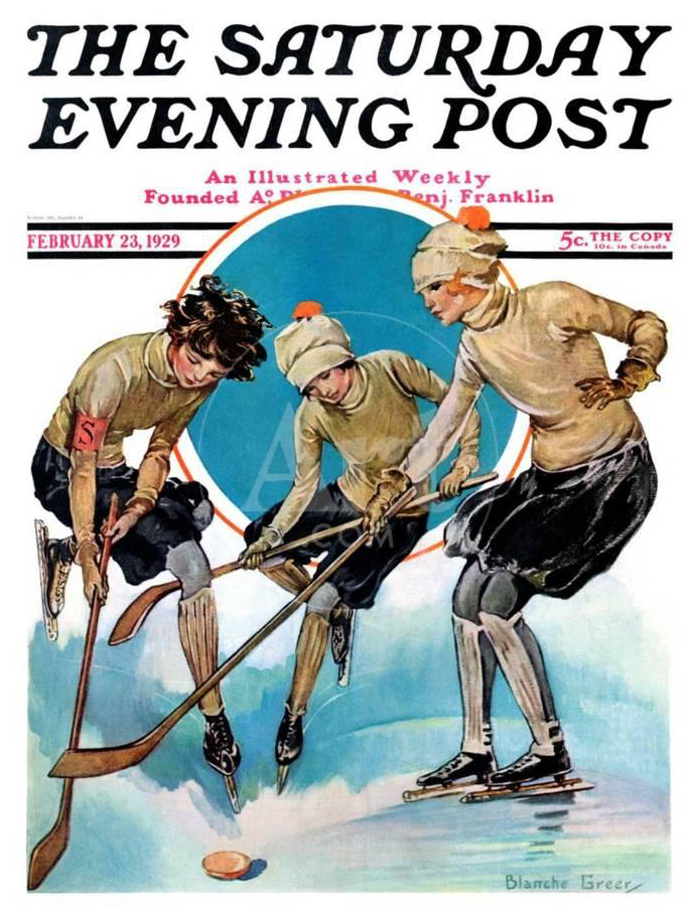 HPL begins this massive letter talking about an article by Ernest Boyd. It was called "In Defense of Cynicism" and had appeared in the July 1928 issue of Harpers Magazine. That very same issue also contained an article about Americans by Spanish author Salvador de Madariaga which Lovecraft mentions much later in the letter. Literally moments after we finished recording this episode, the postman brought one of Andrew's recent eBay acquisitions, which was the very issue of Harpers in question, so you can read both of these articles if you CLICK HERE.
HPL begins this massive letter talking about an article by Ernest Boyd. It was called "In Defense of Cynicism" and had appeared in the July 1928 issue of Harpers Magazine. That very same issue also contained an article about Americans by Spanish author Salvador de Madariaga which Lovecraft mentions much later in the letter. Literally moments after we finished recording this episode, the postman brought one of Andrew's recent eBay acquisitions, which was the very issue of Harpers in question, so you can read both of these articles if you CLICK HERE.
Although Harpers was HPL's favorite magazine, he also enjoyed The Saturday Evening Post at least somewhat. Here's the issue that was on the shelves when this letter was written, with cover art by Blanche Greer. If you don't mind spending a little dough, you can get access to the entire archive of issues since 1821 HERE. If you'd rather not subscribe, you can find many issues, including the one pictured here, on the good old INTERNET ARCHIVE.
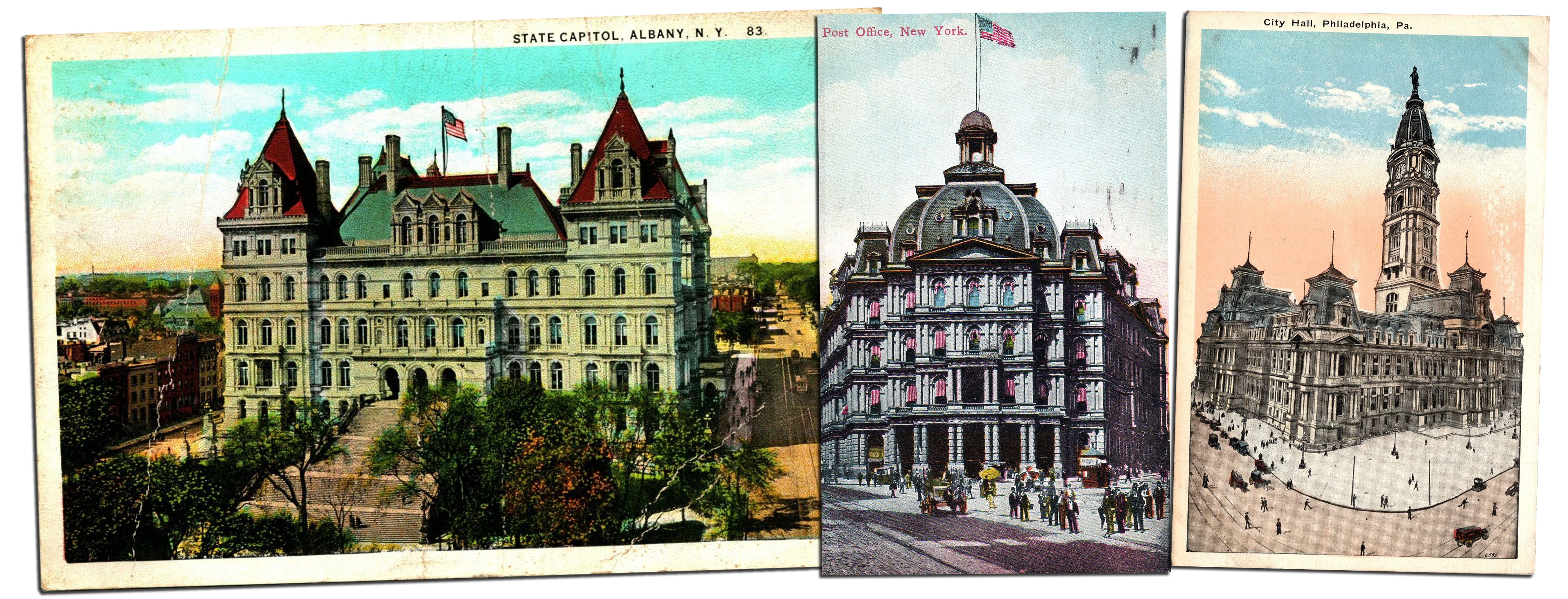 Pictured at left is "one of the most unutterably hideous public buildings in the United States", now — ugly or not — a protected historical landmark. To the right are other horrible Victorian buildings that HPL held in high disdain: the "absurd" NYC post office and the "loathsome" Philadelphia City Hall. The post office was torn down in 1939, but Philly's city hall is also a protected landmark.
Pictured at left is "one of the most unutterably hideous public buildings in the United States", now — ugly or not — a protected historical landmark. To the right are other horrible Victorian buildings that HPL held in high disdain: the "absurd" NYC post office and the "loathsome" Philadelphia City Hall. The post office was torn down in 1939, but Philly's city hall is also a protected landmark.
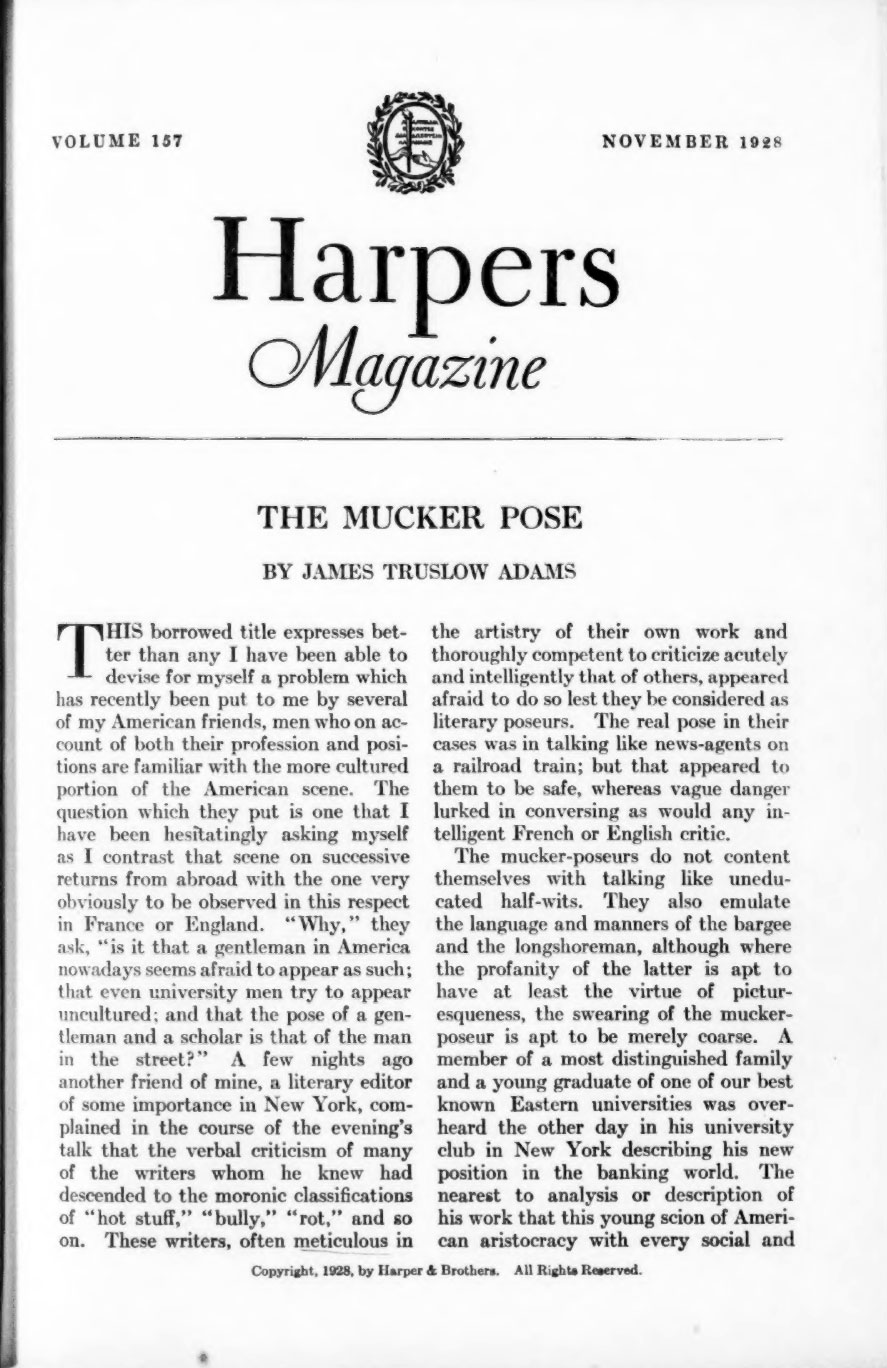
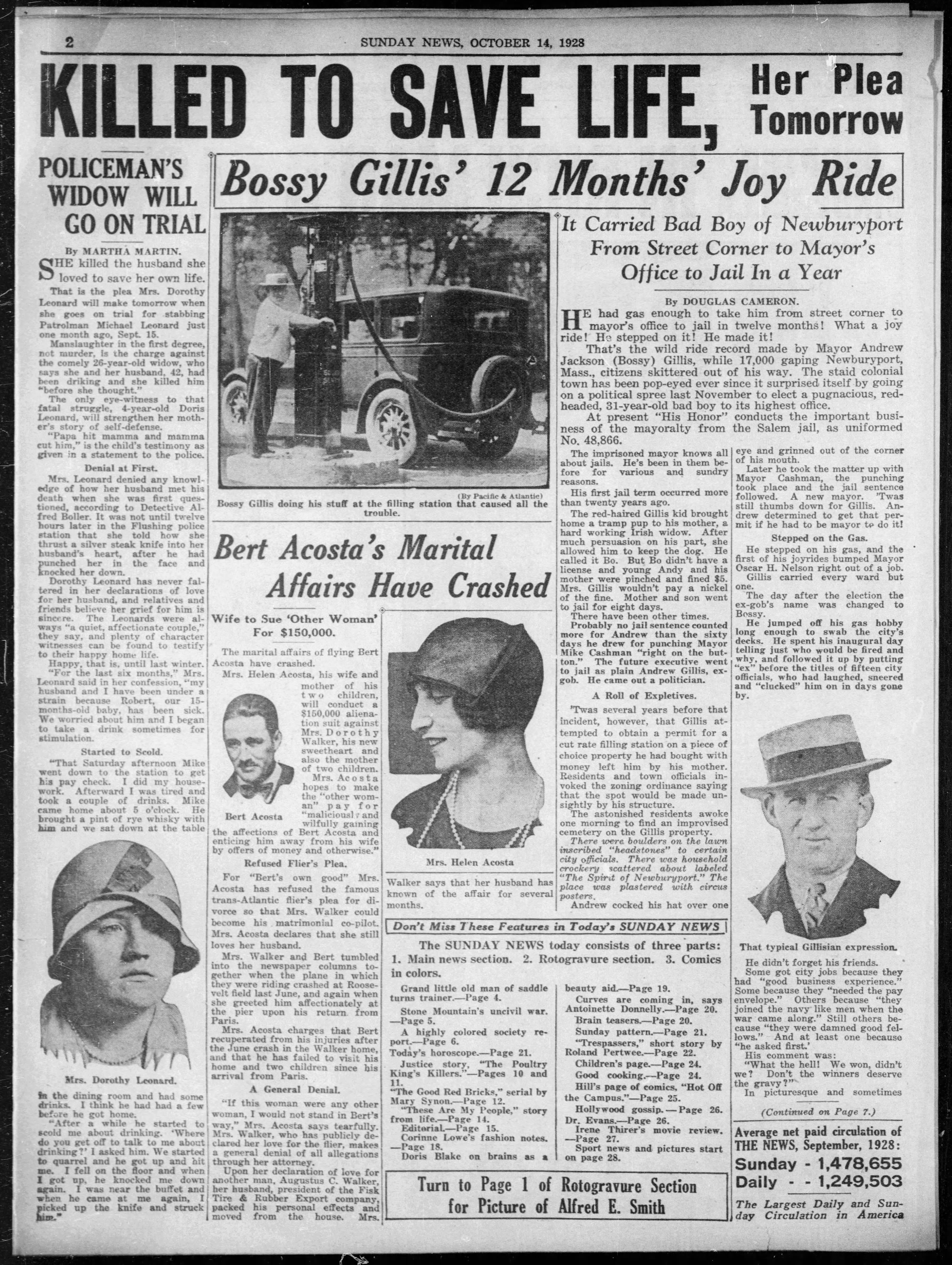 HPL talks for a bit about the "mucker pose" in this letter. The phrase seems to have been introduced in an October 1921 article in Harpers Magazine by Philip Curtiss (who himself gives music critic Charles Buchanan credit for coining the phrase), but it was revisited in an article with the same title in the issue for November of 1928 by James Truslow Adams, just a few months before this letter was written, as seen at the left. You can read the article by CLICKING HERE. You can read the entire issue by CLICKING HERE.
HPL talks for a bit about the "mucker pose" in this letter. The phrase seems to have been introduced in an October 1921 article in Harpers Magazine by Philip Curtiss (who himself gives music critic Charles Buchanan credit for coining the phrase), but it was revisited in an article with the same title in the issue for November of 1928 by James Truslow Adams, just a few months before this letter was written, as seen at the left. You can read the article by CLICKING HERE. You can read the entire issue by CLICKING HERE.
HPL holds out six-time mayor of Newburyport, Mass., Andrew Jackson "Bossy" Gillis, as the prime exemplar of a mucker poseur, and he does seem to have been quite a character. You can see here some newspaper coverage of him from the New York Daily News from mid-October of 1928. Some thought him a clown, but the people who liked him loved him. If you want to read what one of his friends had to say about him, CLICK HERE.
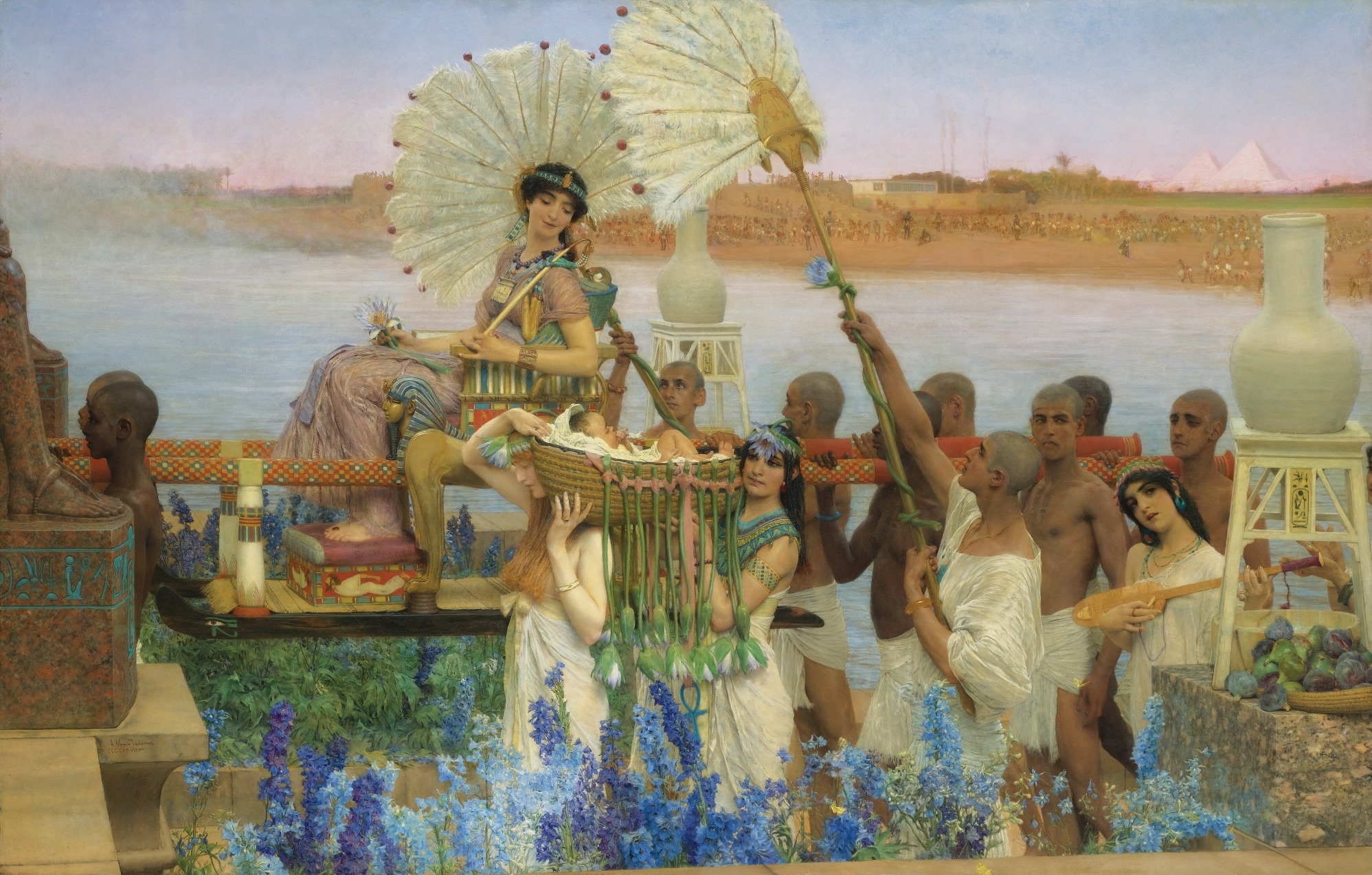
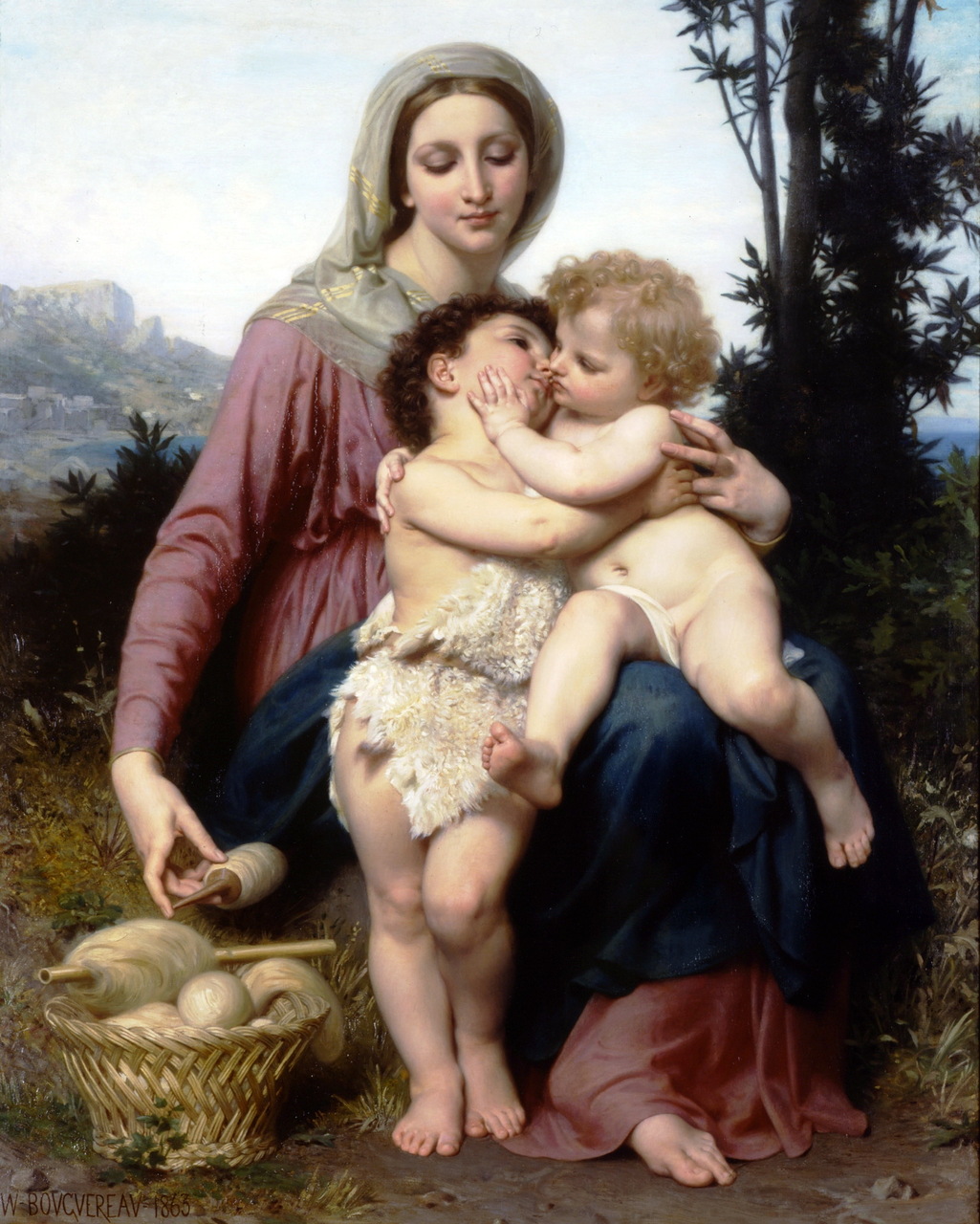 Lovecraft calls out two painters for making pictures so realistic that they degenerate into "insipidity". At left is a painting by one of them, the Dutch painter Lawrence Alma-Tadema. At right is a work by the other, French salon painter William-Adolphe Bouguereau. Both men were very successful and respected artists in their day, but neither achieved lasting fame.
Lovecraft calls out two painters for making pictures so realistic that they degenerate into "insipidity". At left is a painting by one of them, the Dutch painter Lawrence Alma-Tadema. At right is a work by the other, French salon painter William-Adolphe Bouguereau. Both men were very successful and respected artists in their day, but neither achieved lasting fame.
Speaking of remarkable pictures, HPL included this photograph of himself in this letter, as proof that he isn't nearly as uptight as his letters might make him seem, and doesn't take himself too seriously. He's posing with his friend Vrest Orton, on Orton's farm.
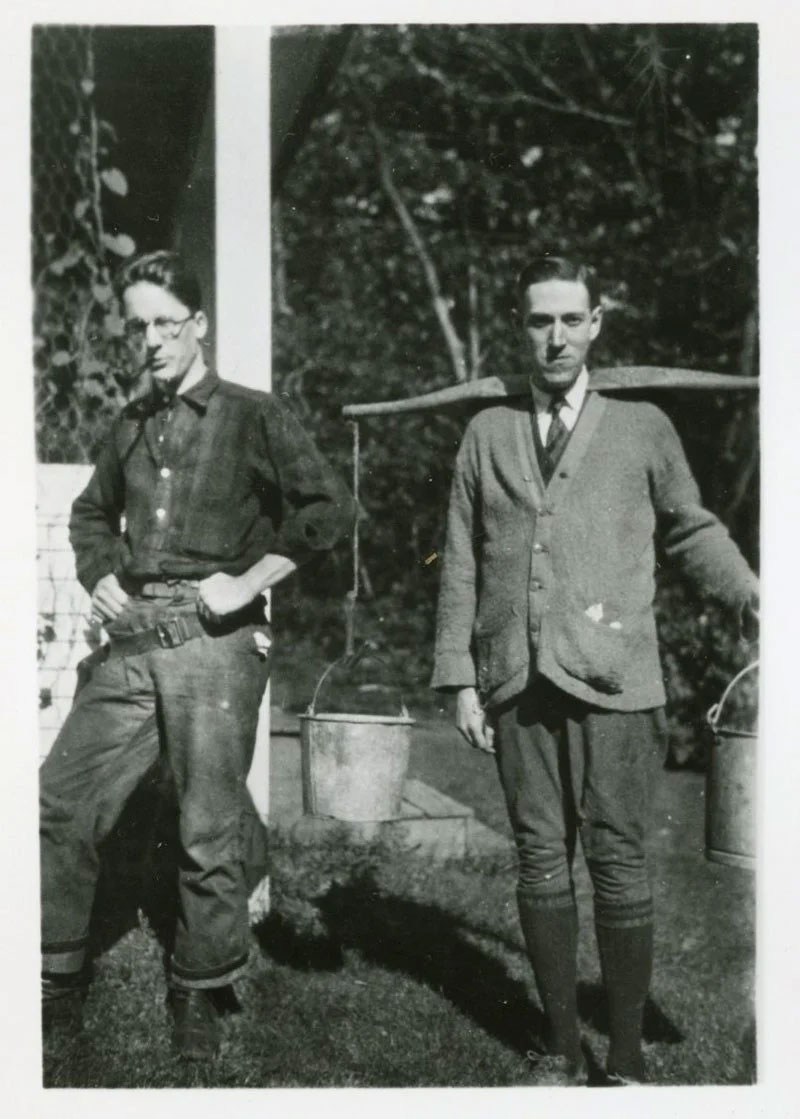
HPL winds up the letter with an approving reference to "the recent pronouncement of Harry Elmer Barnes". Barnes was a respected historian at the time, and professor at Smith College and the New School for Social Research, who had recently written a book entitled The Twilight of Christianity, in which he argued that it was time for Christianity to give up outmoded dogma, accept science, and contribute to moral and social advancement. Although he had started out as a vociferous supporter of the US in WW1, somewhere along the way he turned 180 degrees and began to claim that the US should never have gotten involved, and that Germany bore no responsibility for the Great War. During WW2 he ardently supported Germany, became a conspiracy theorist and Holocaust denier. By the 1950s his reputation was in shambles.
